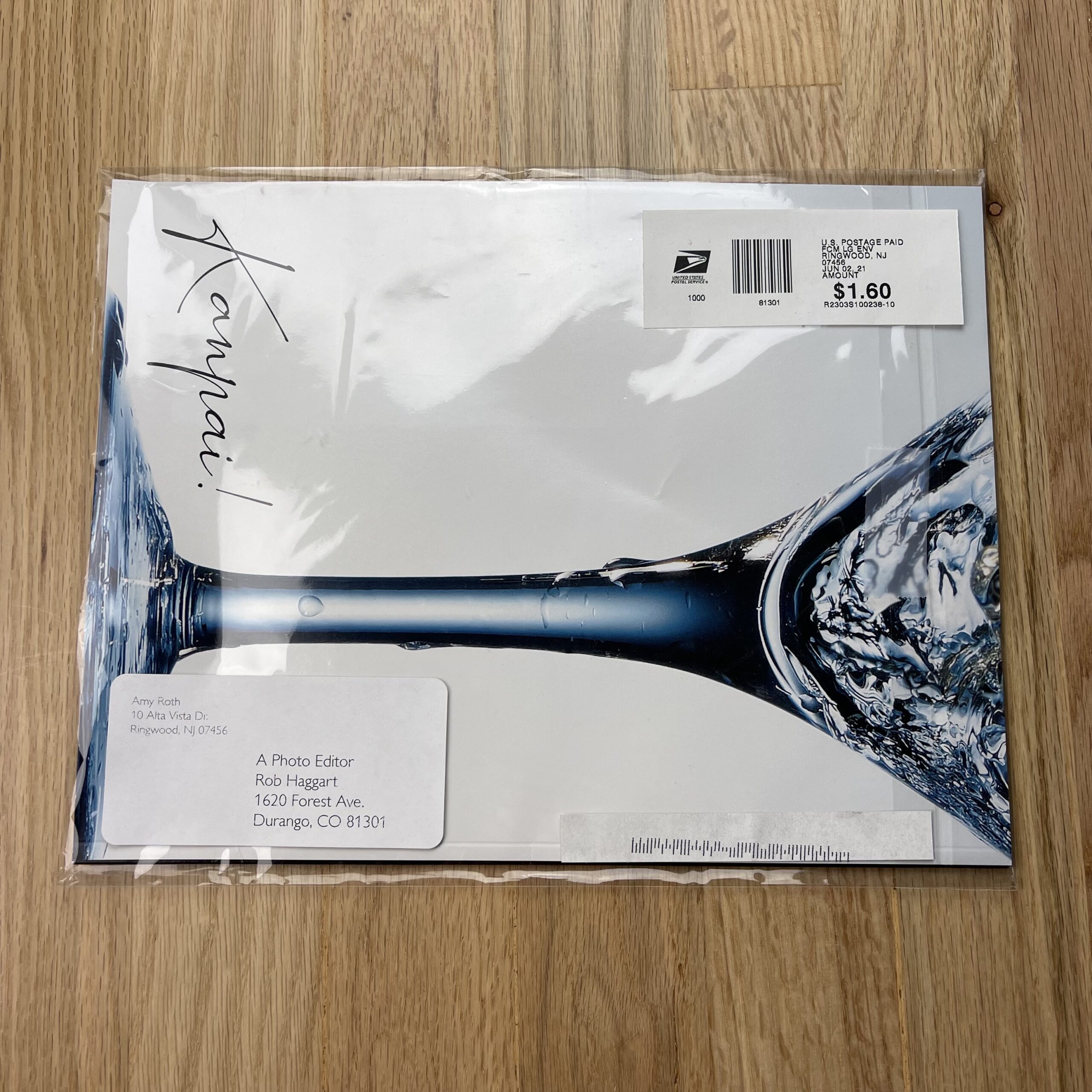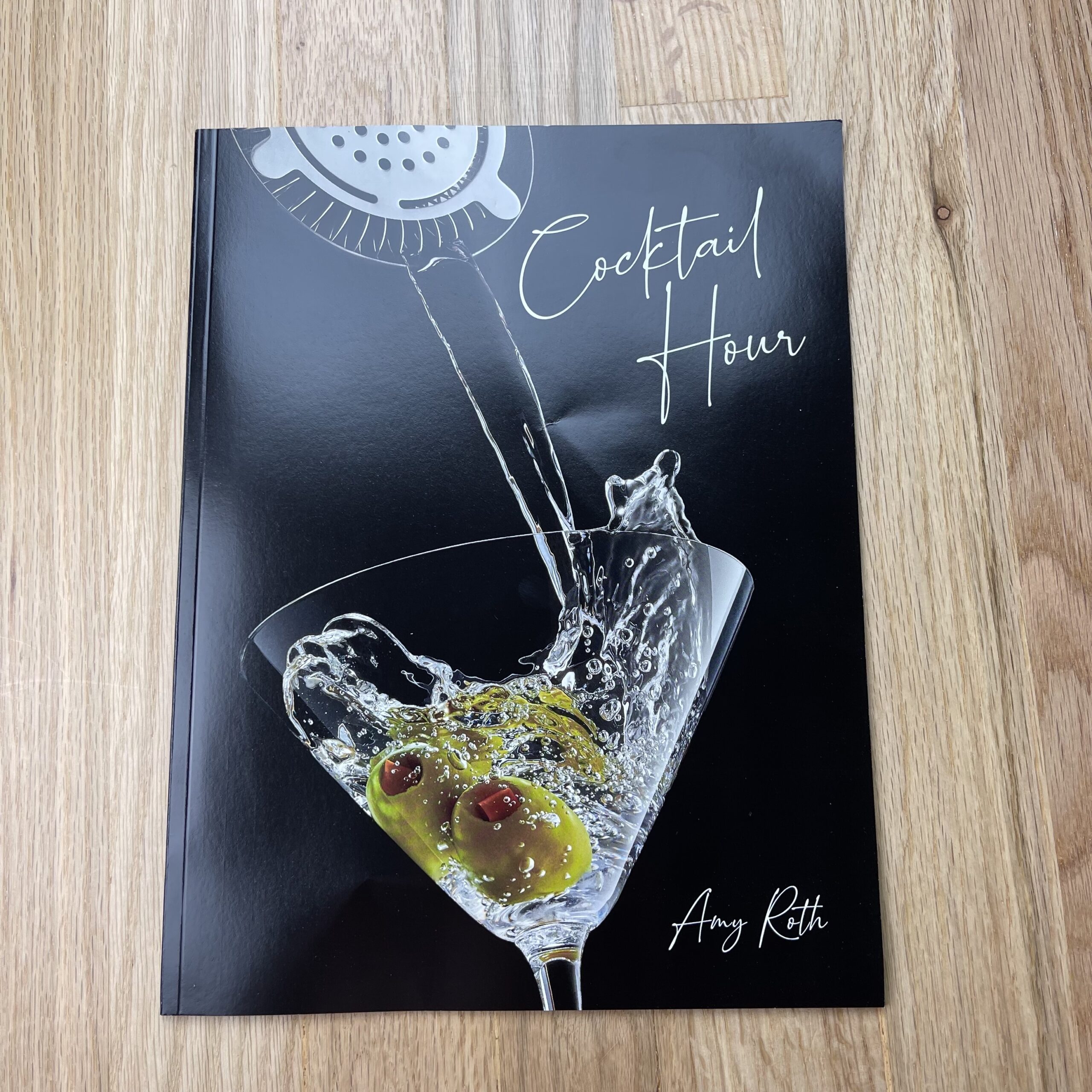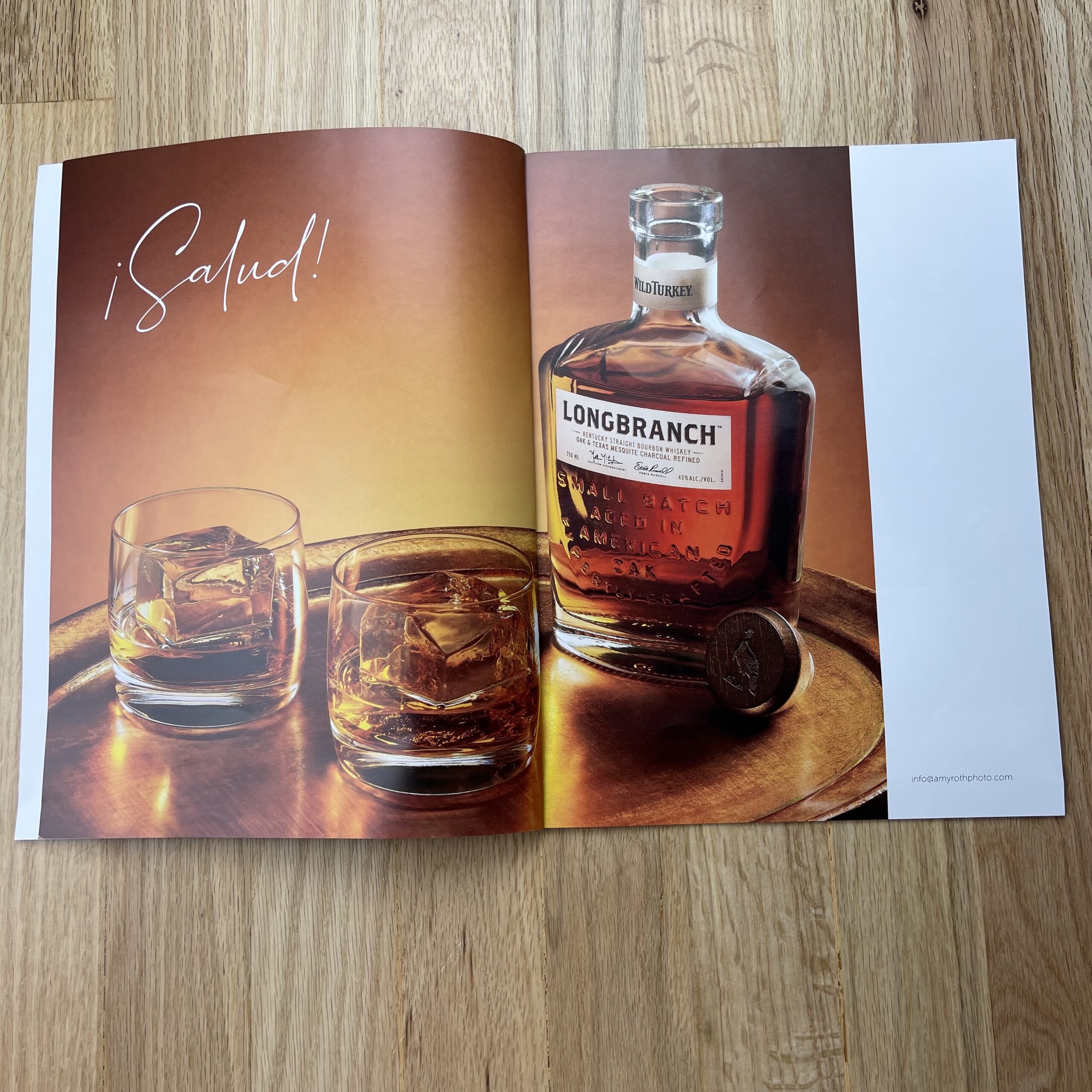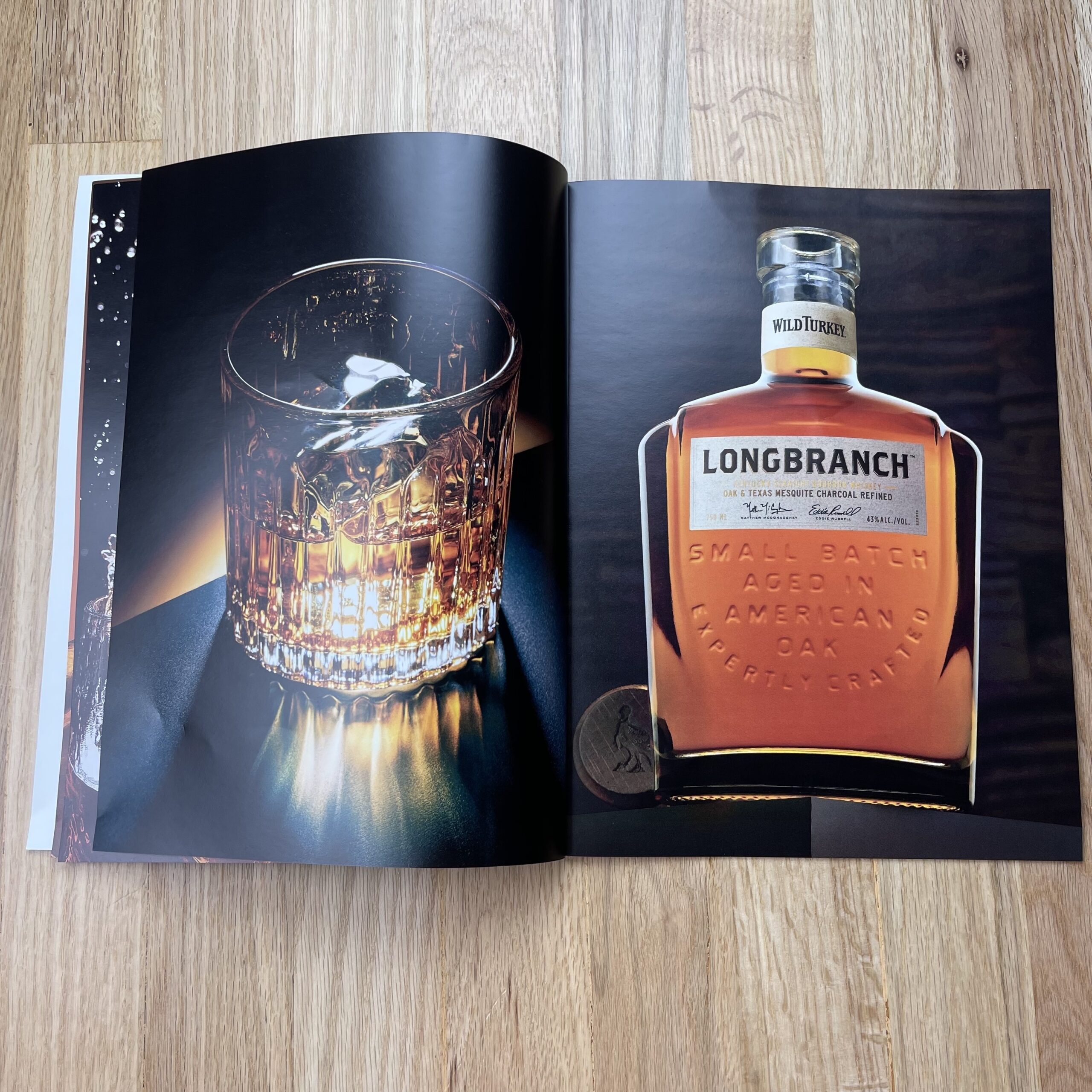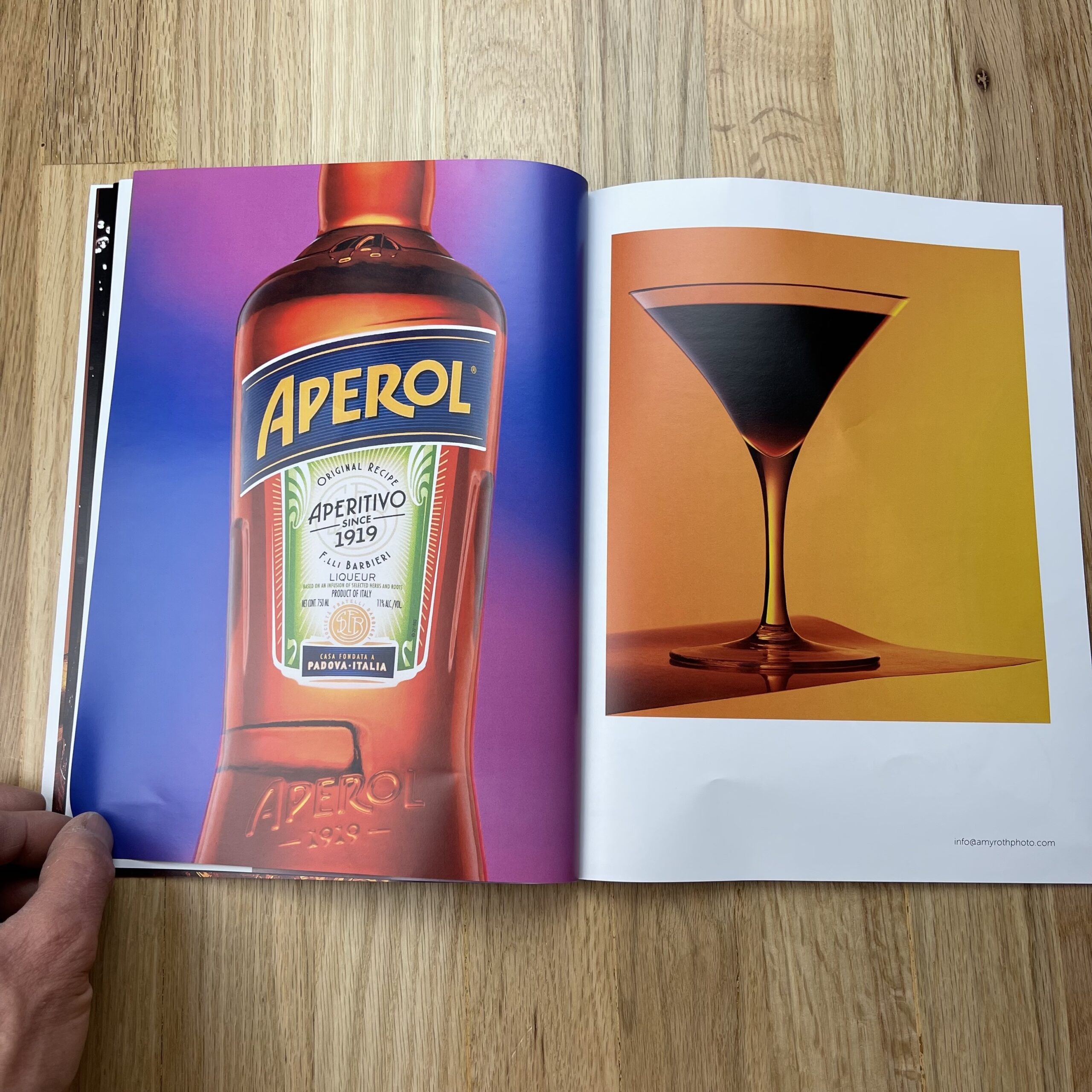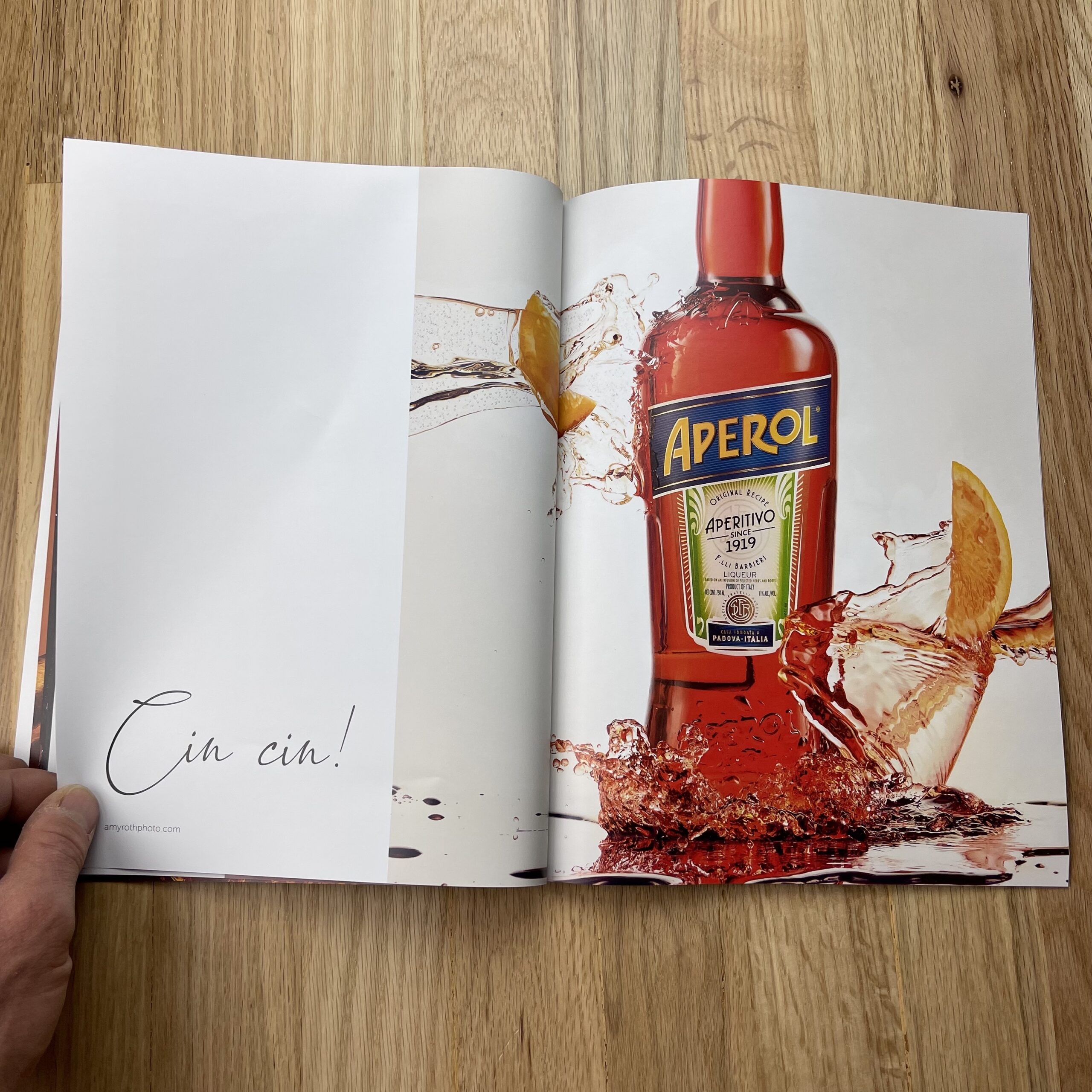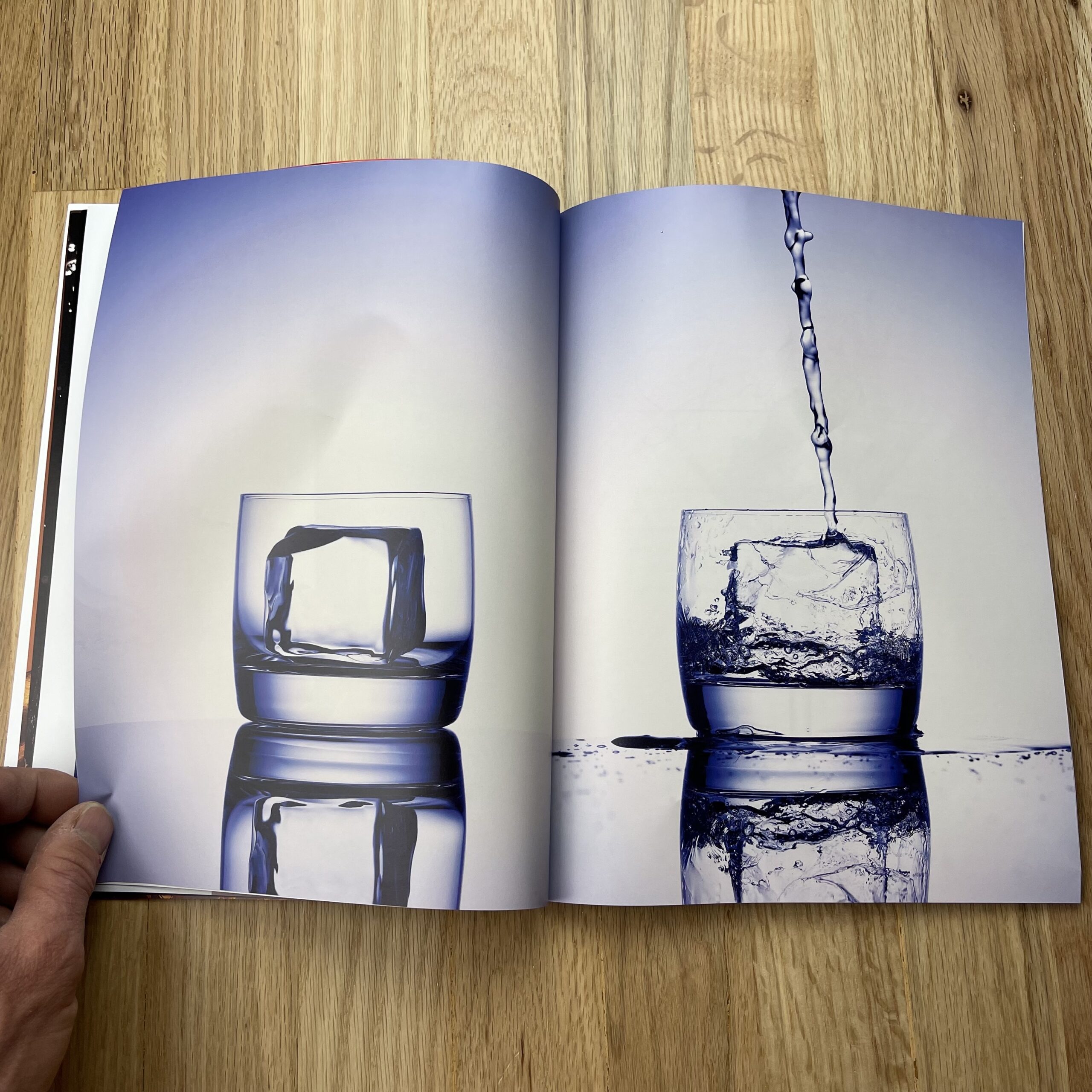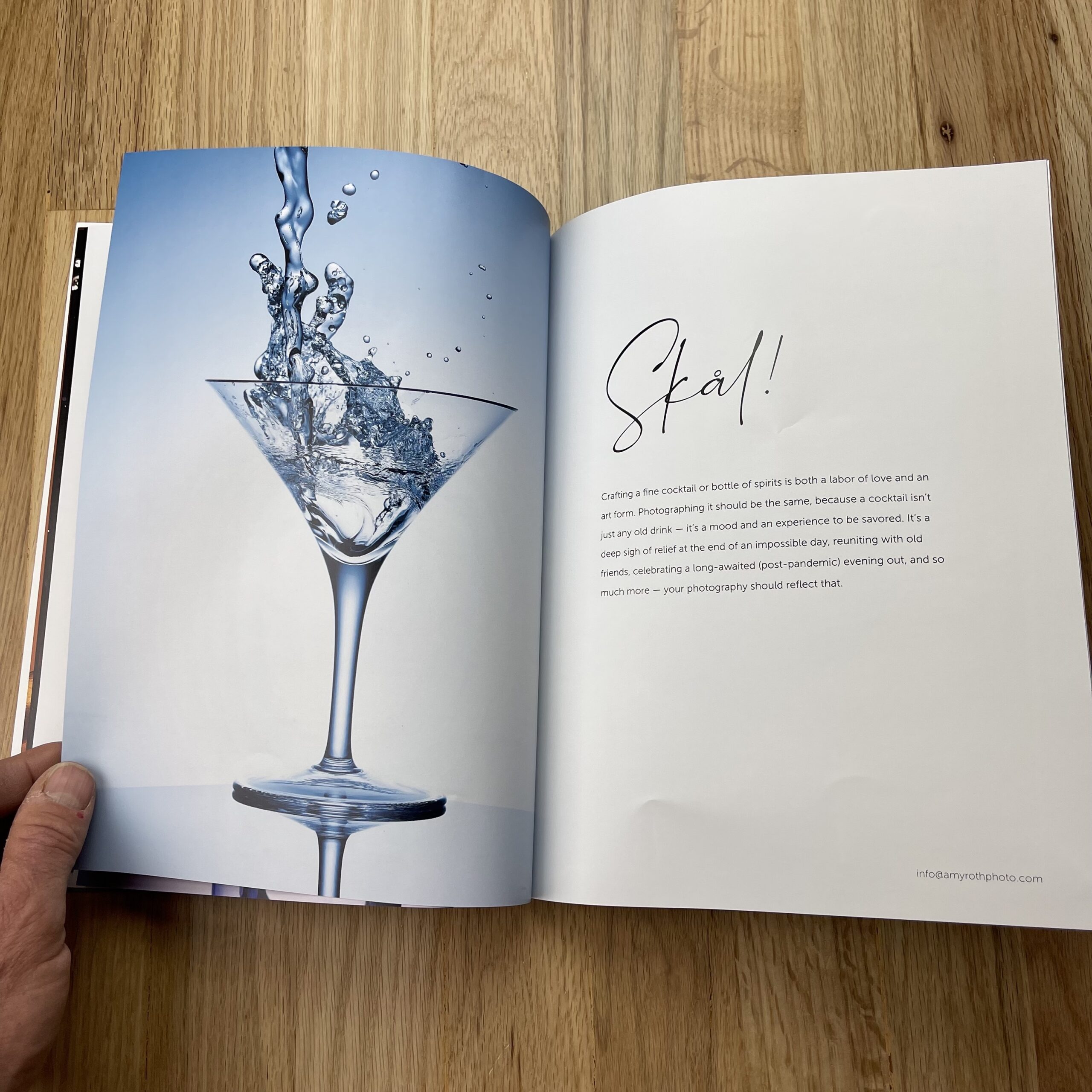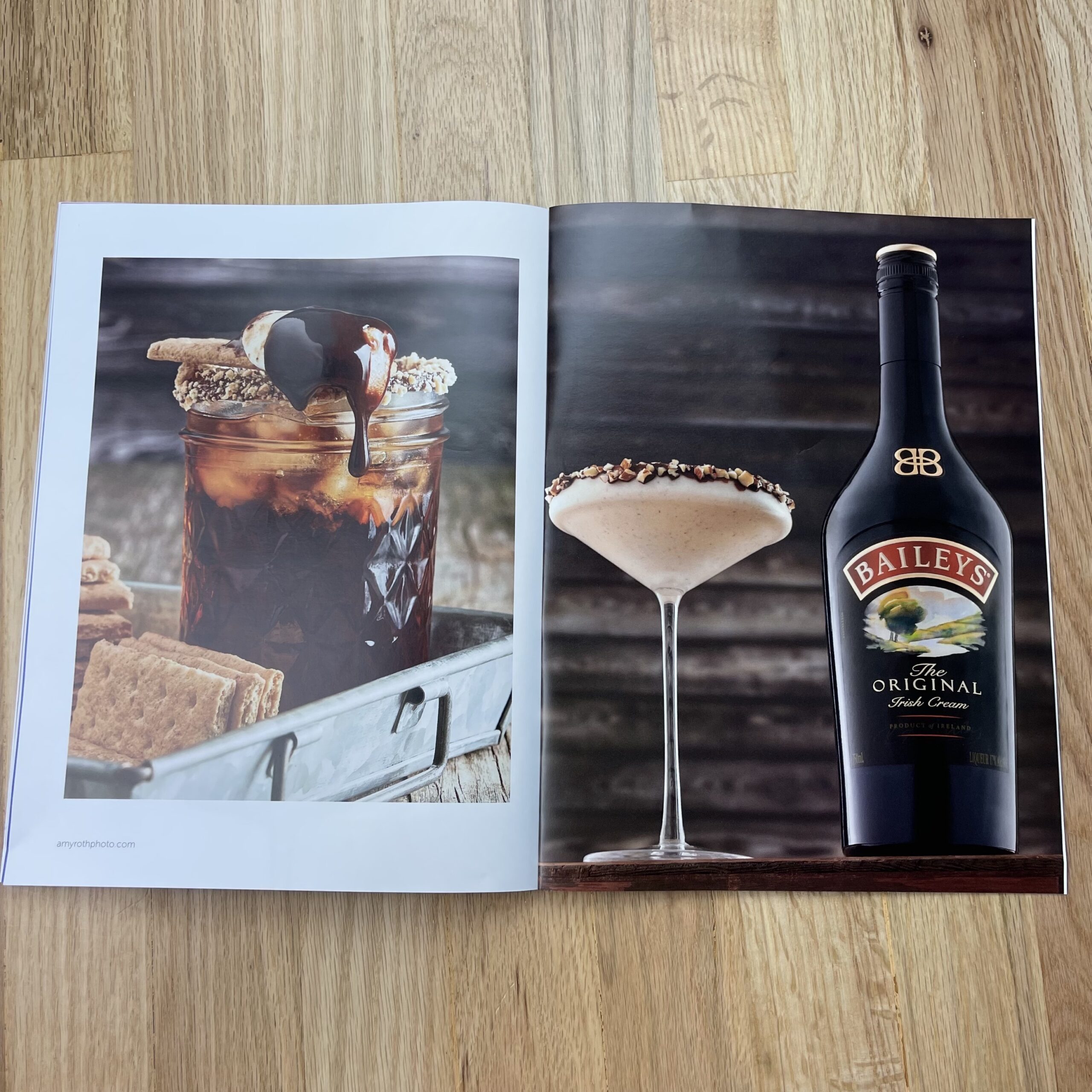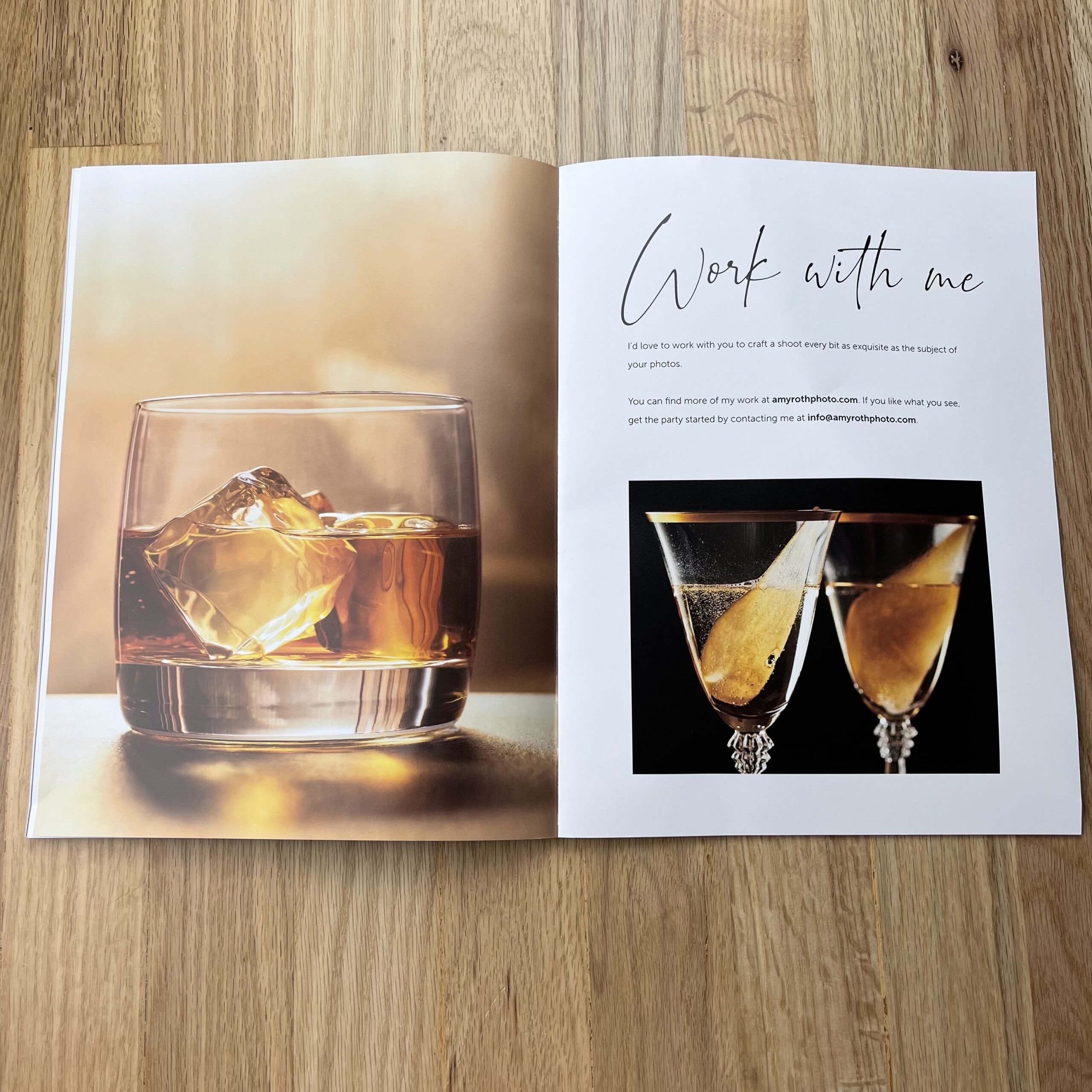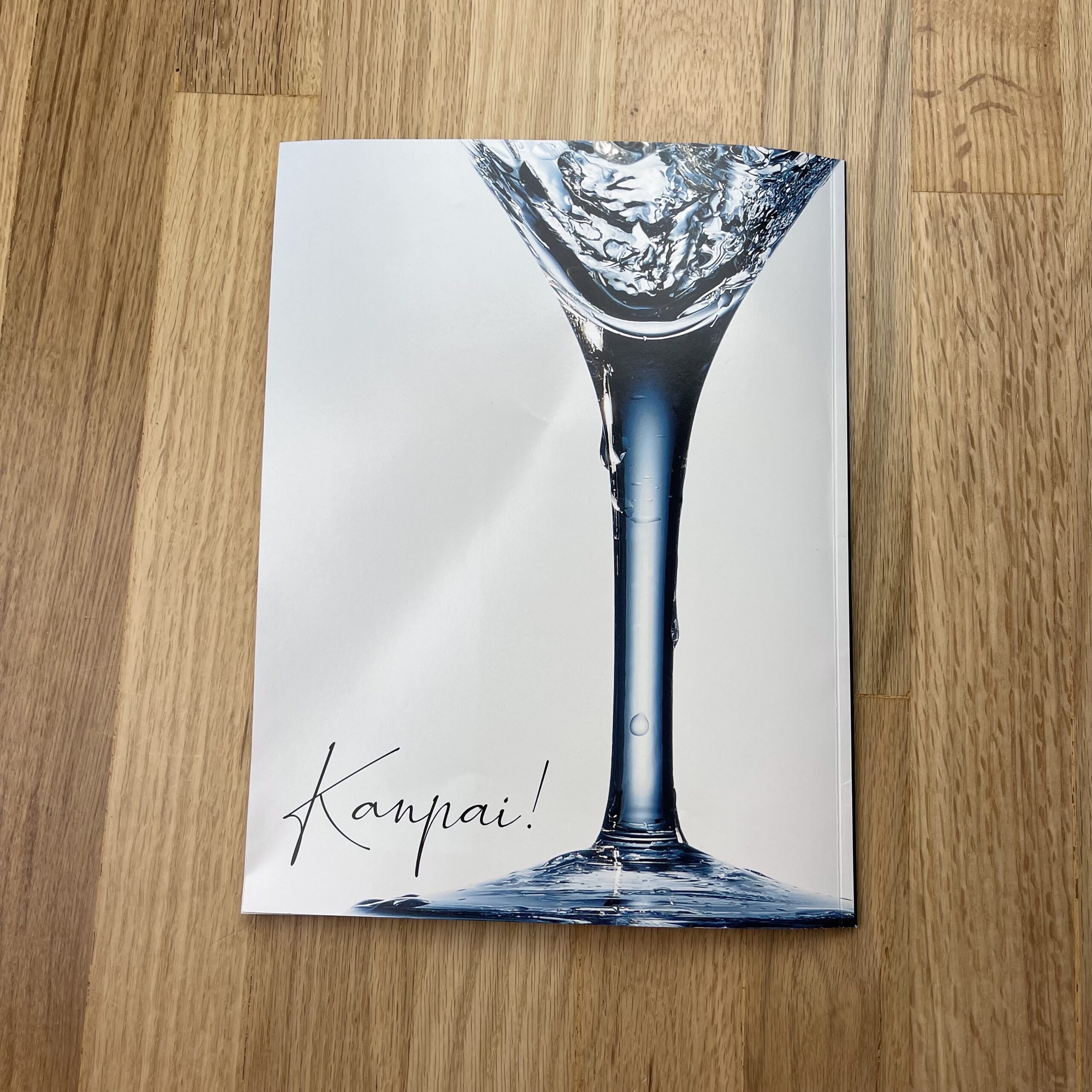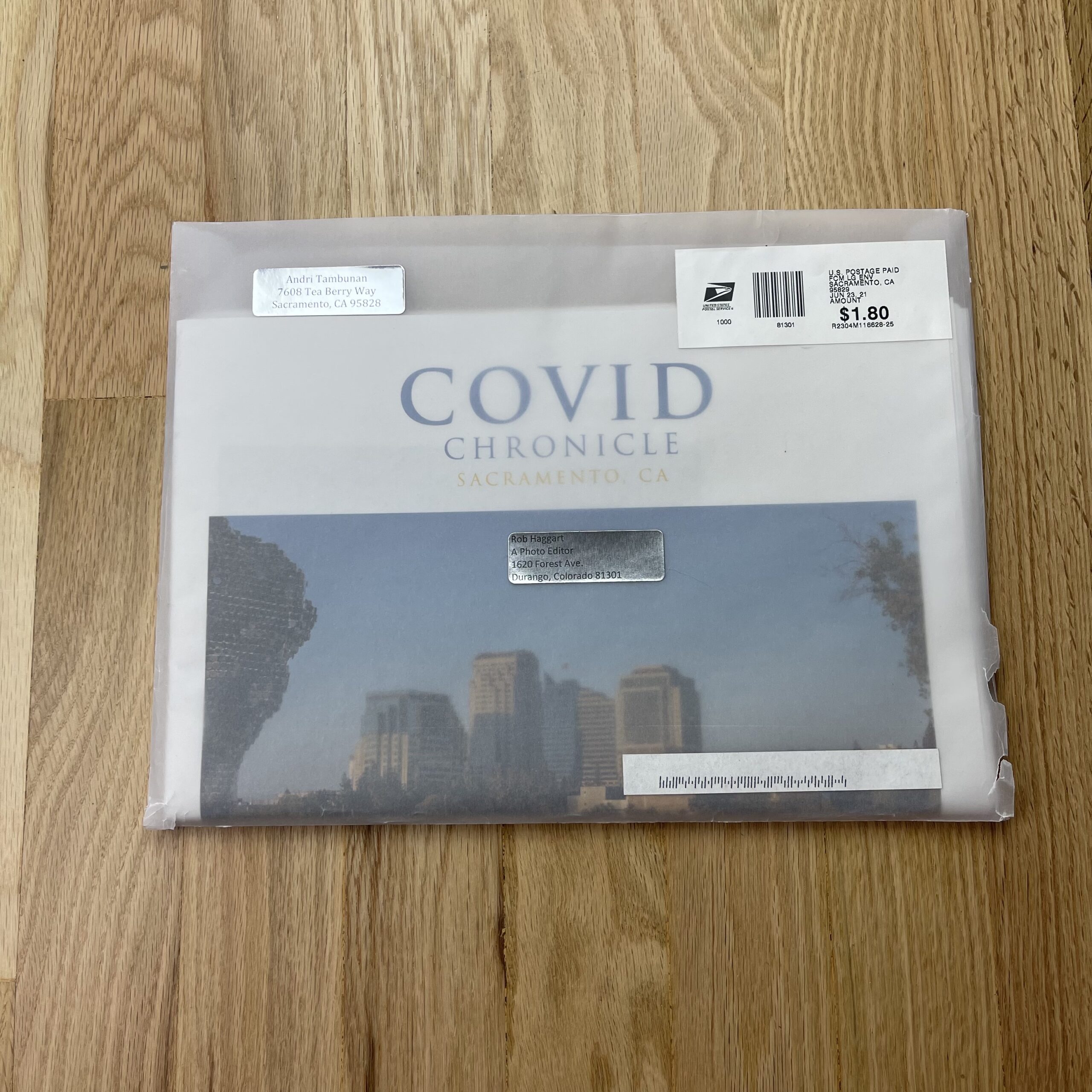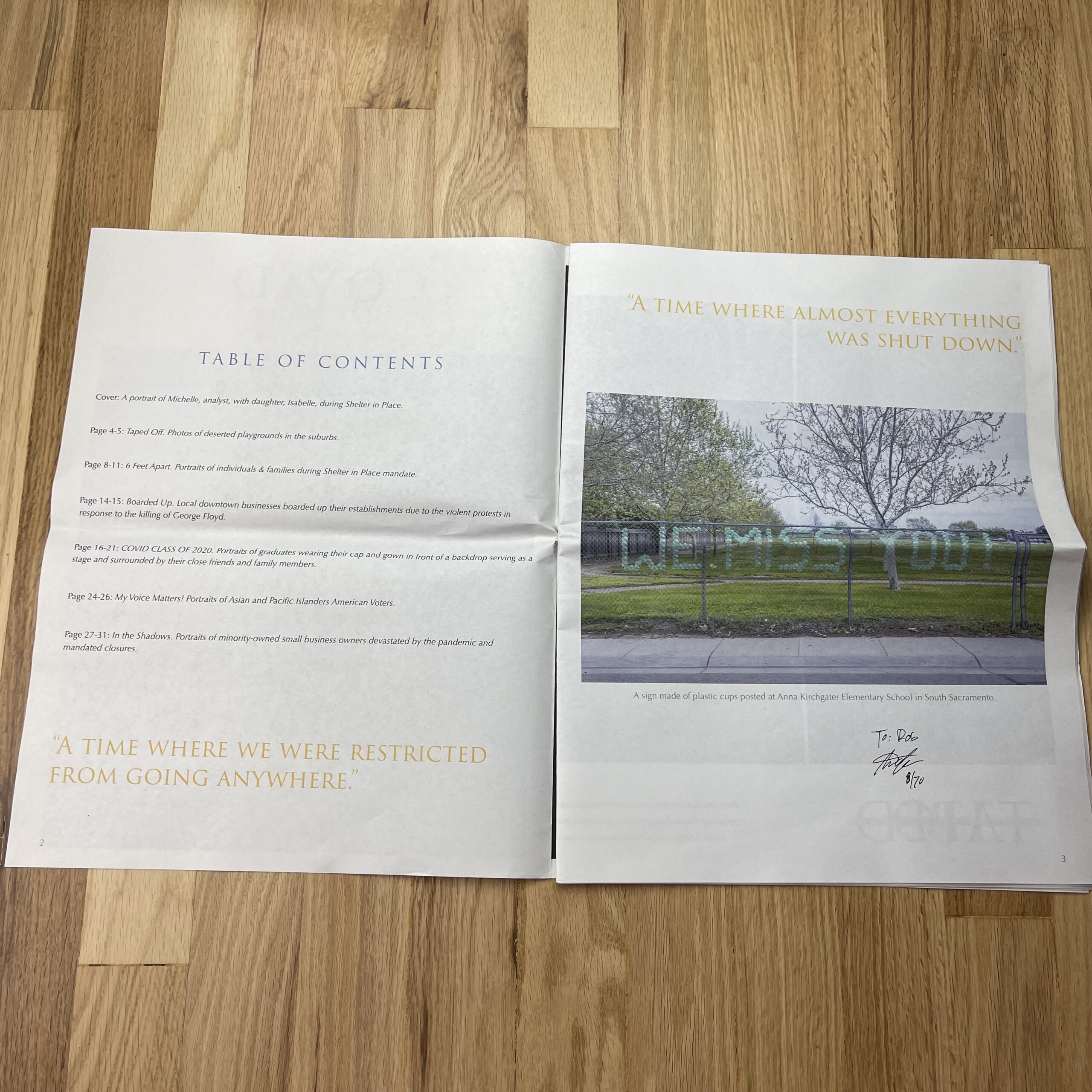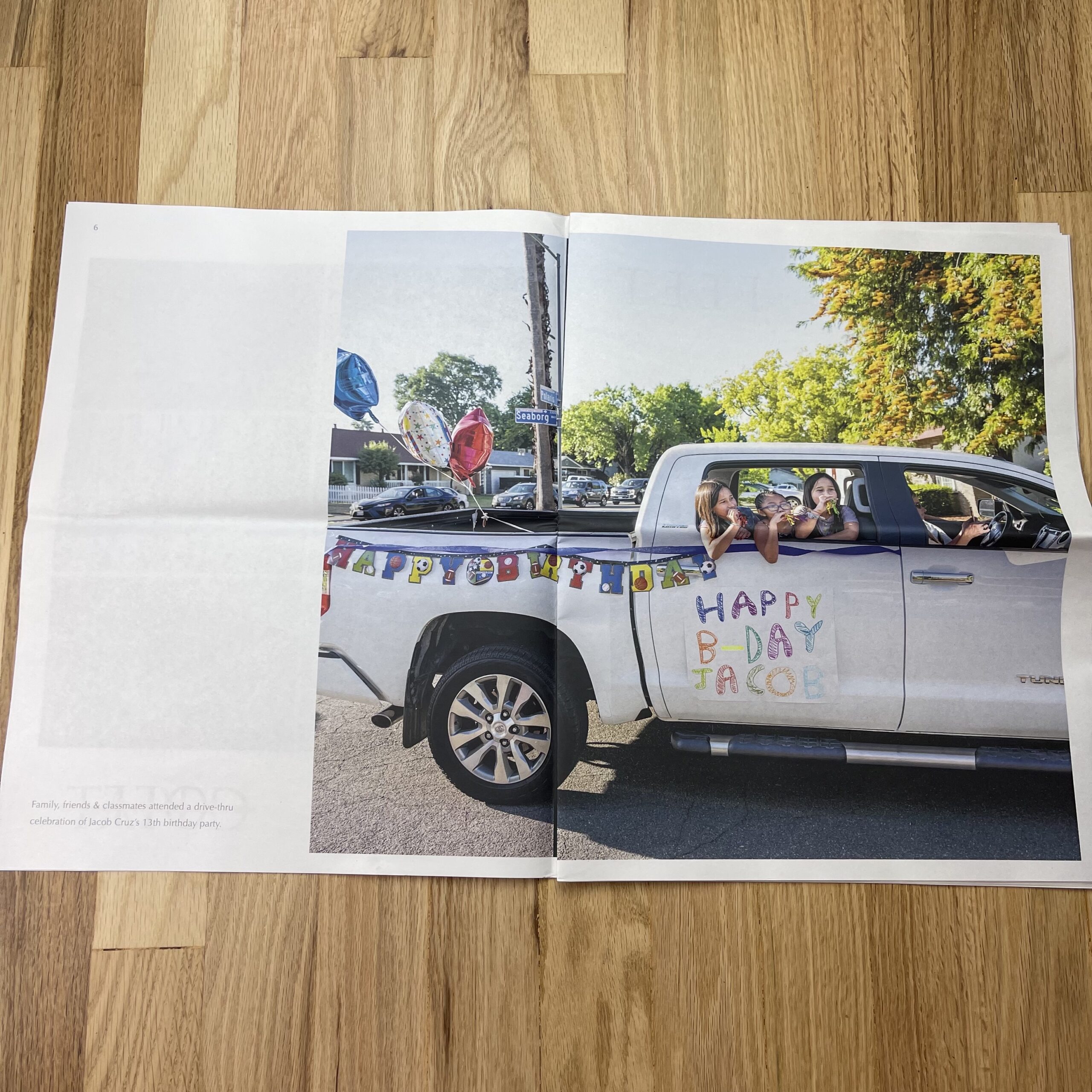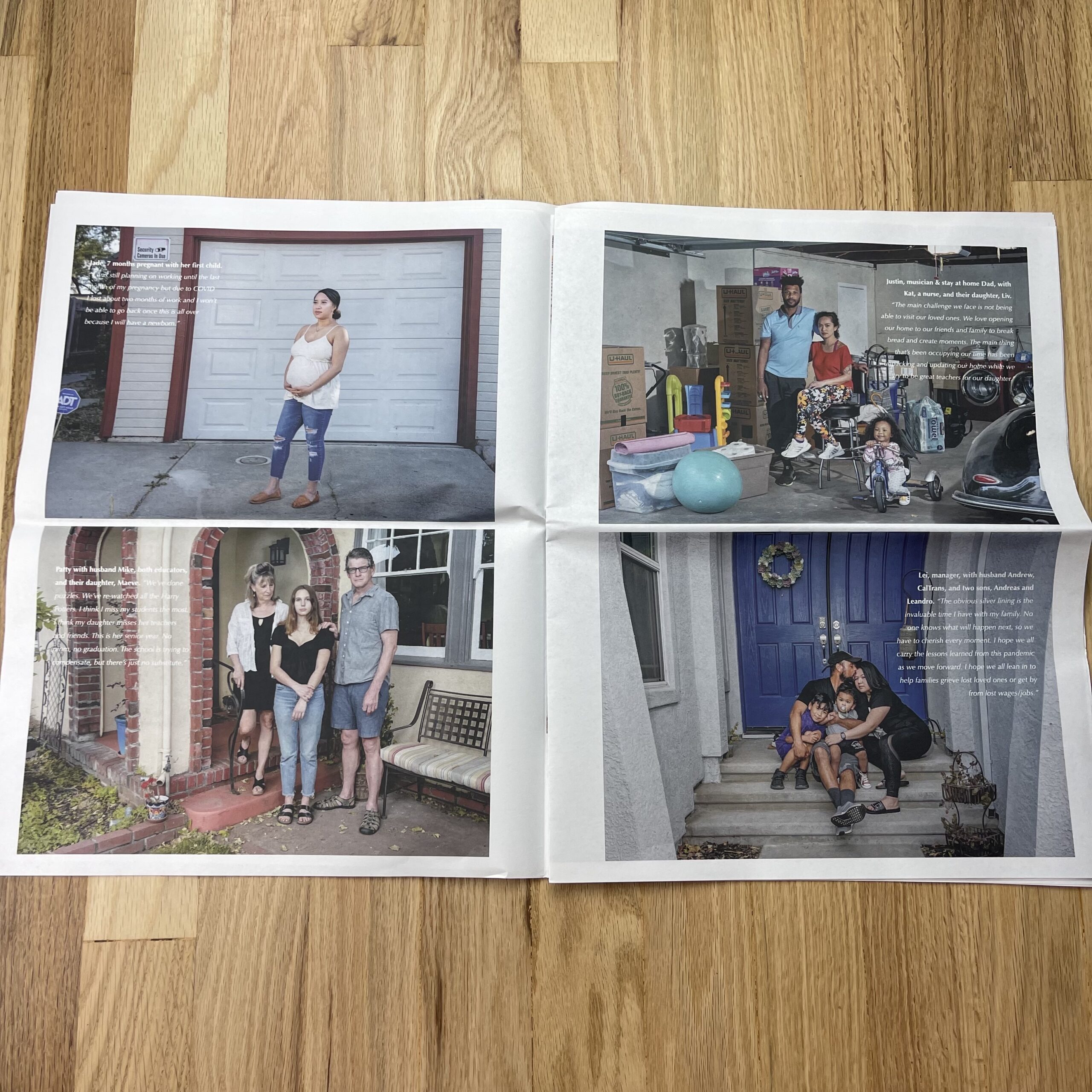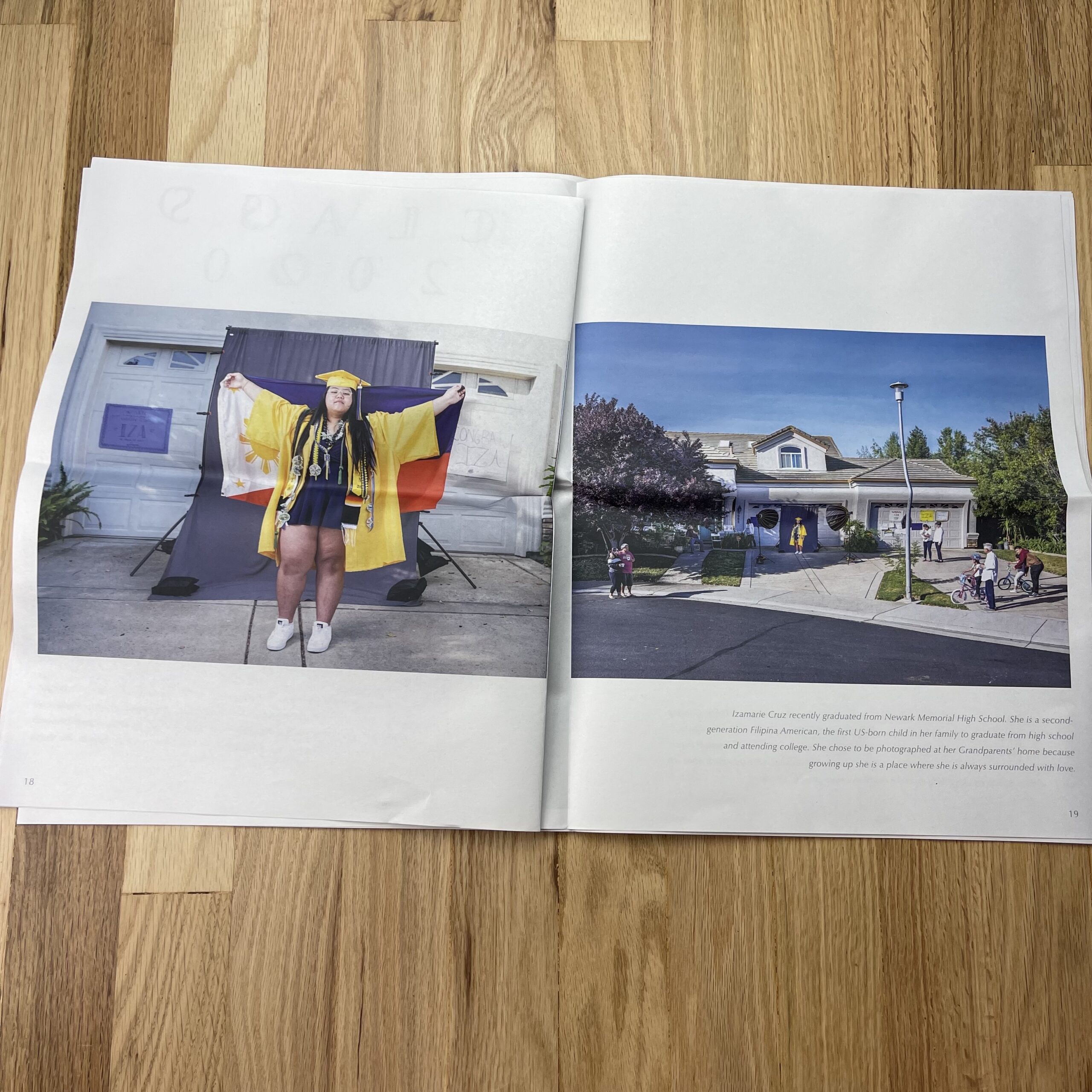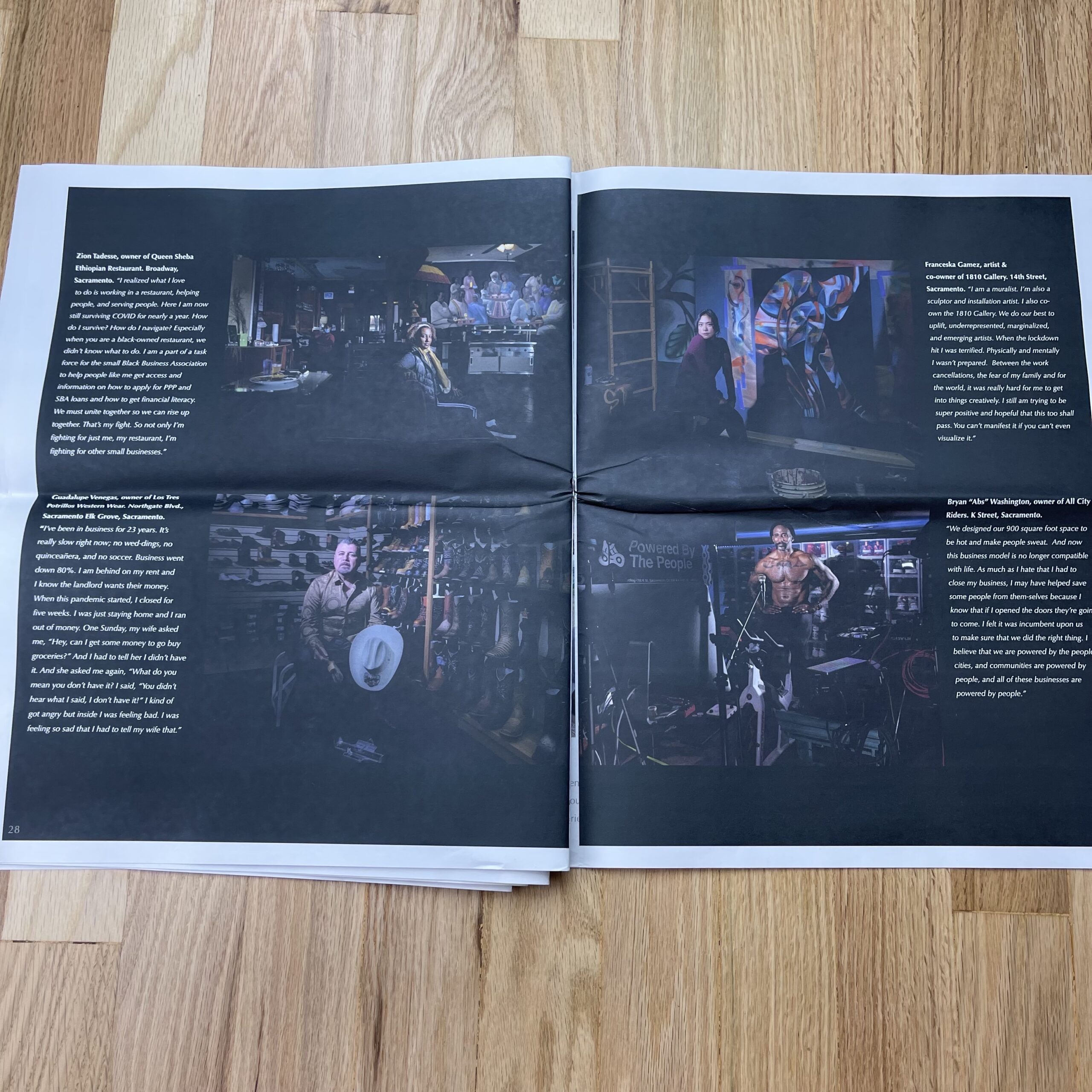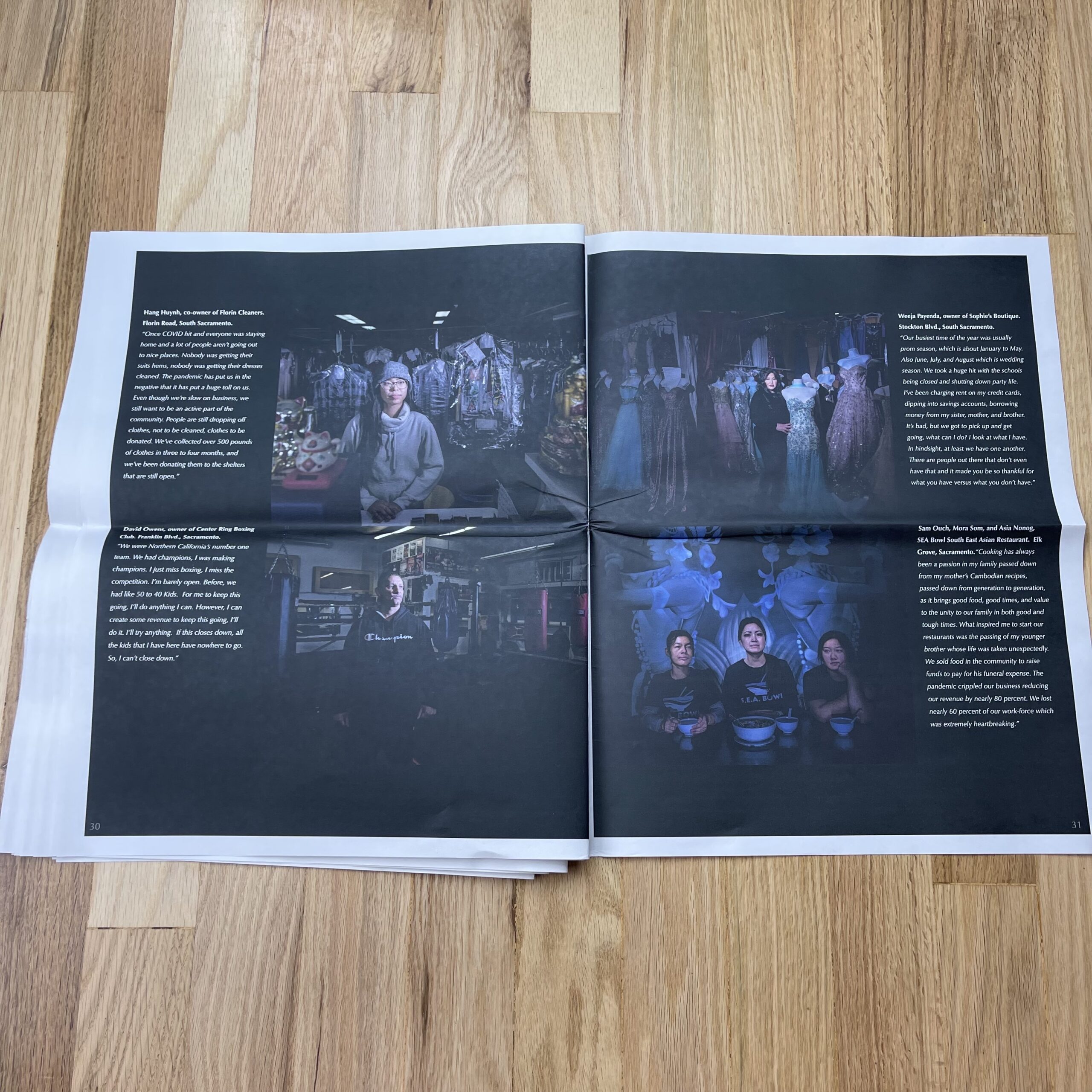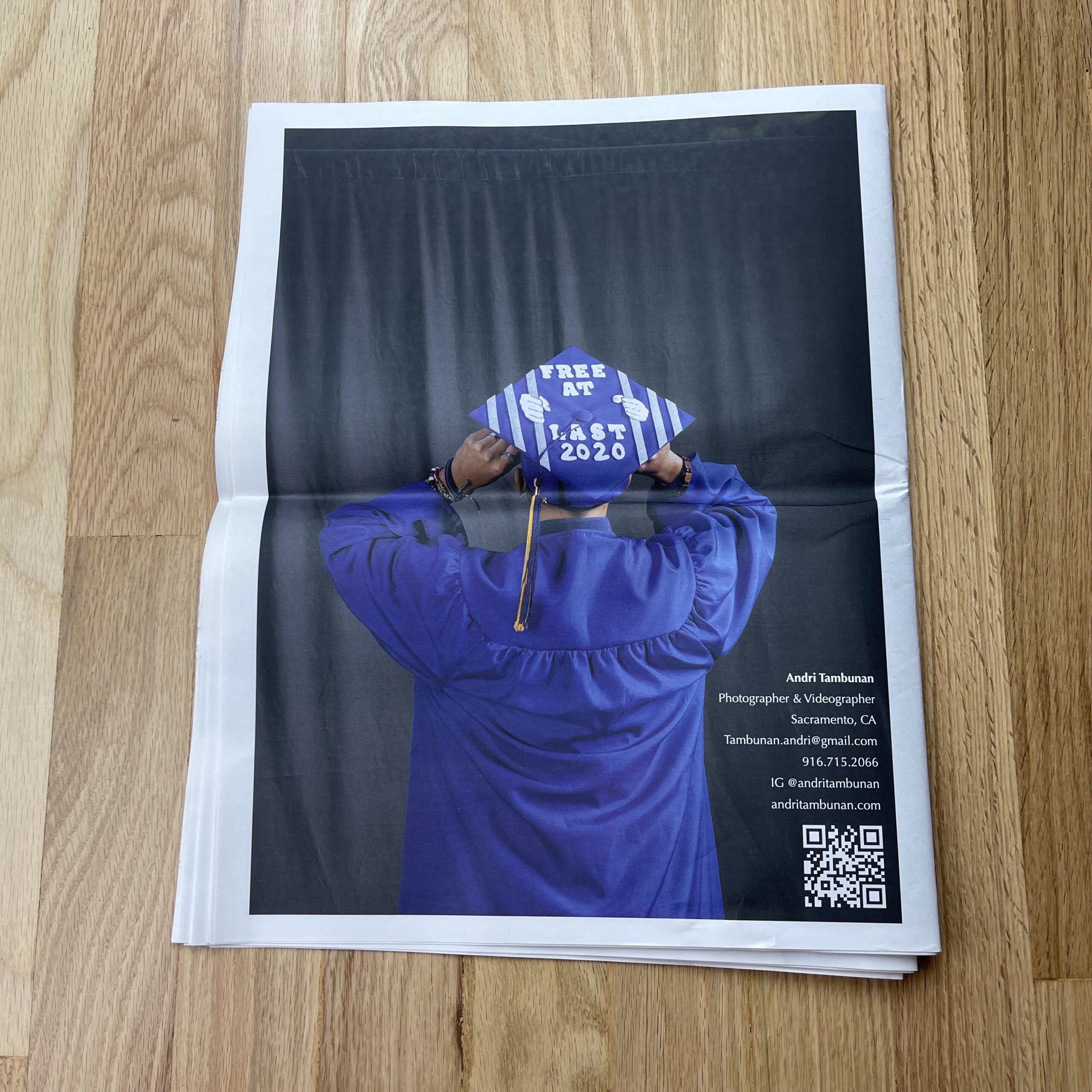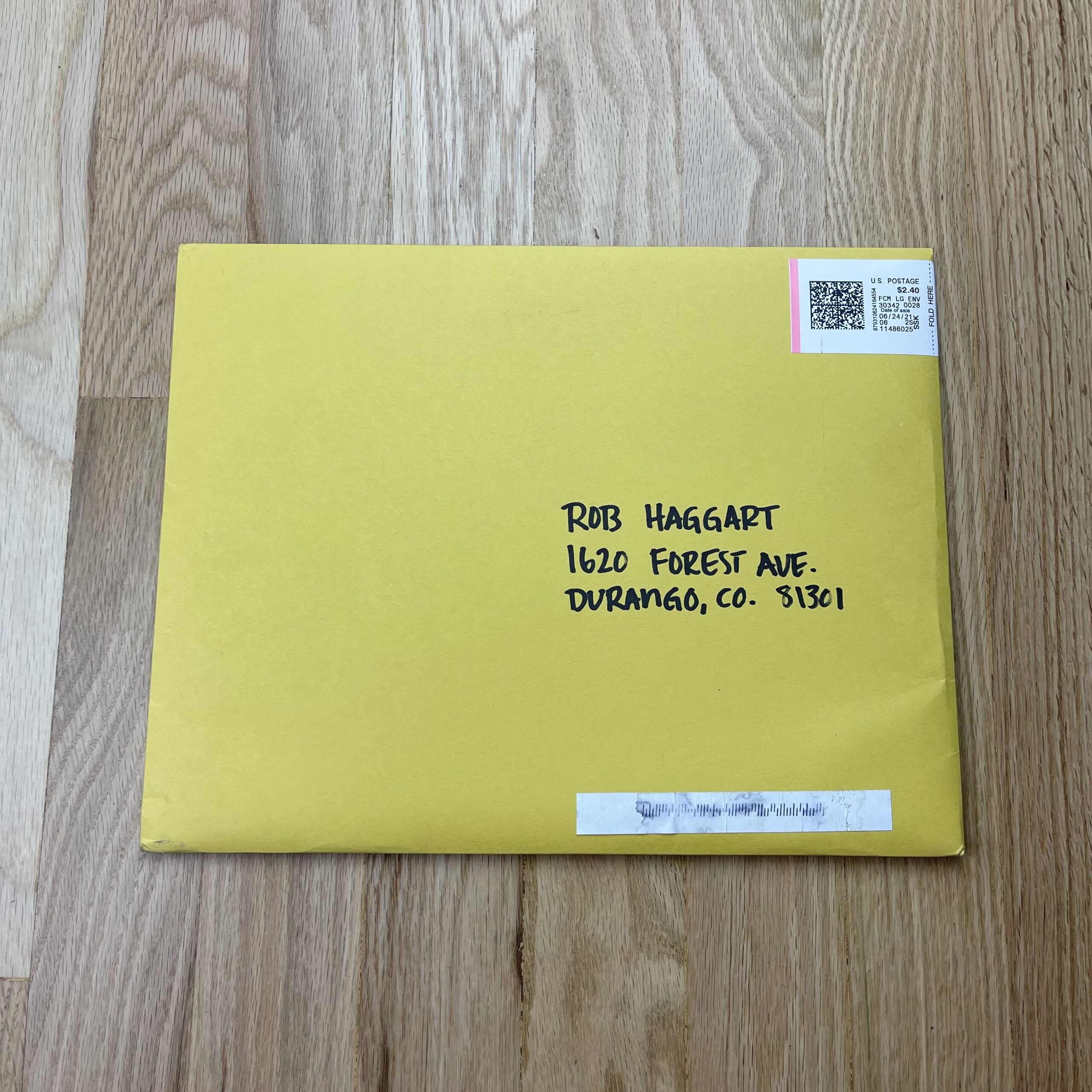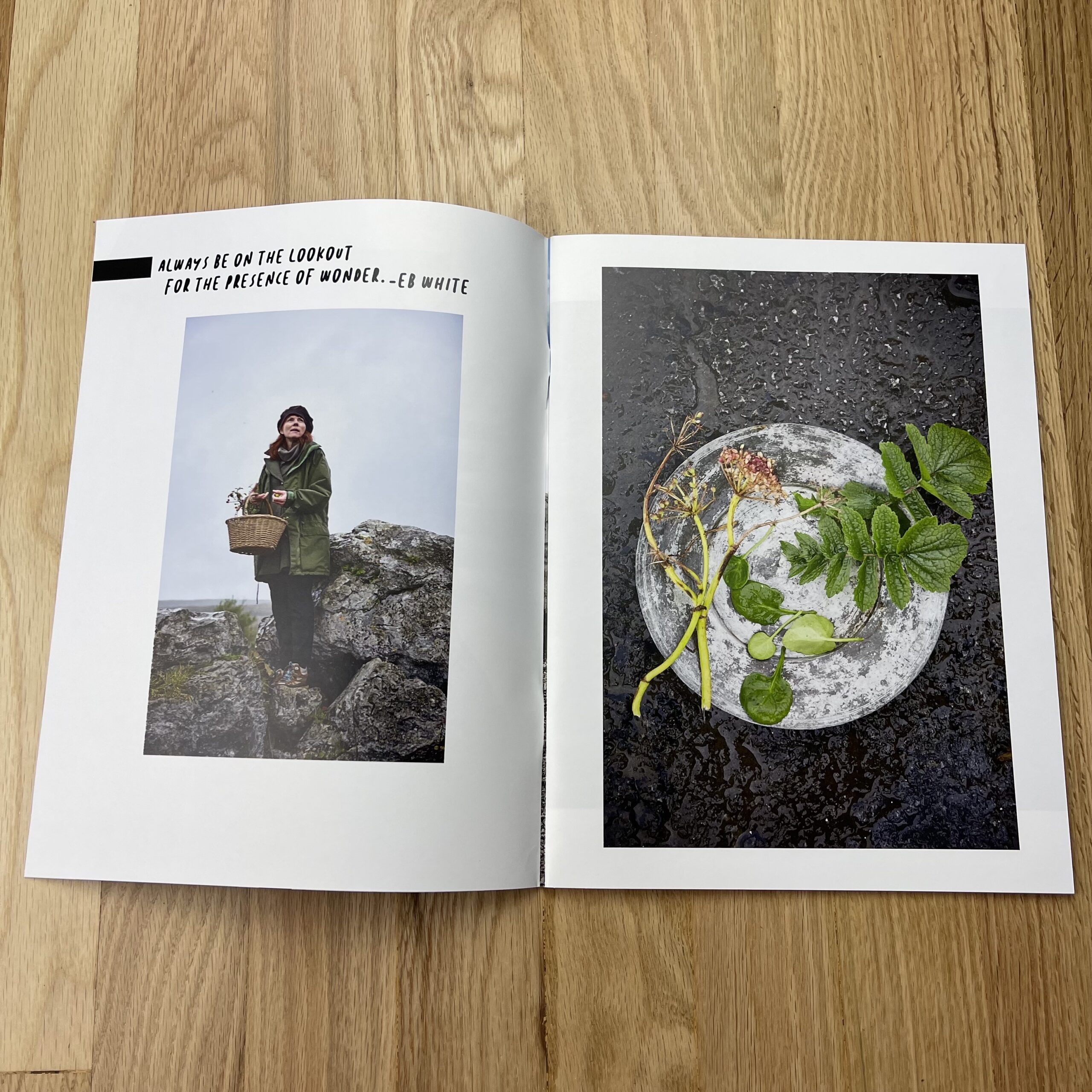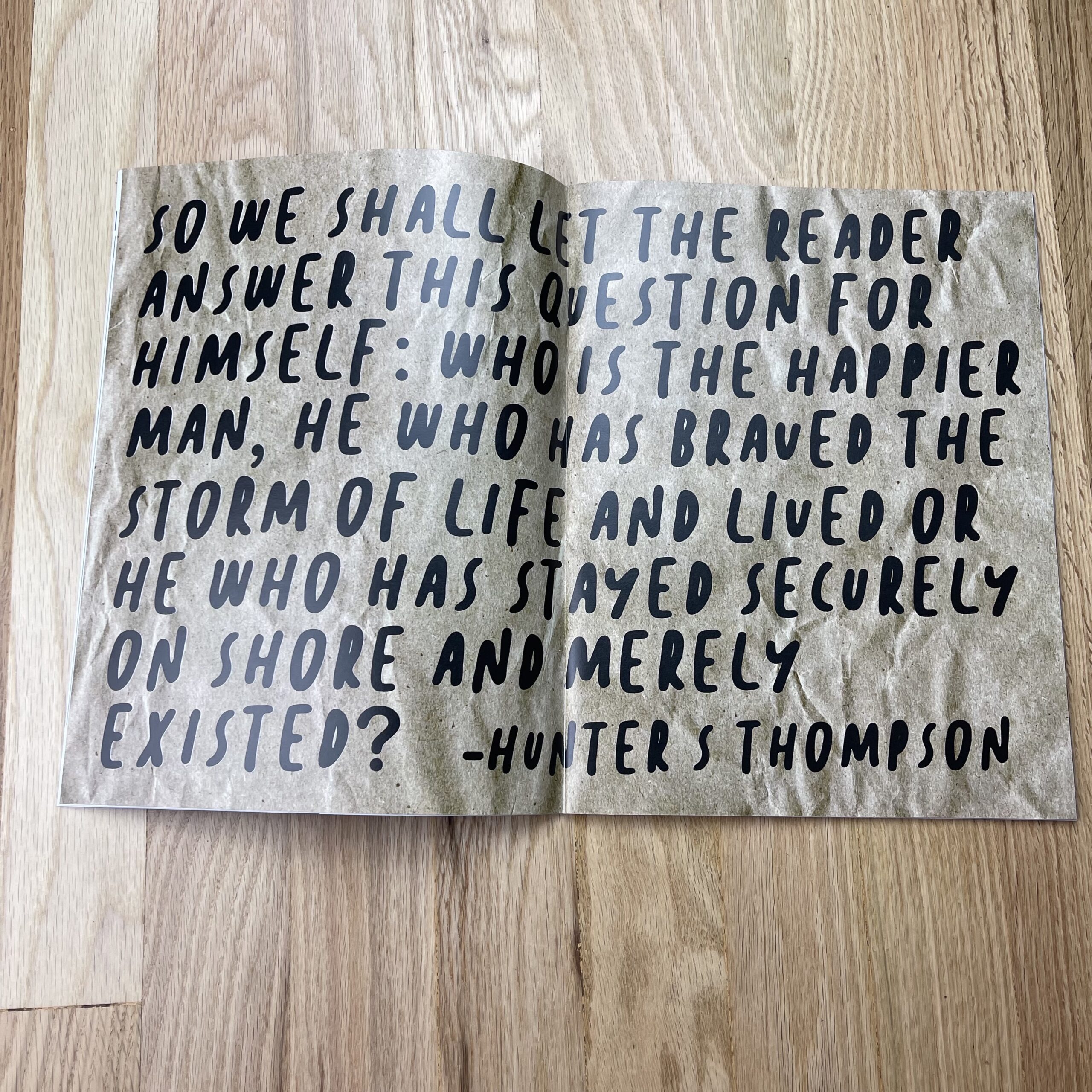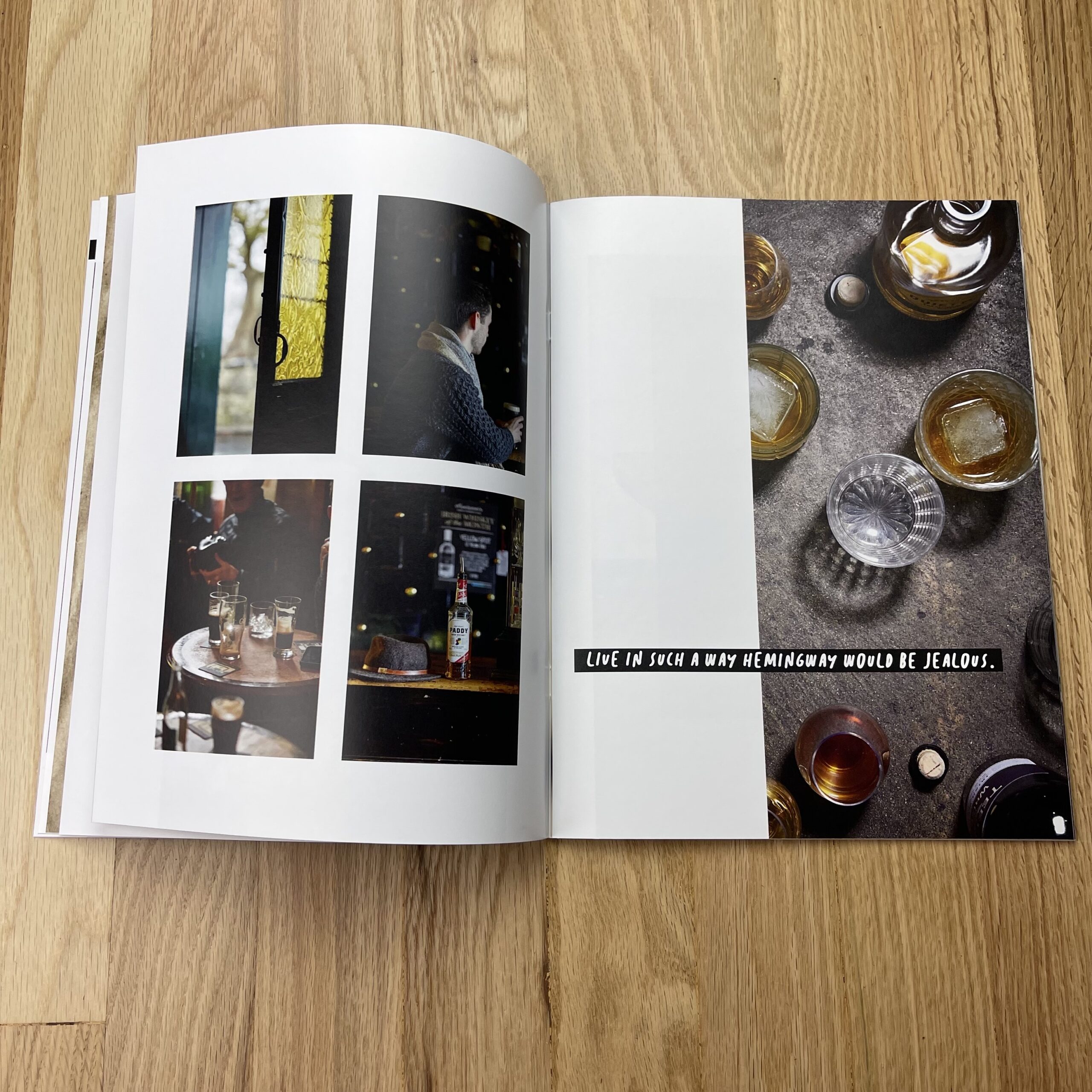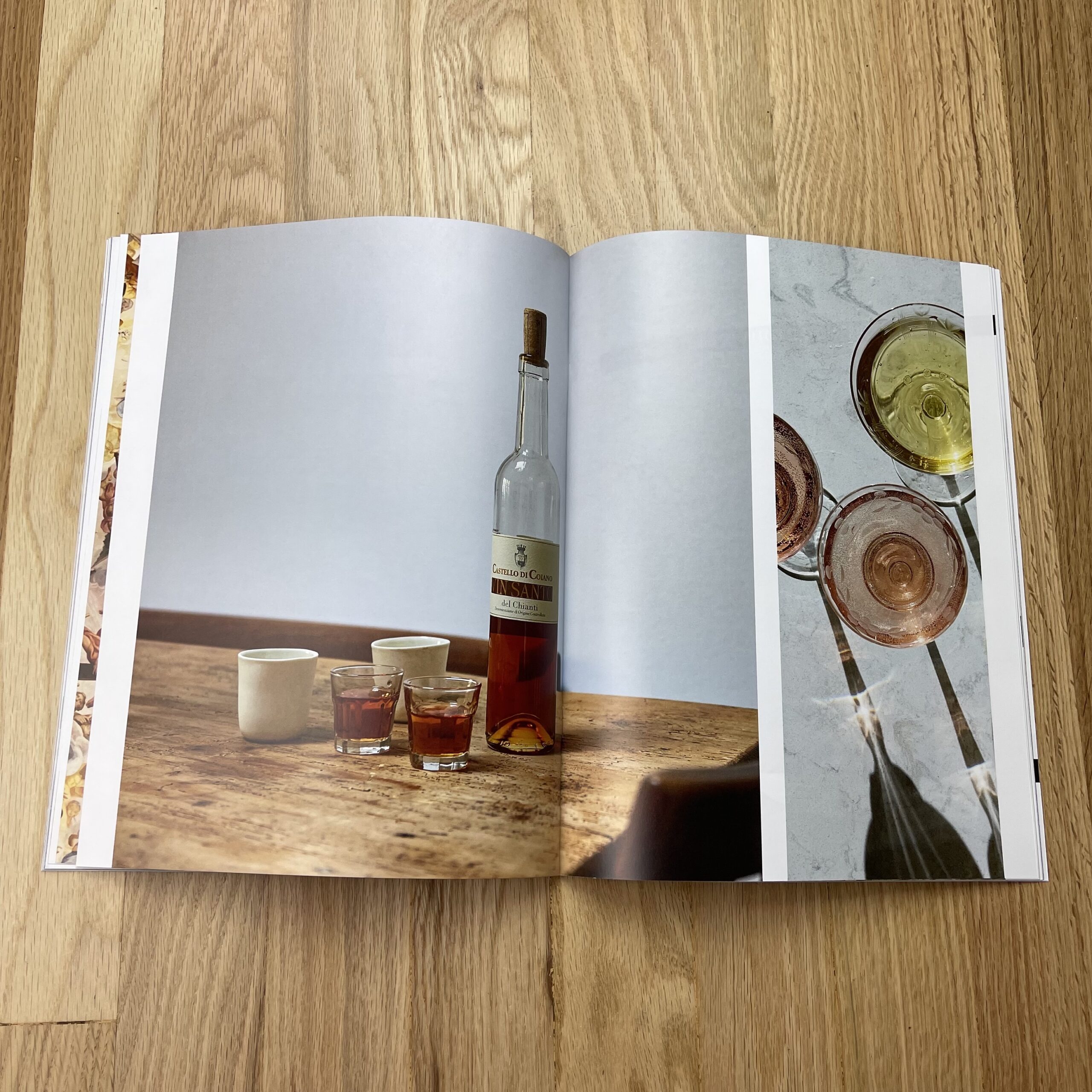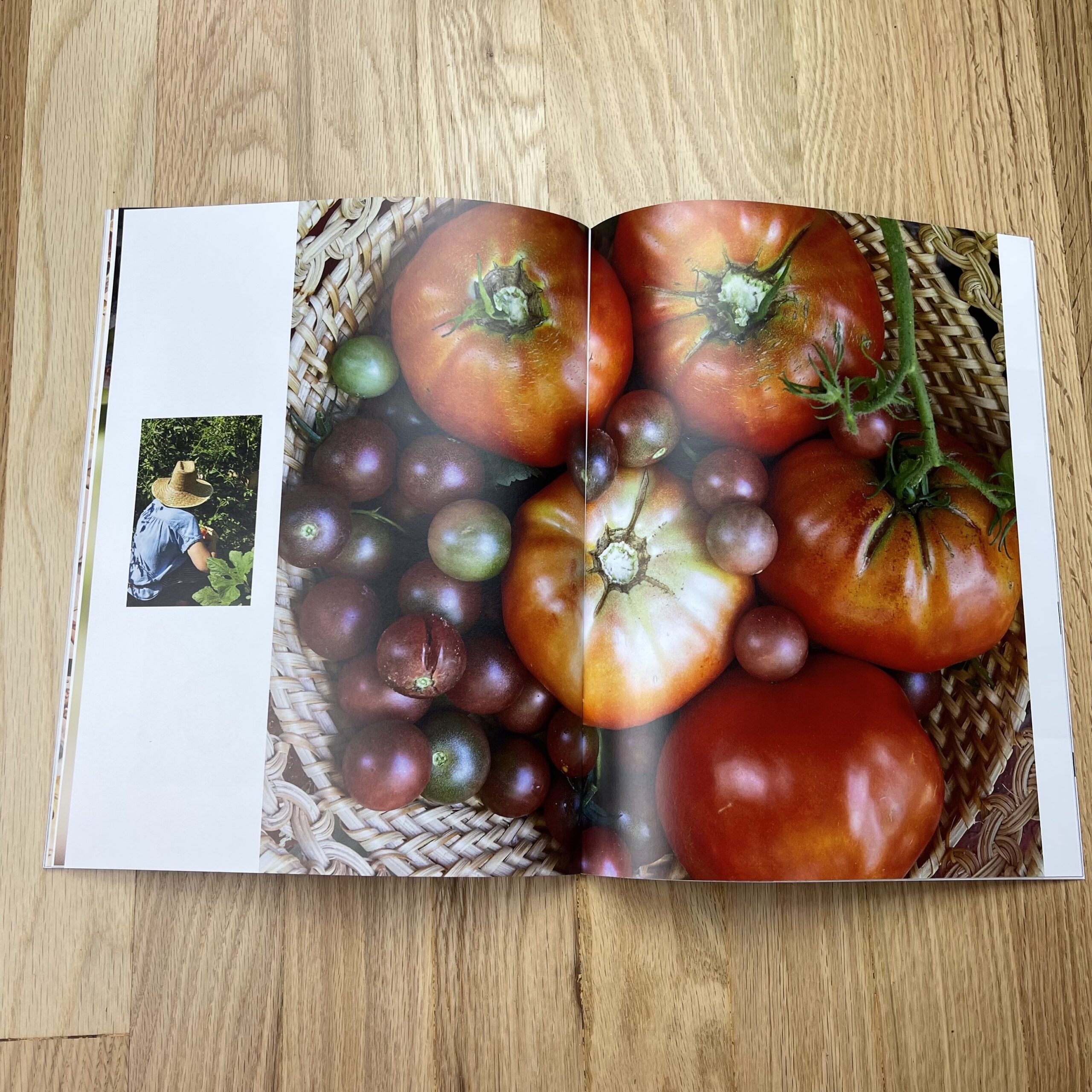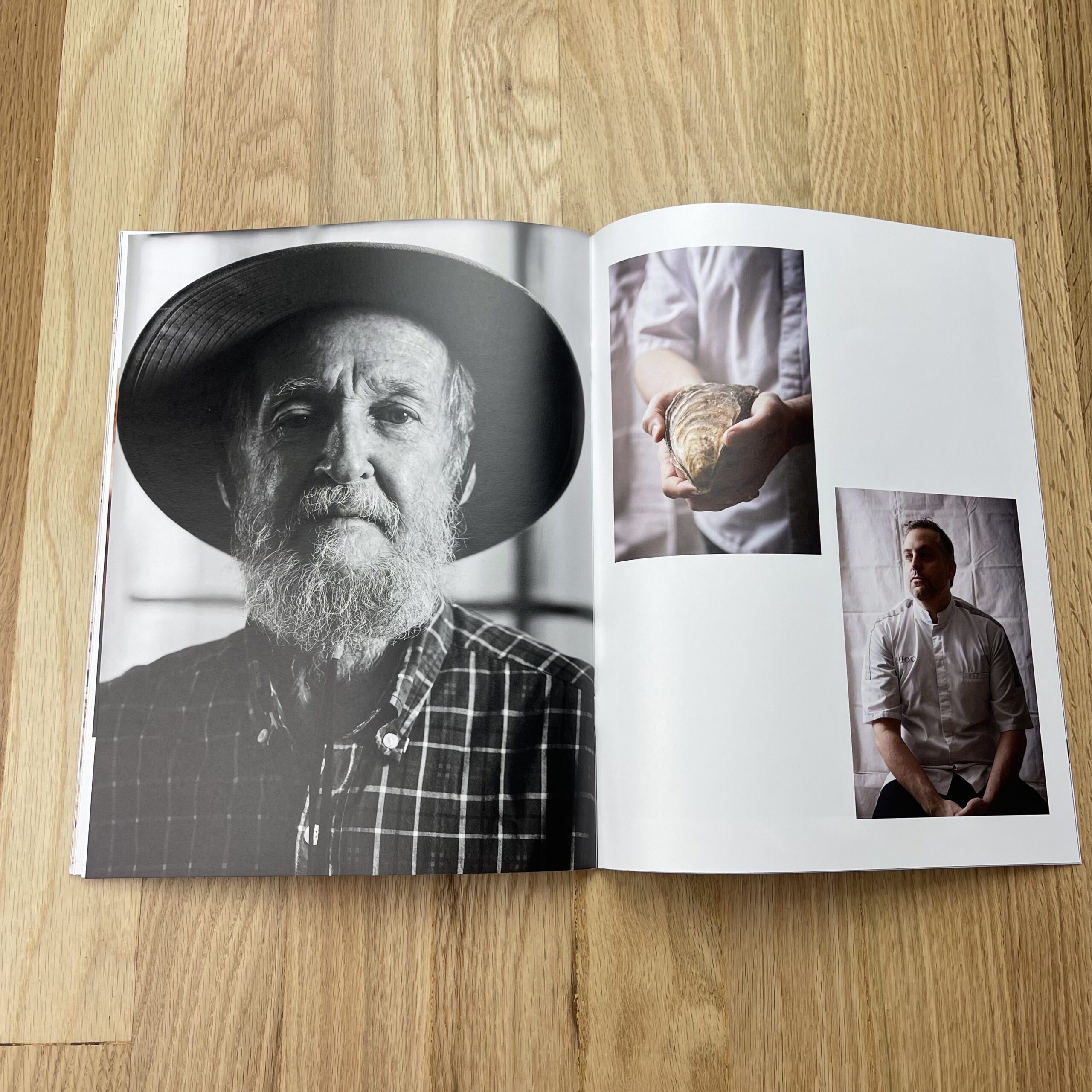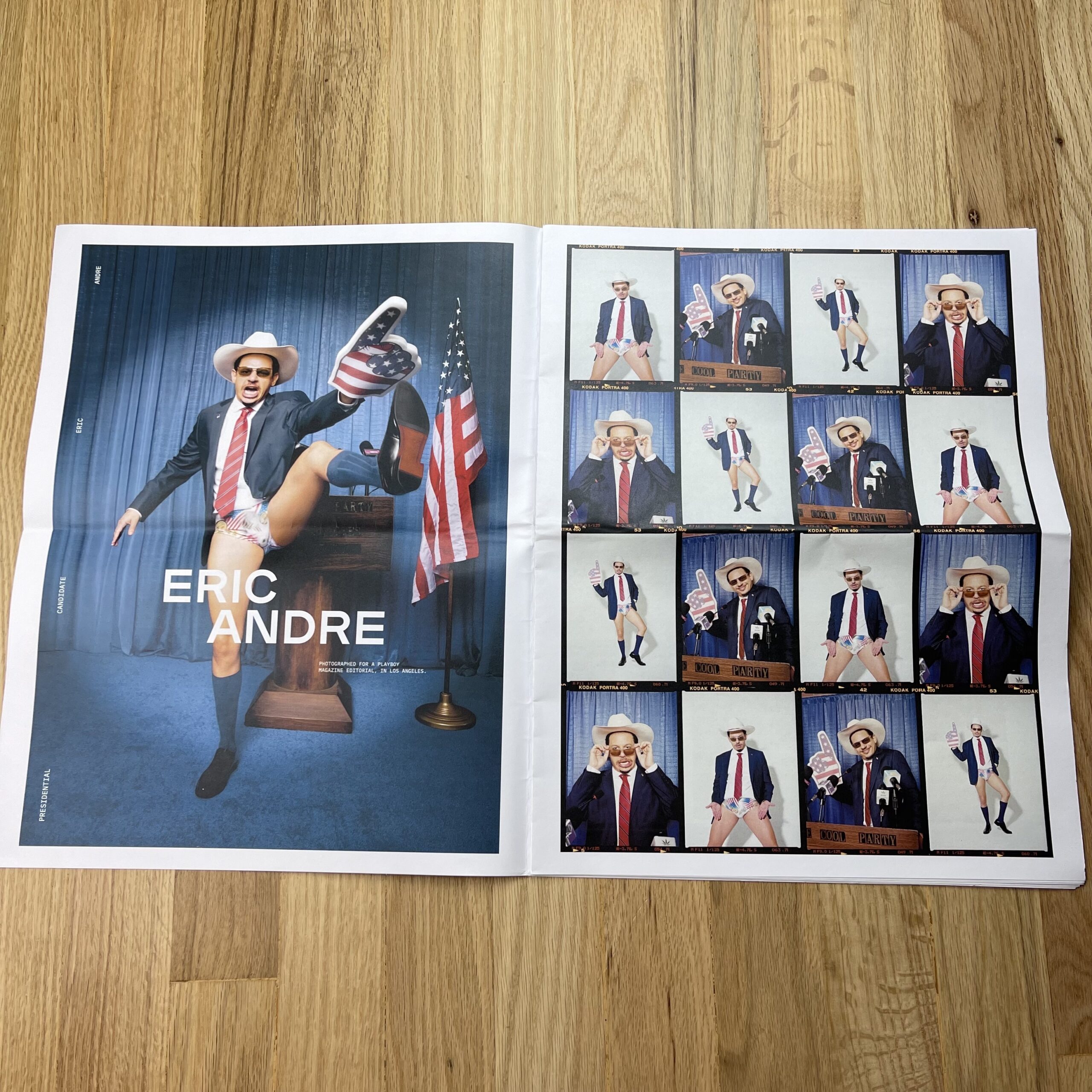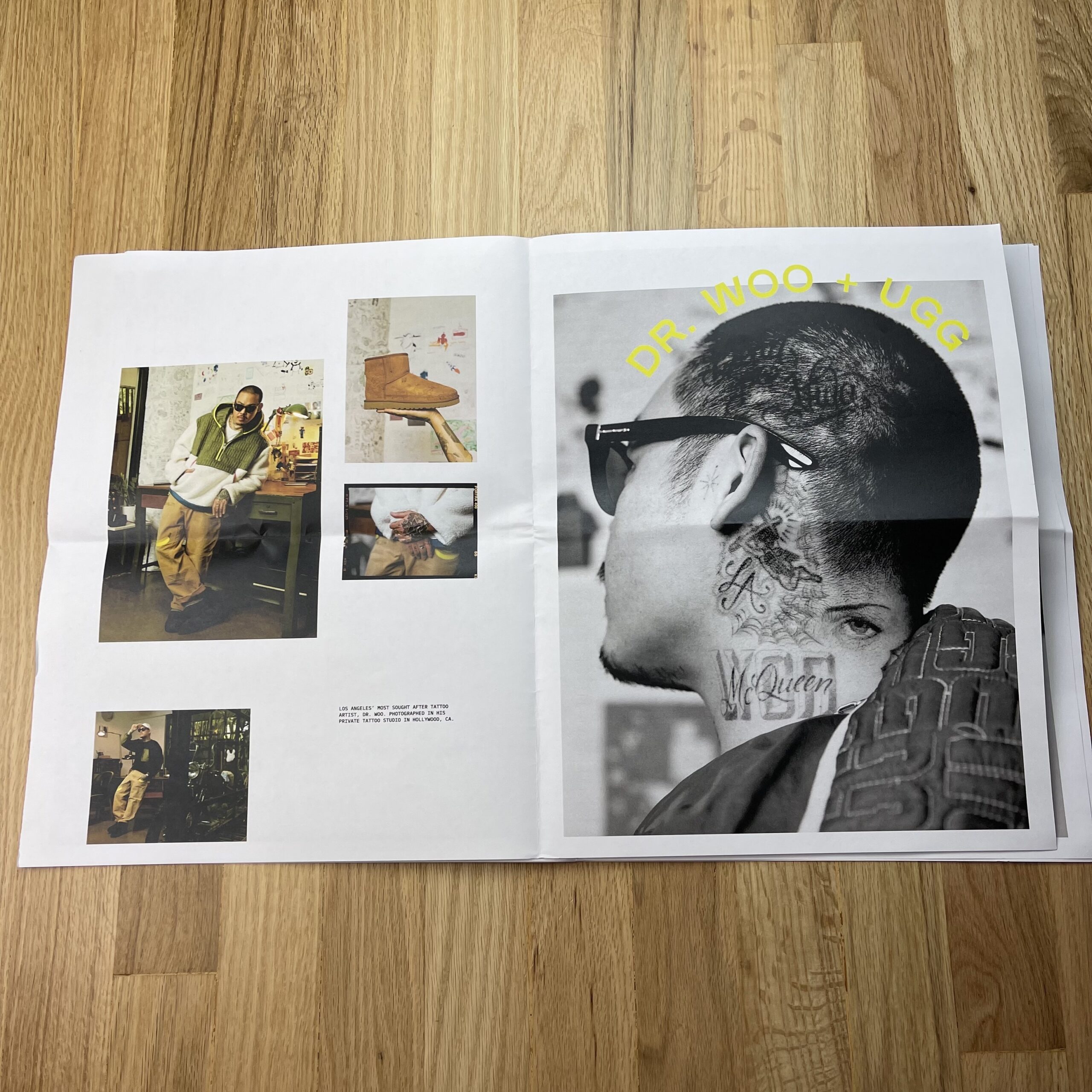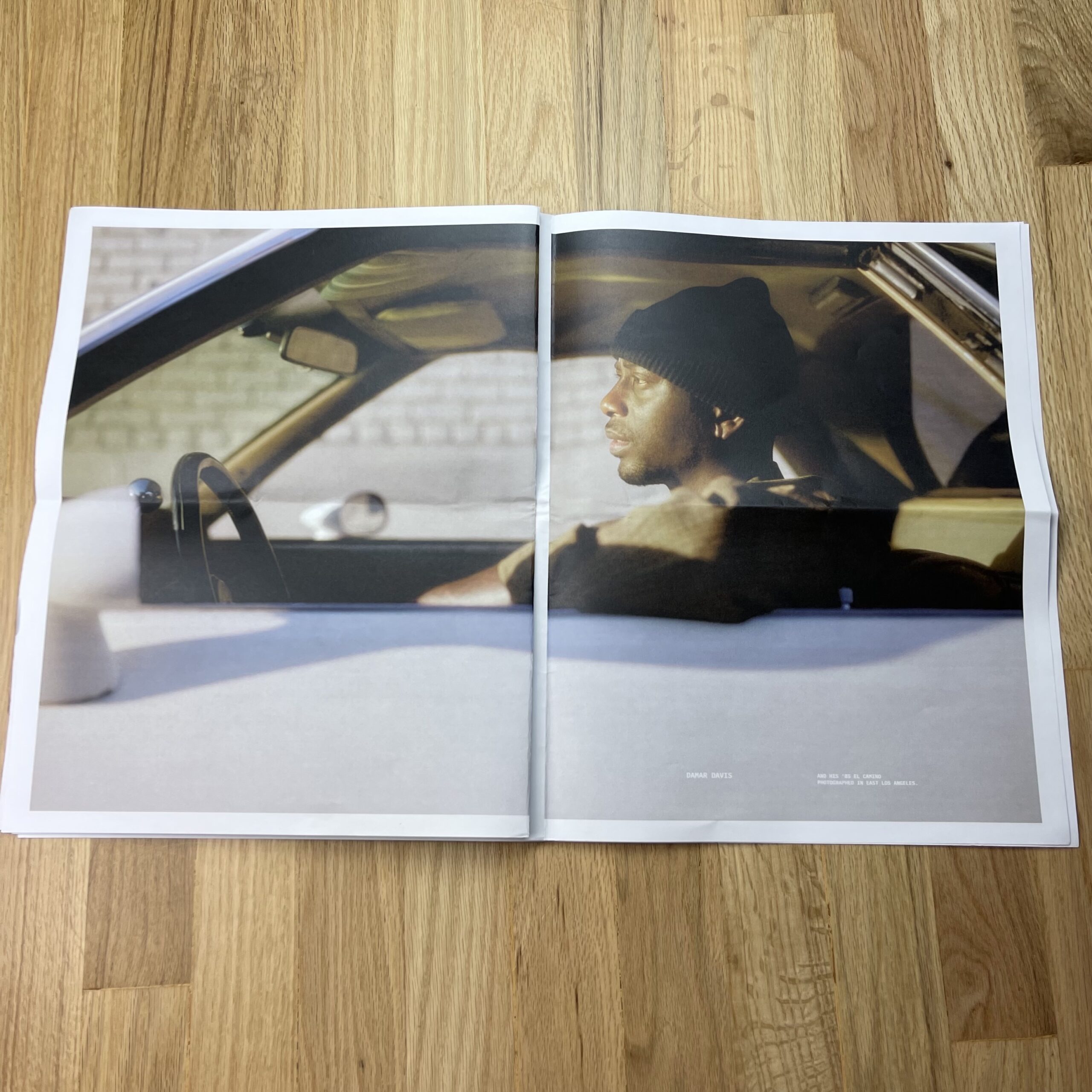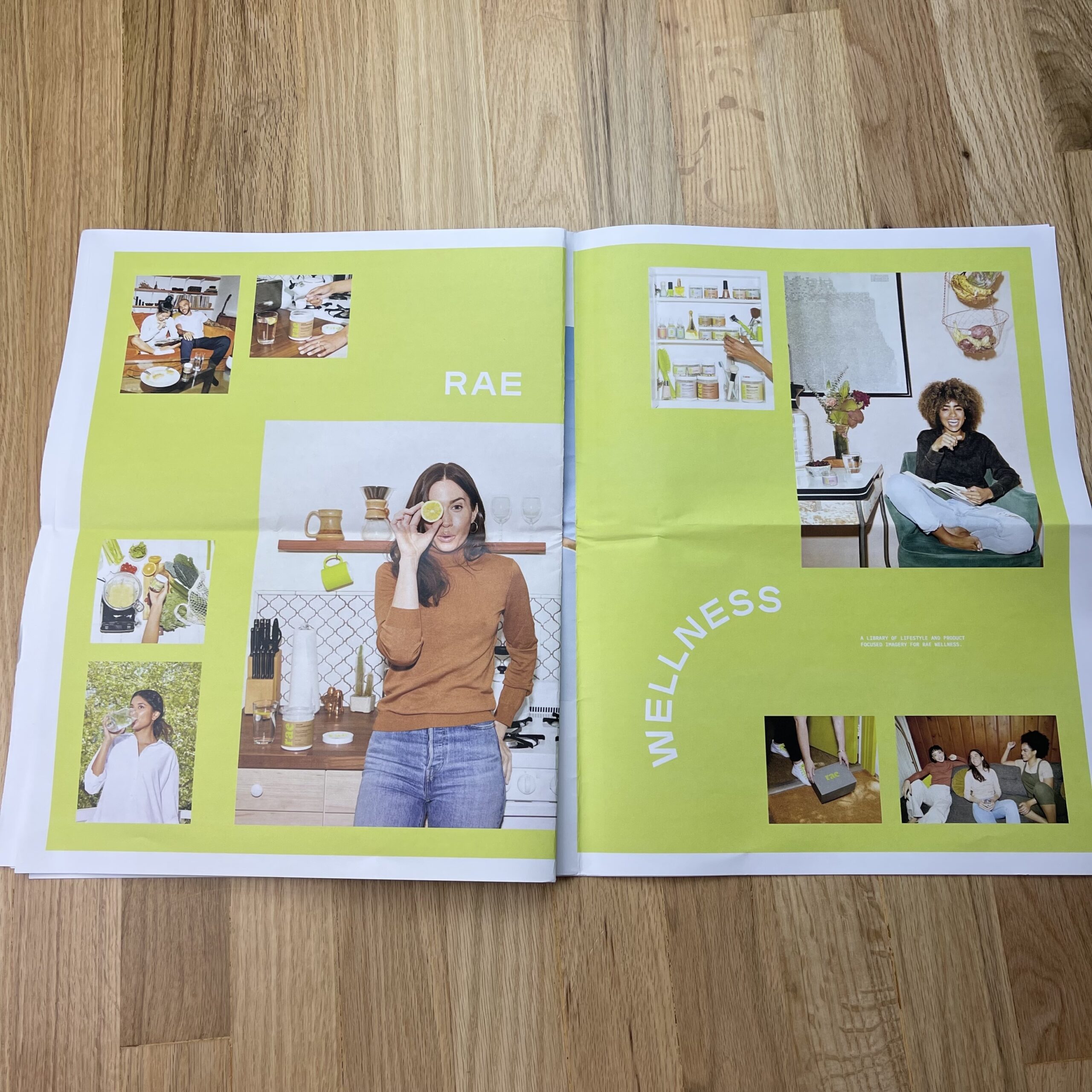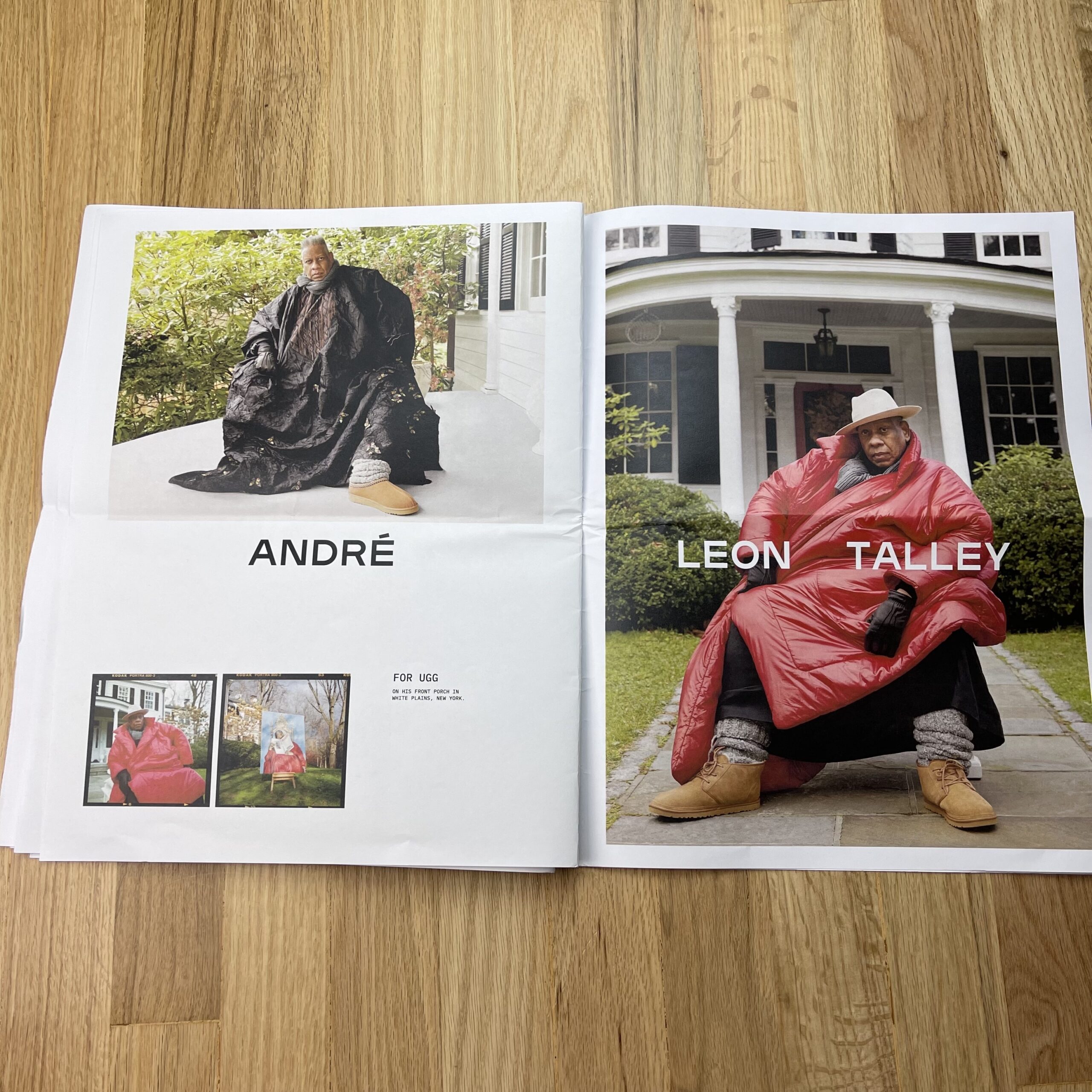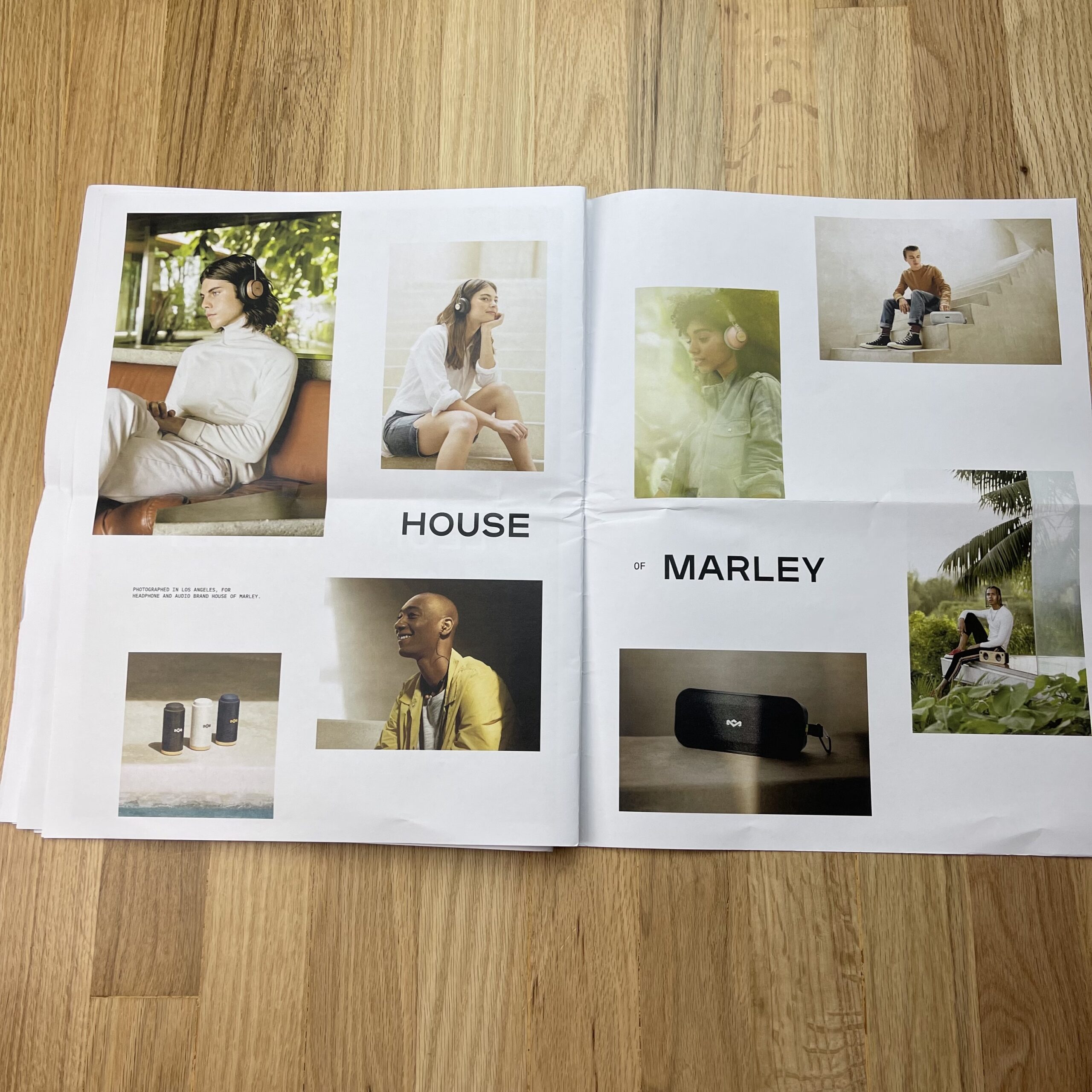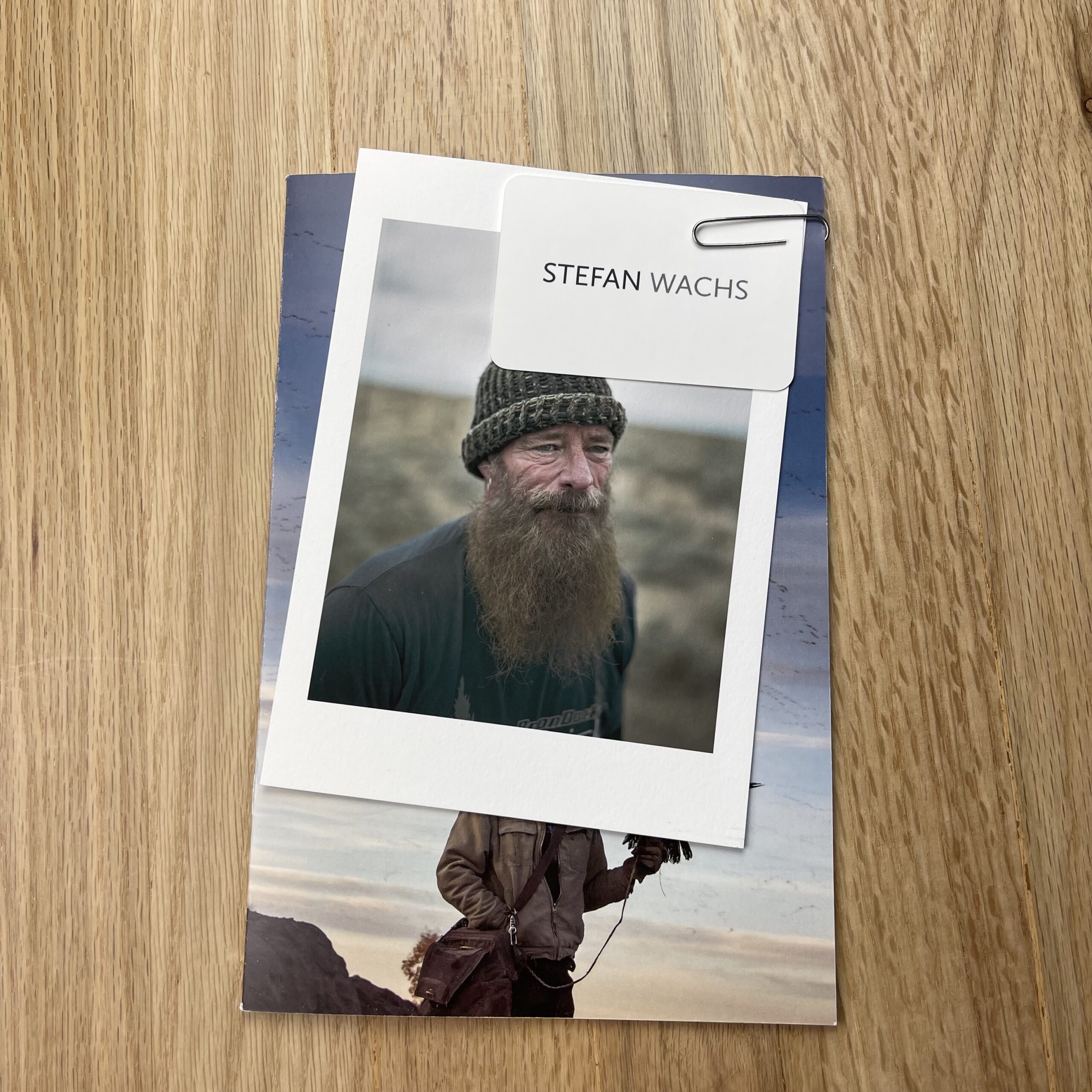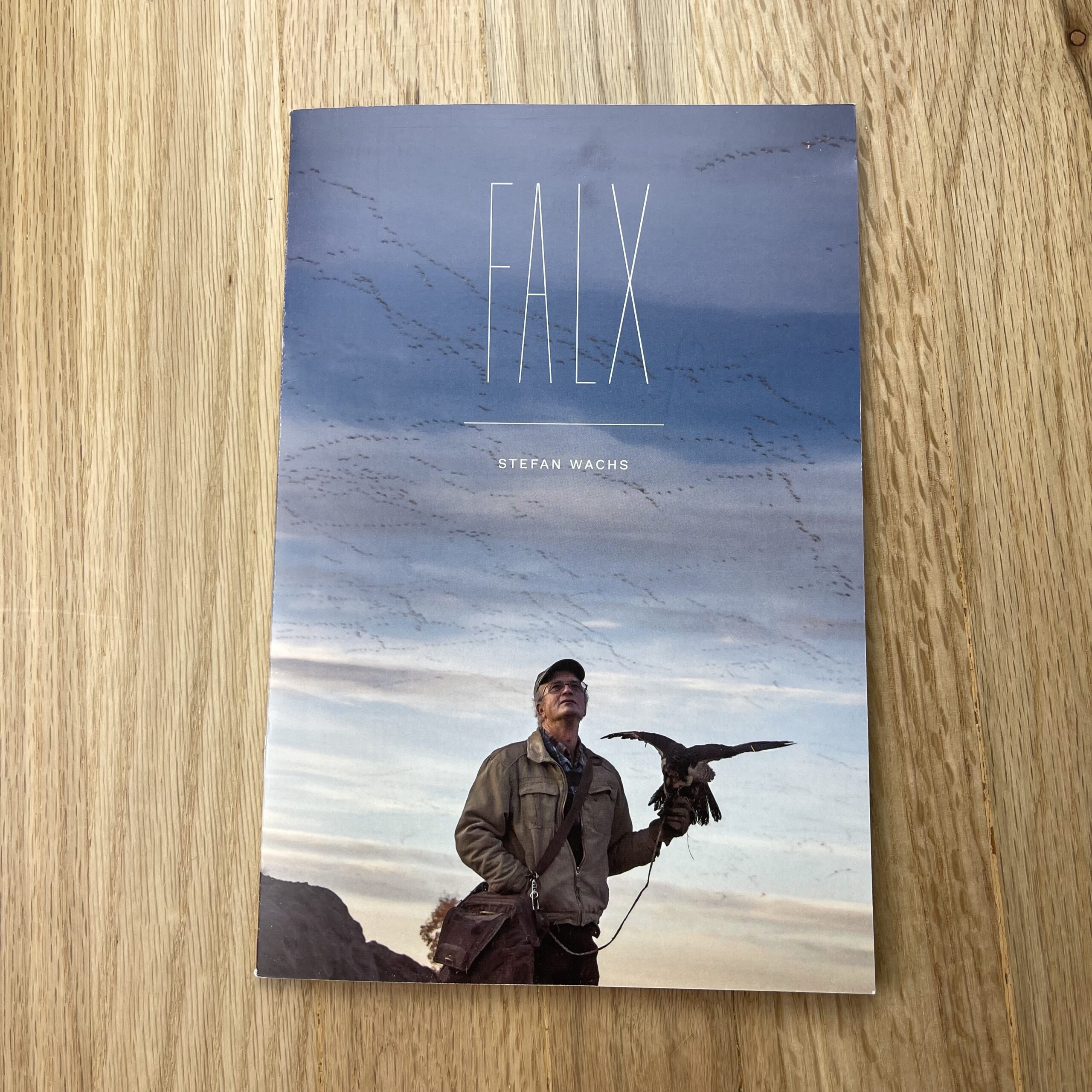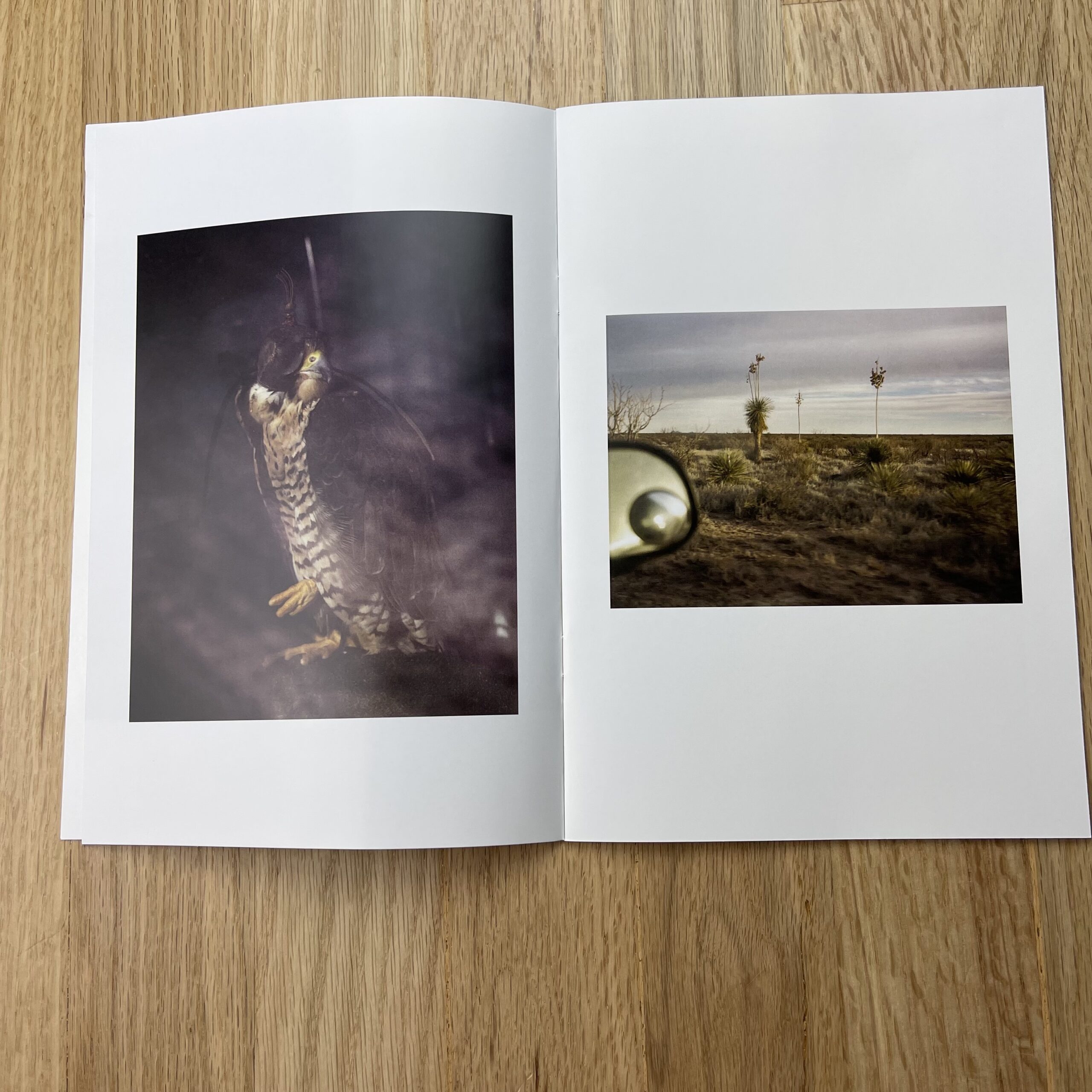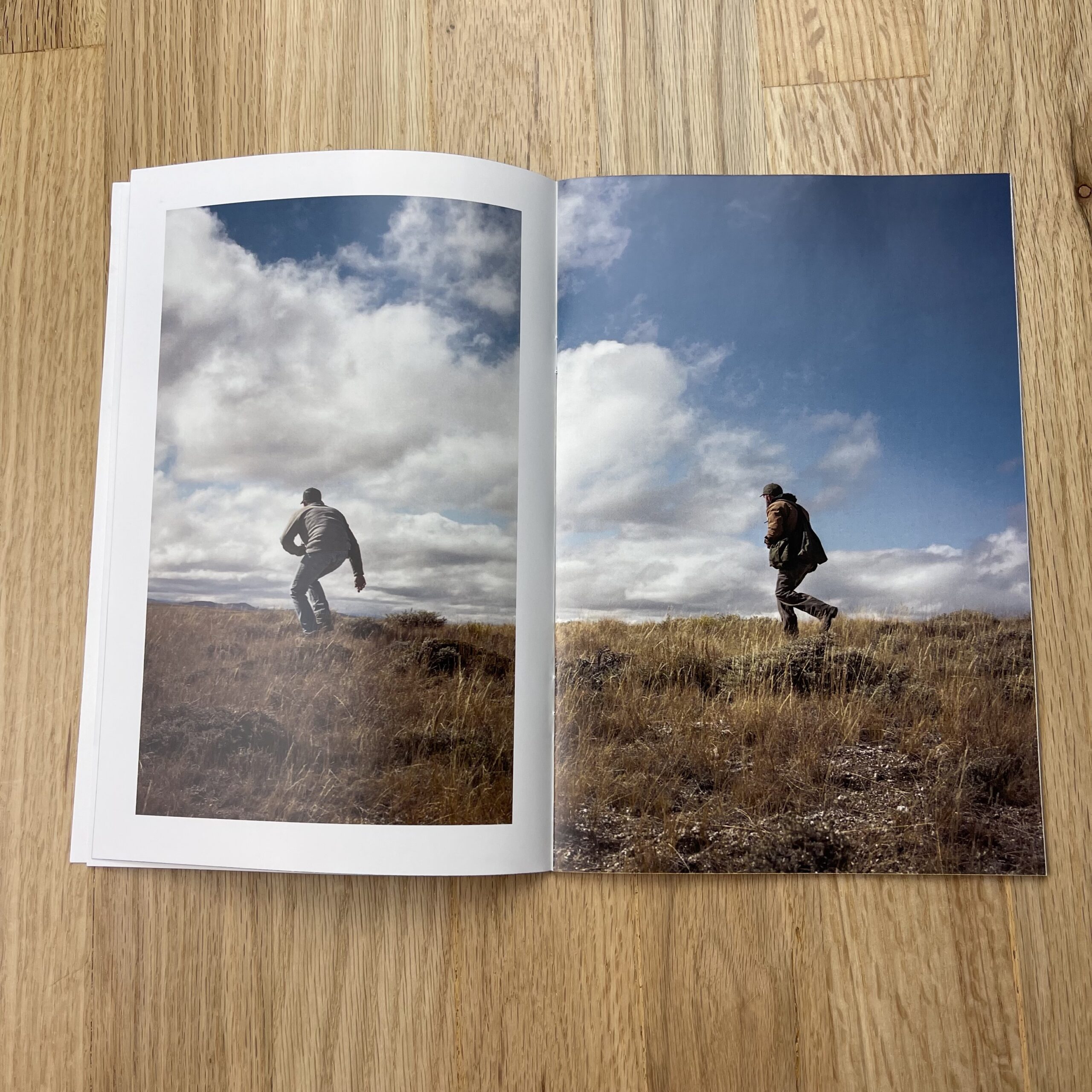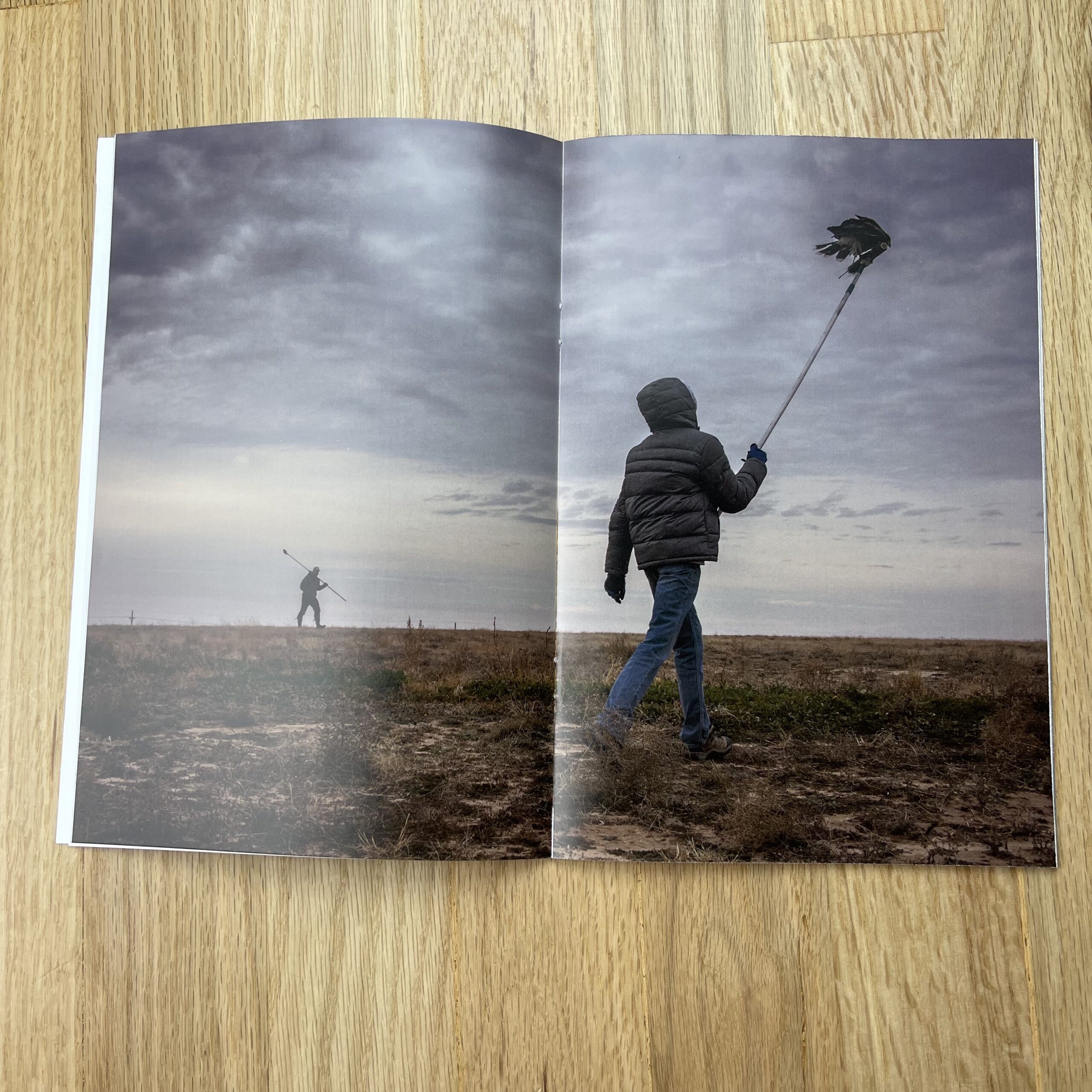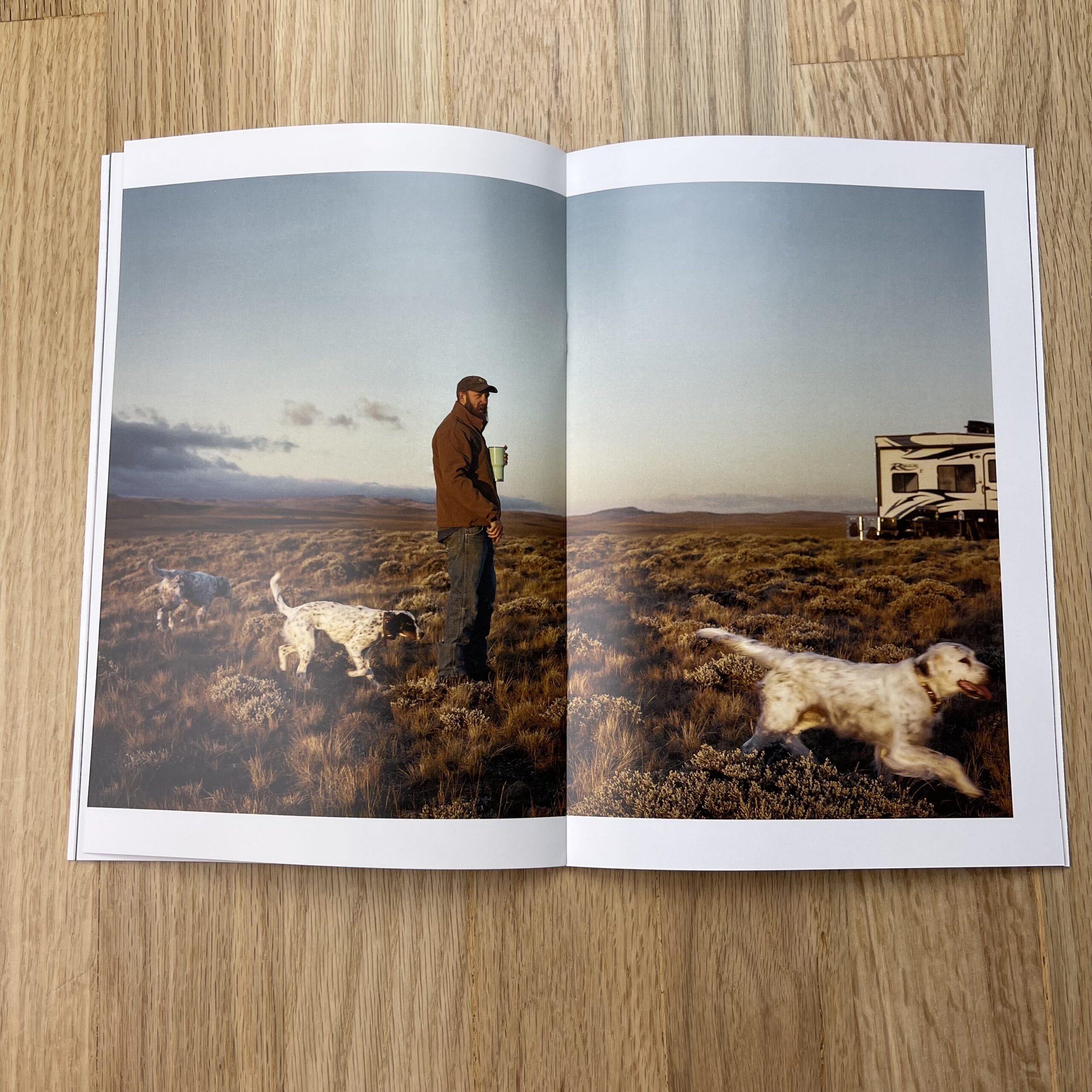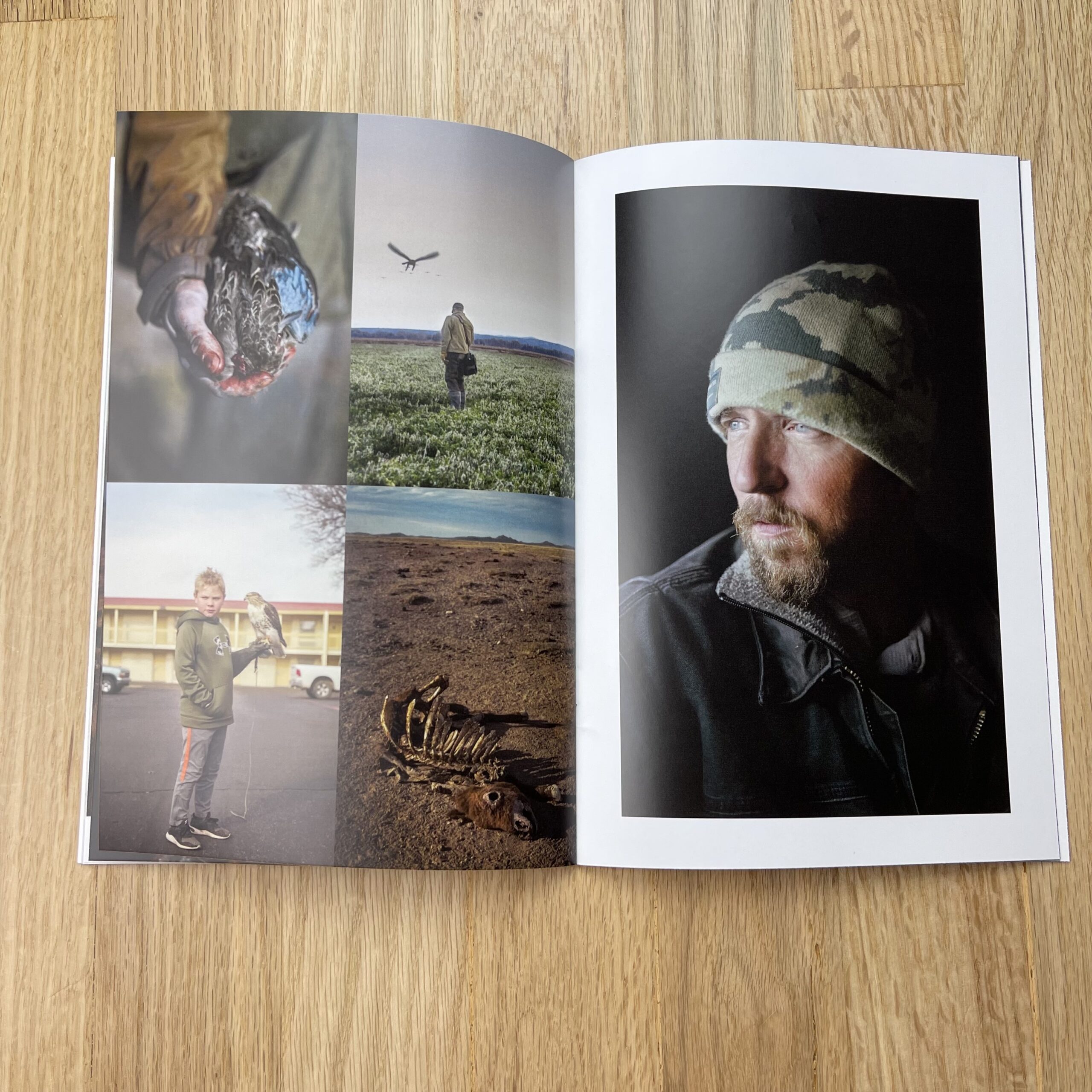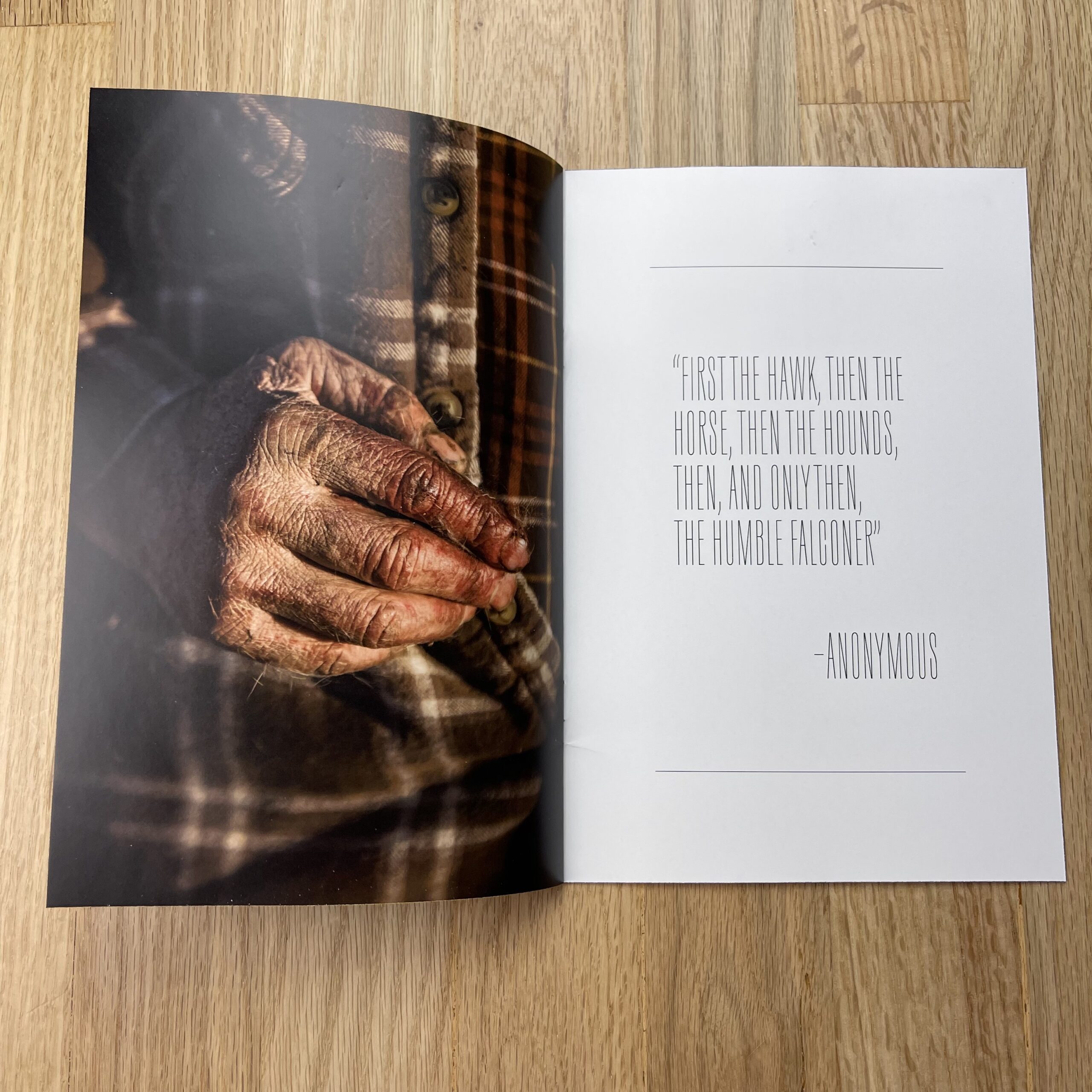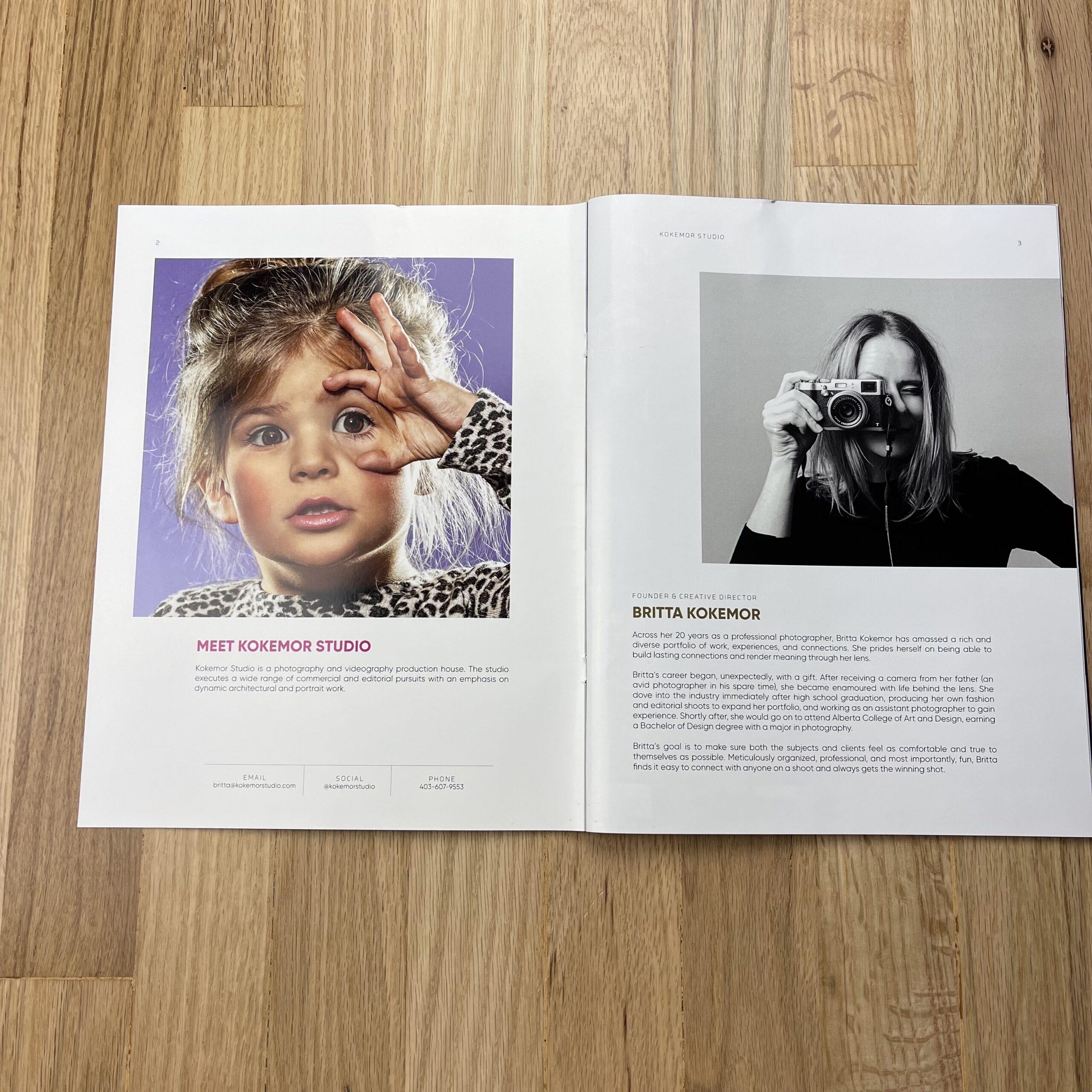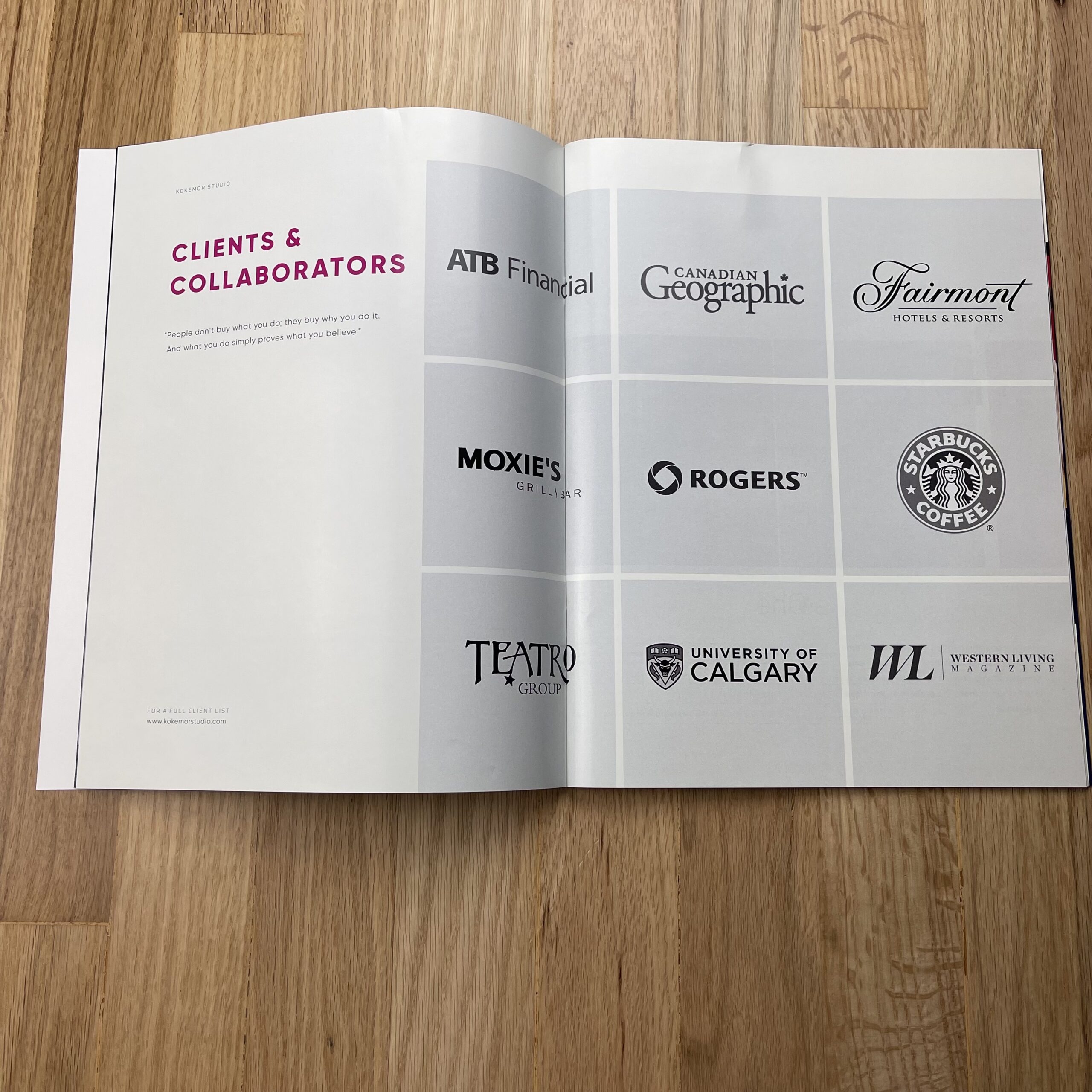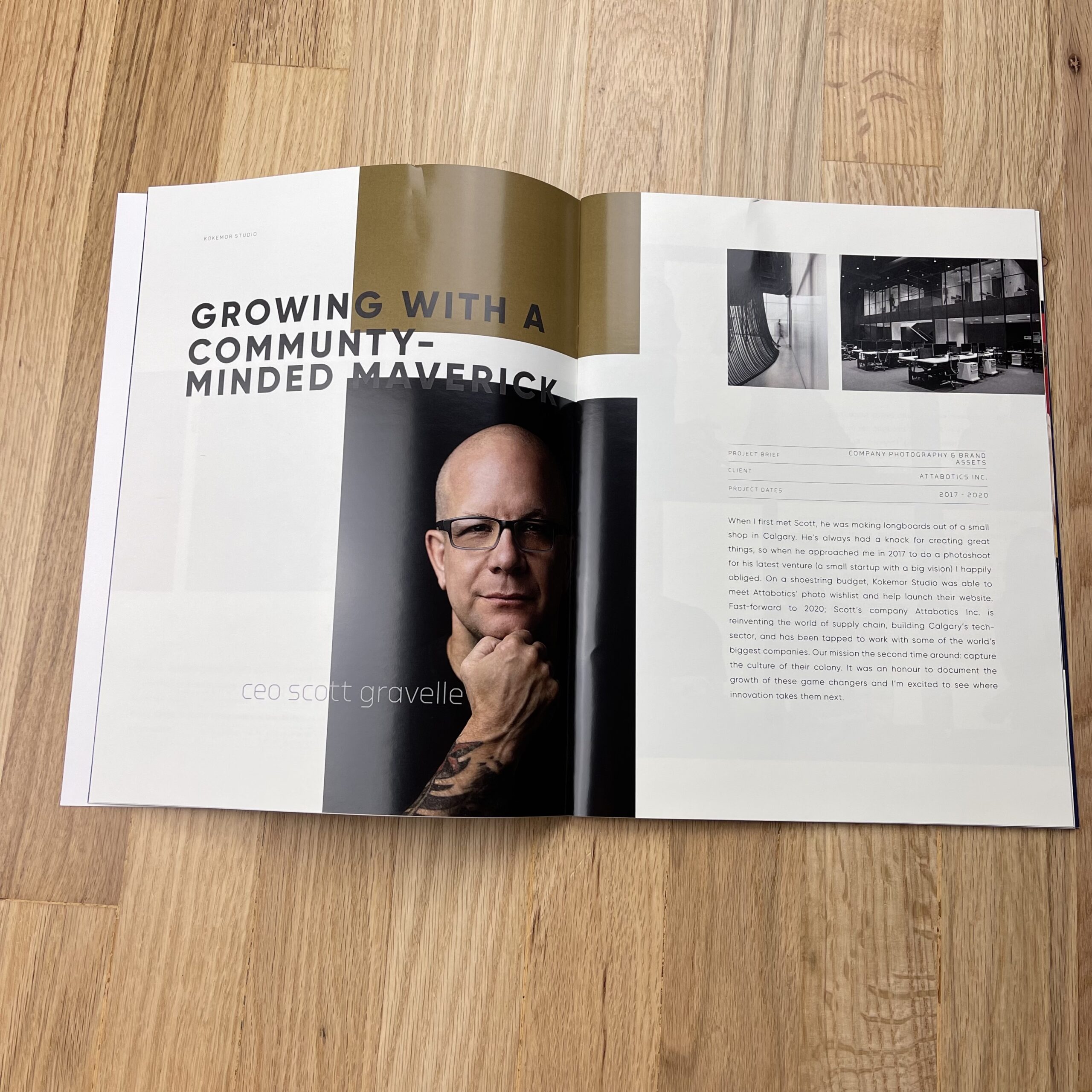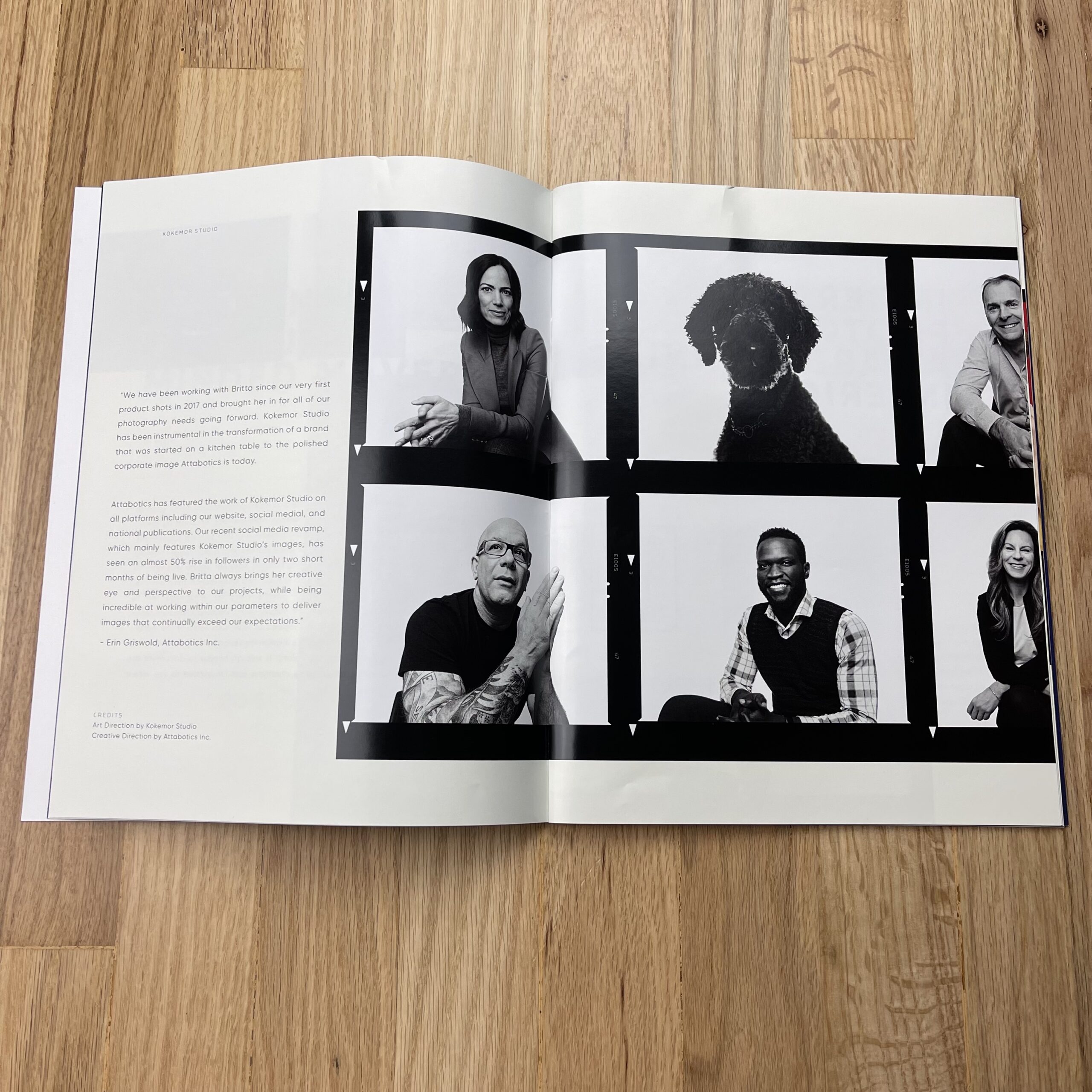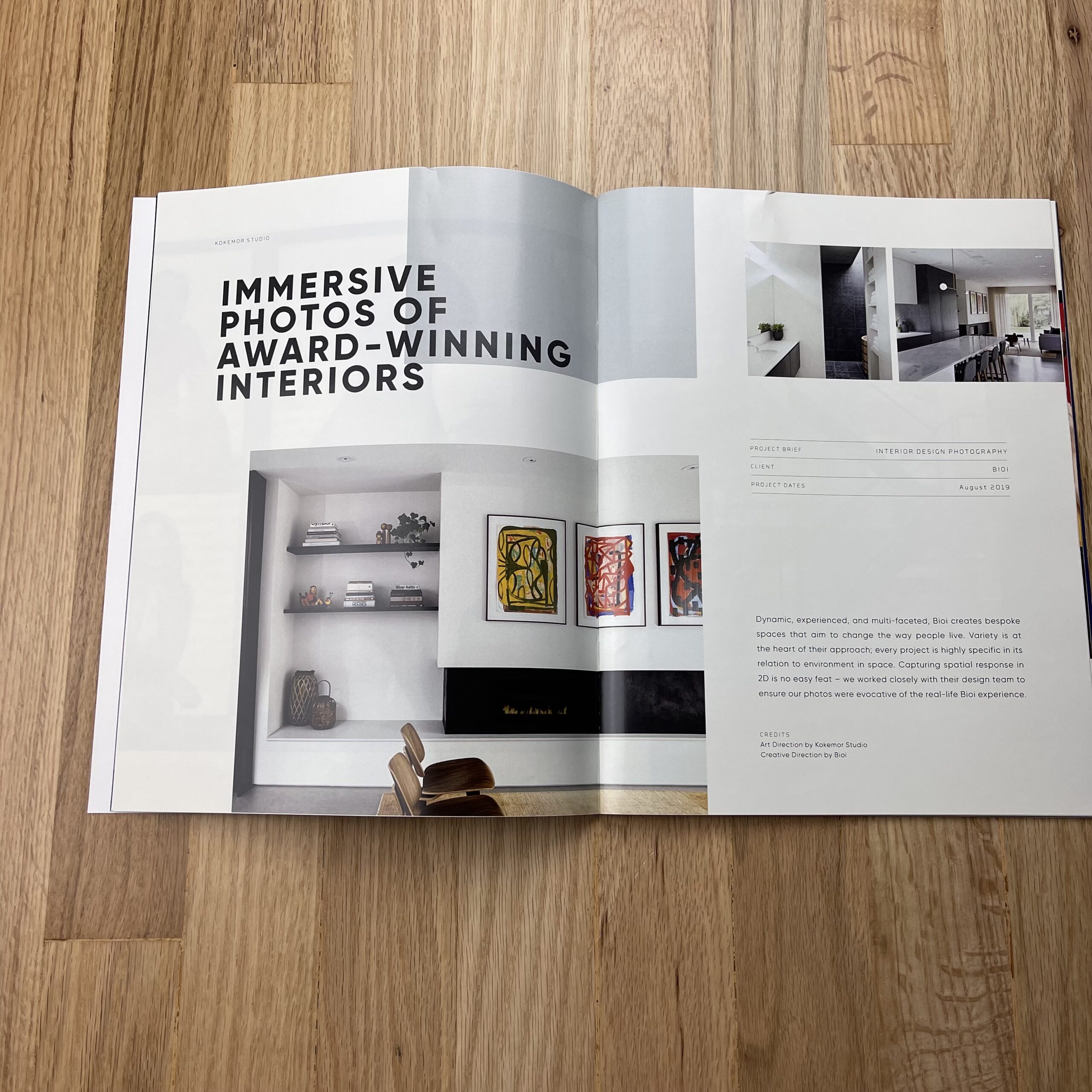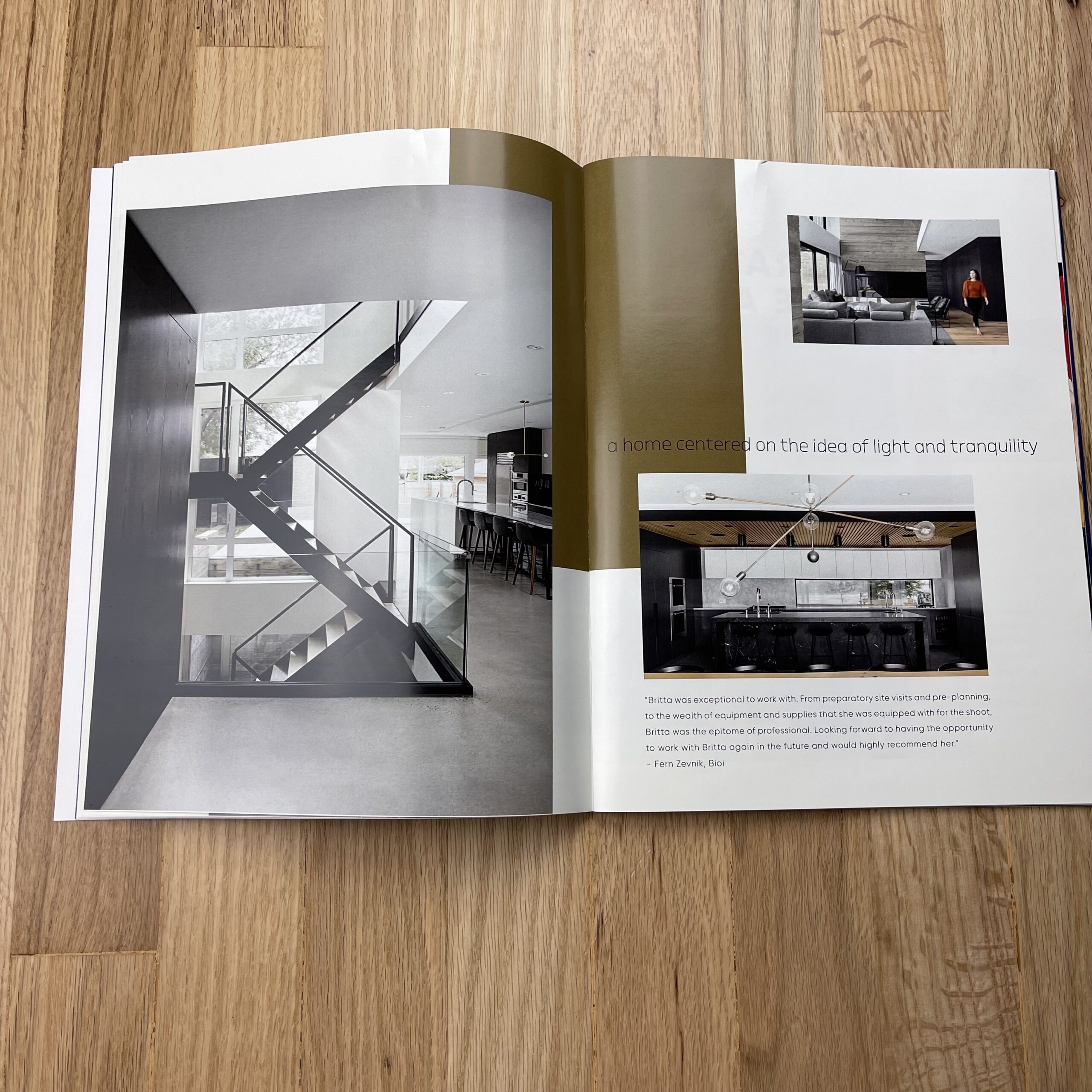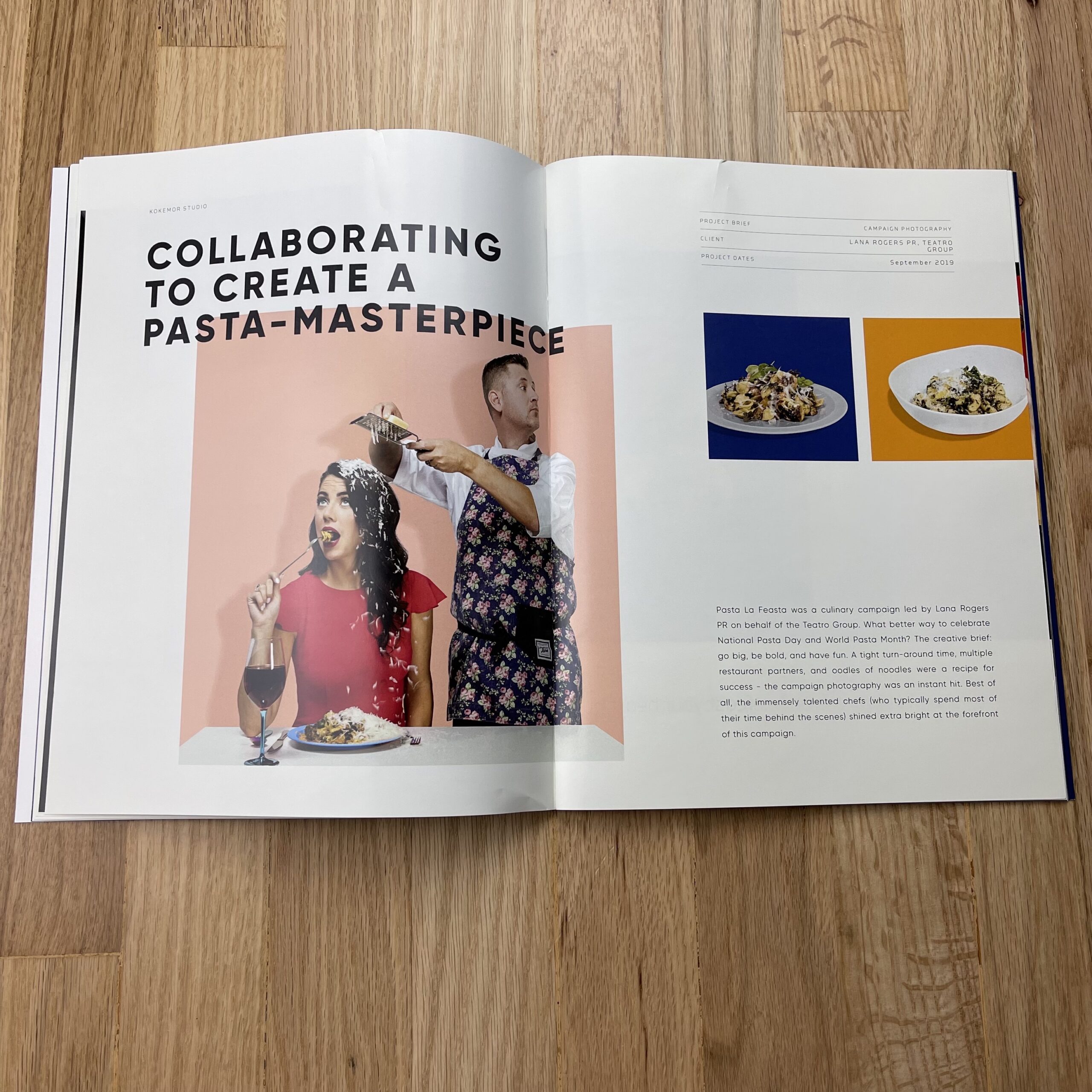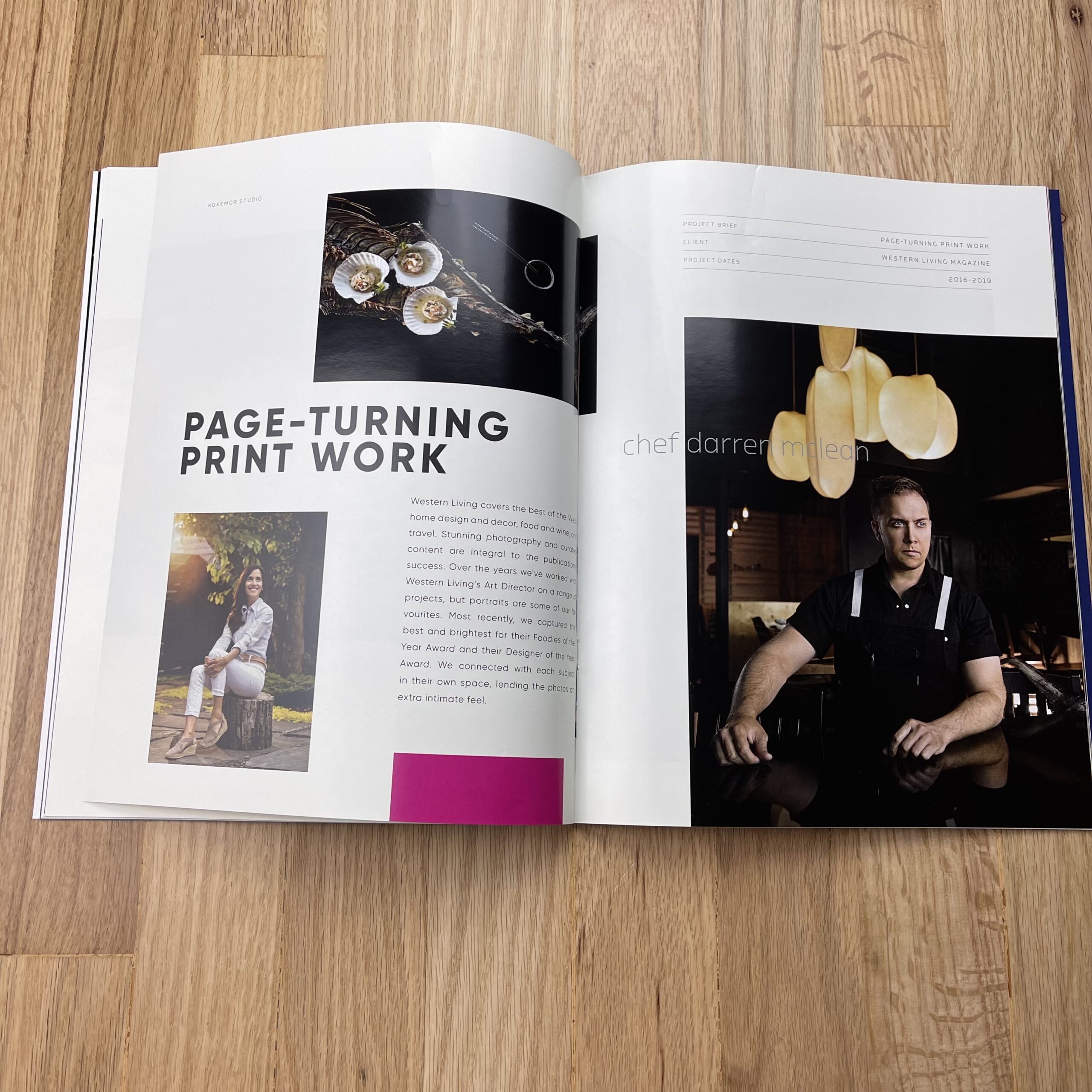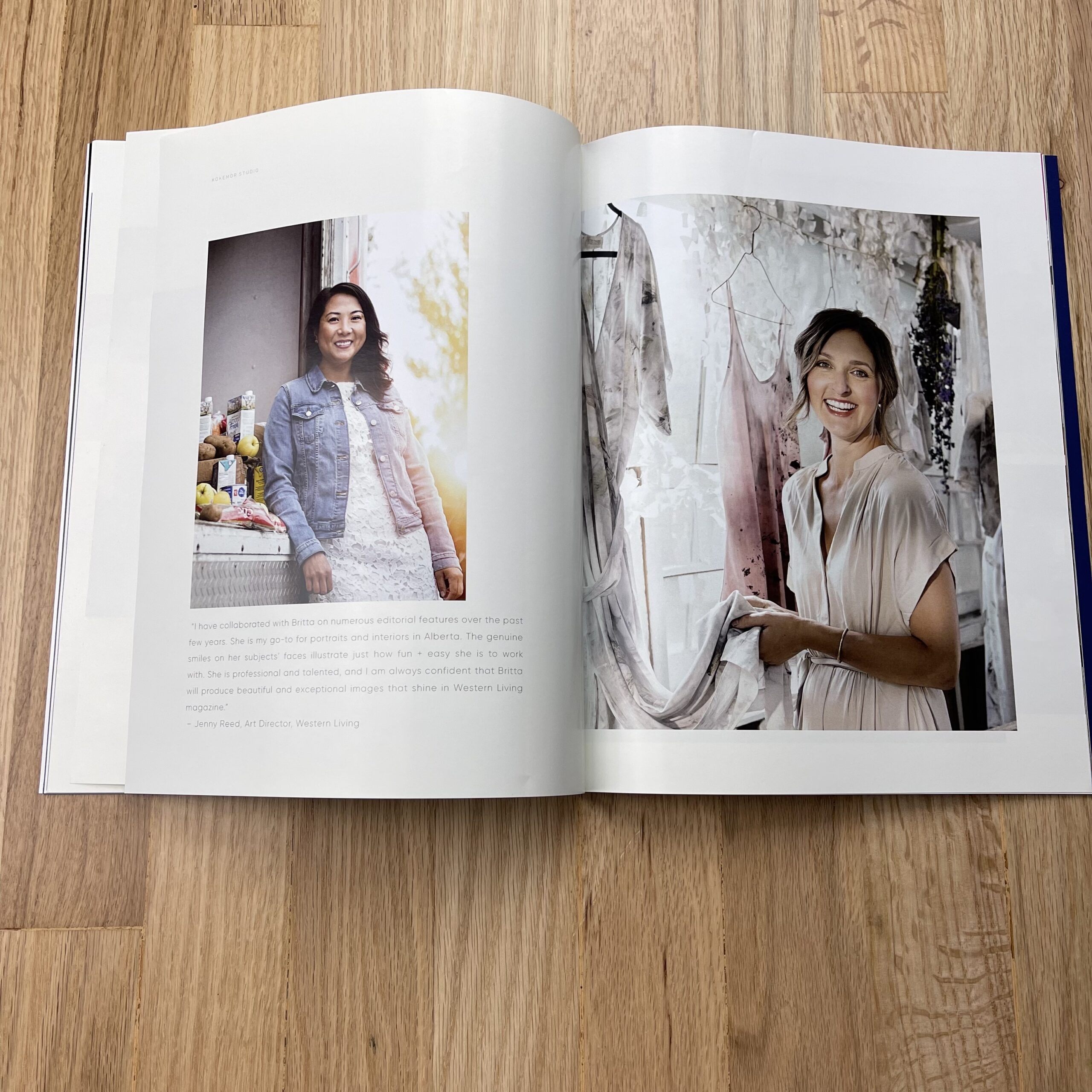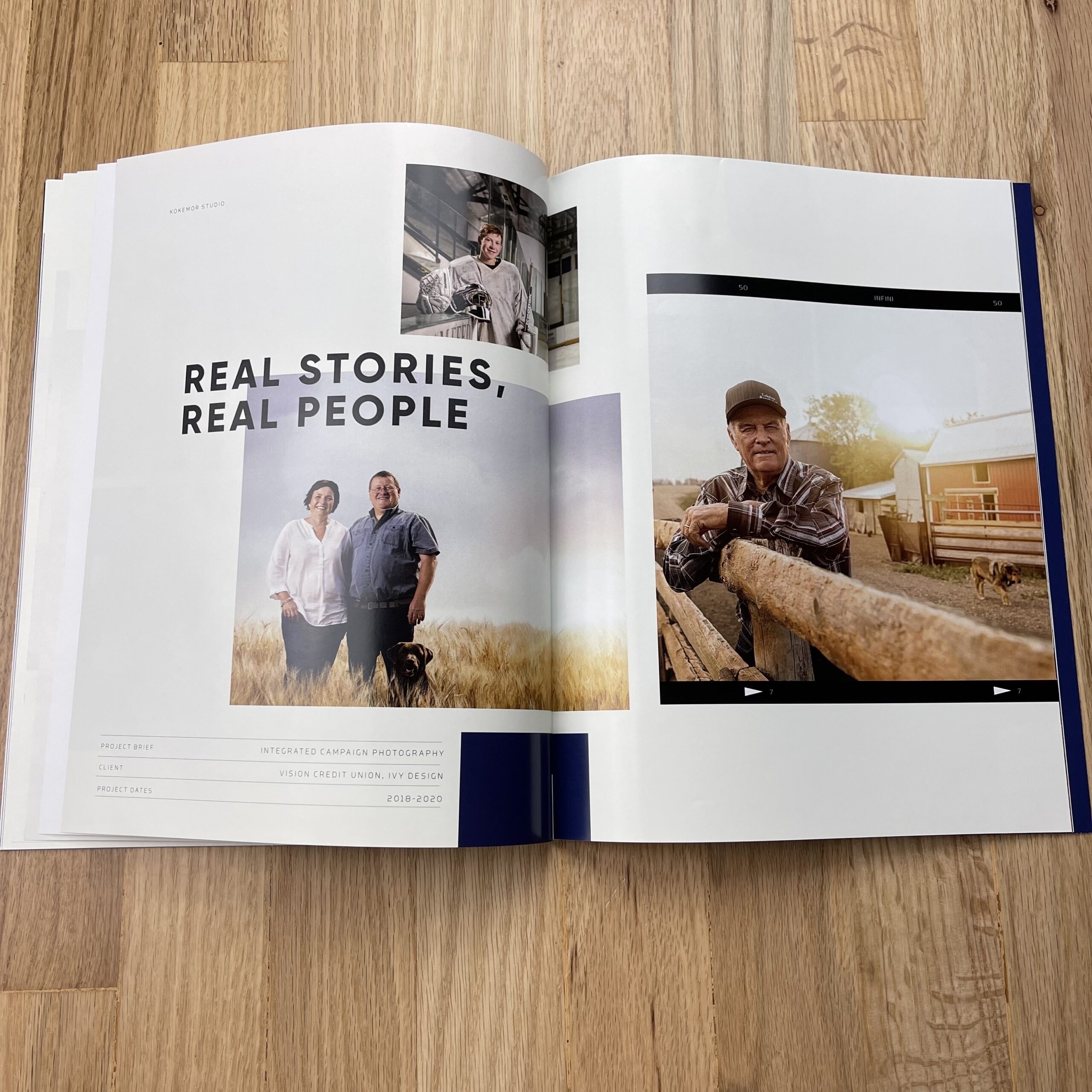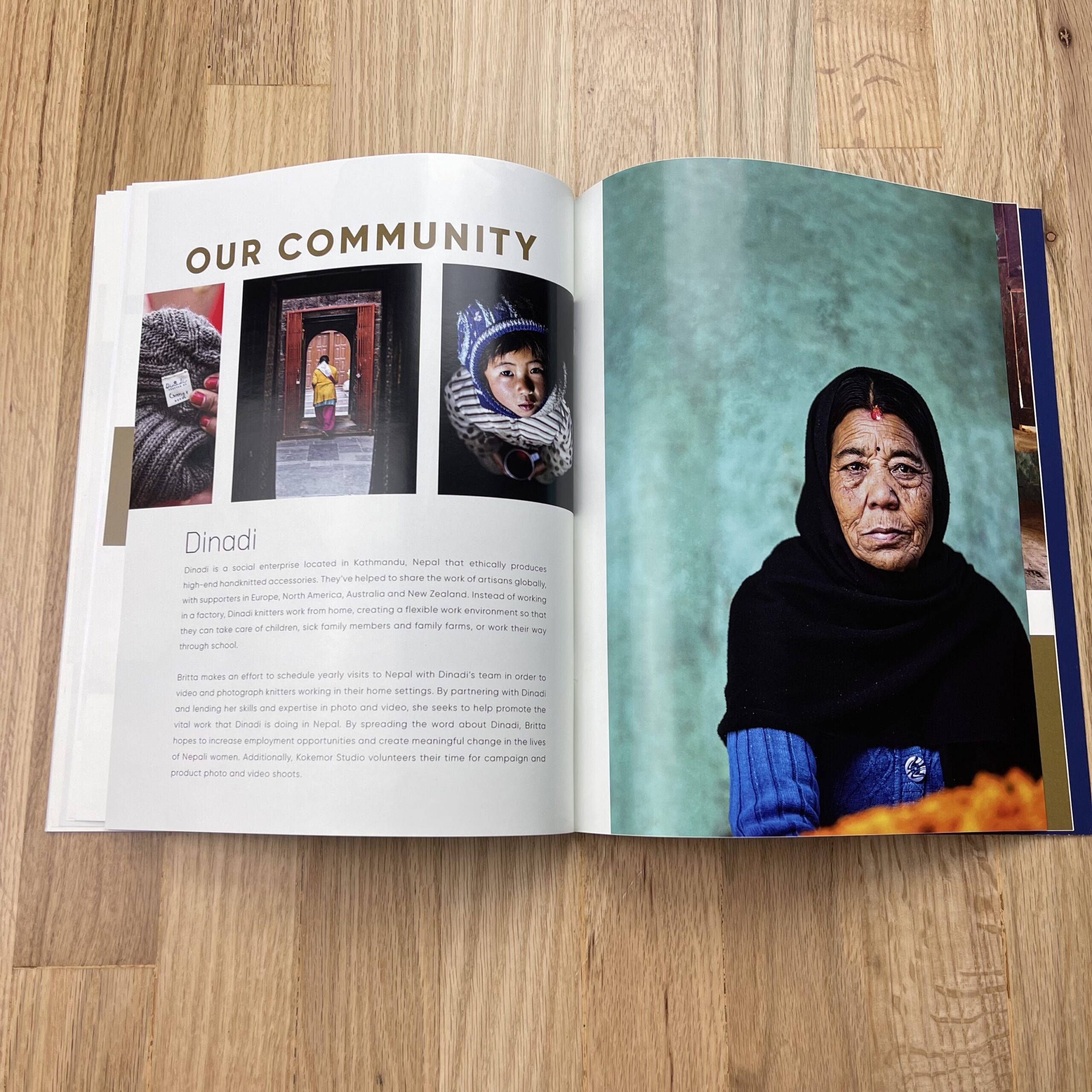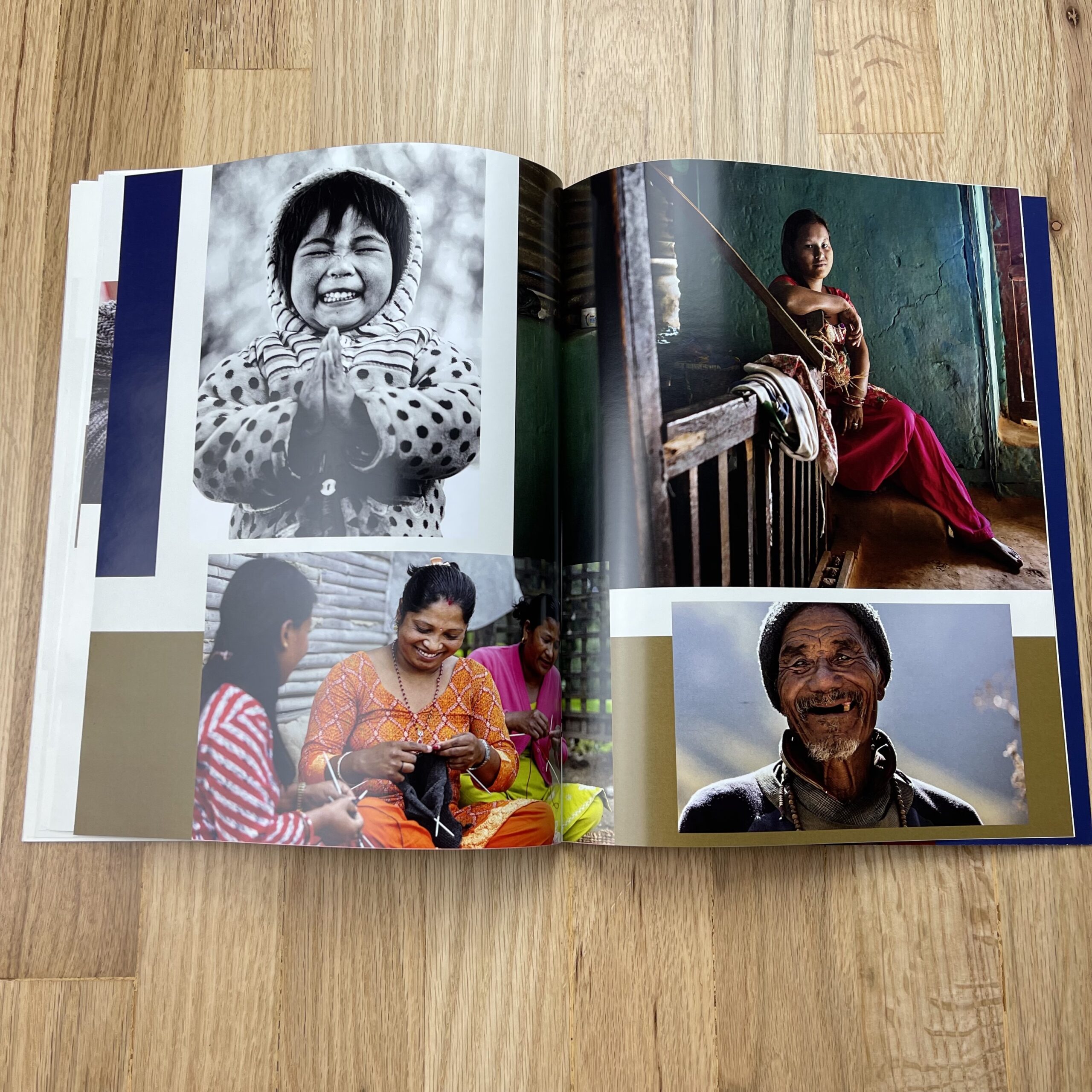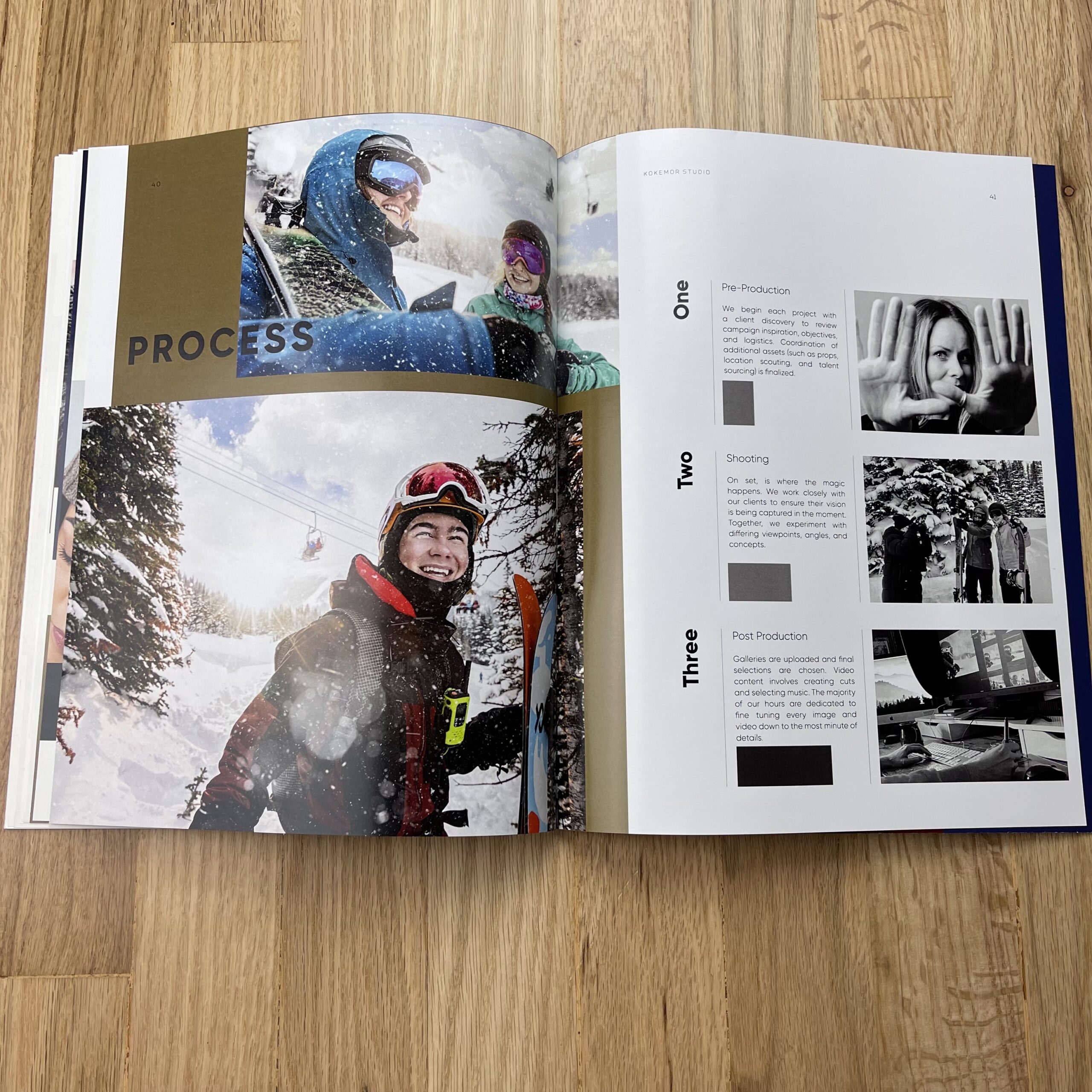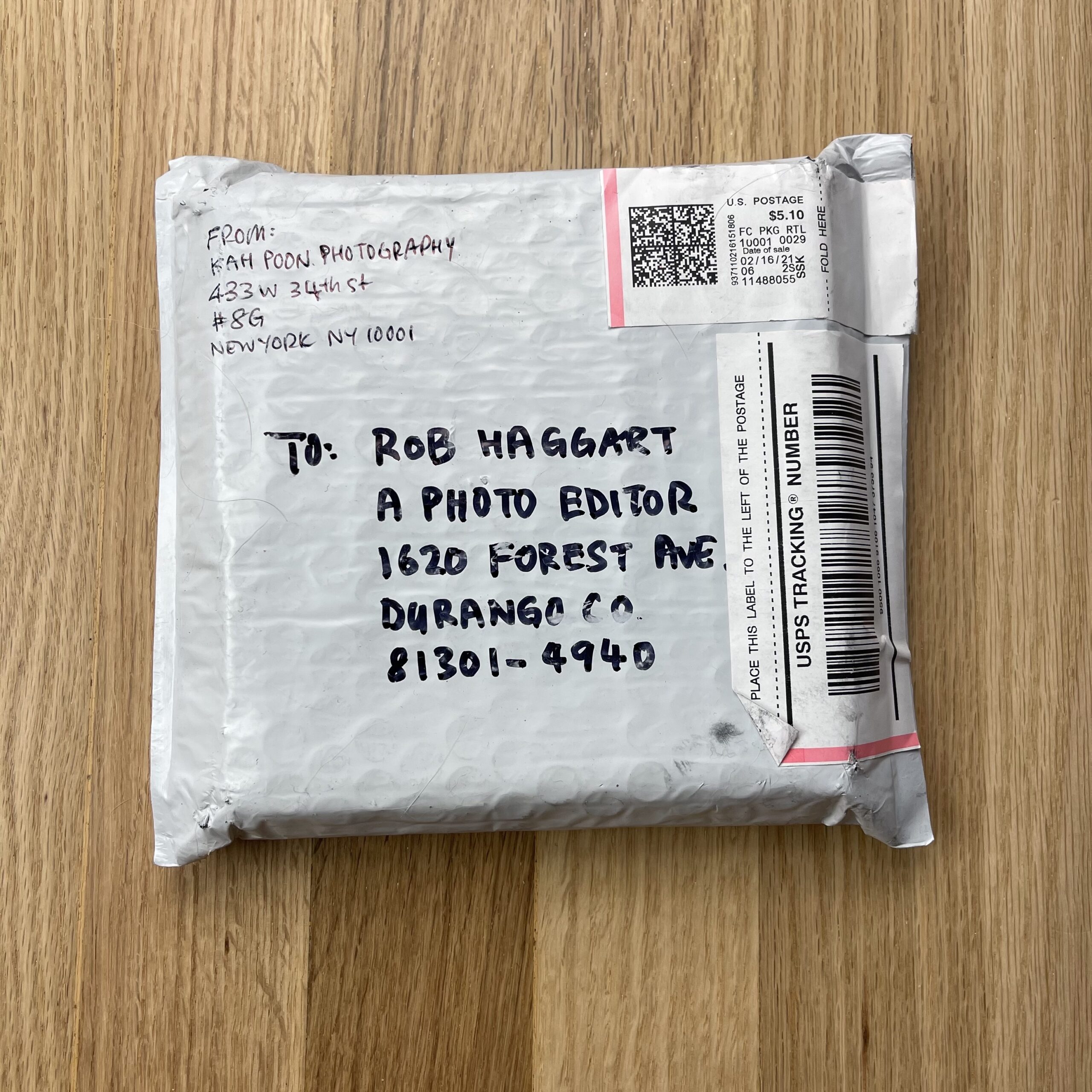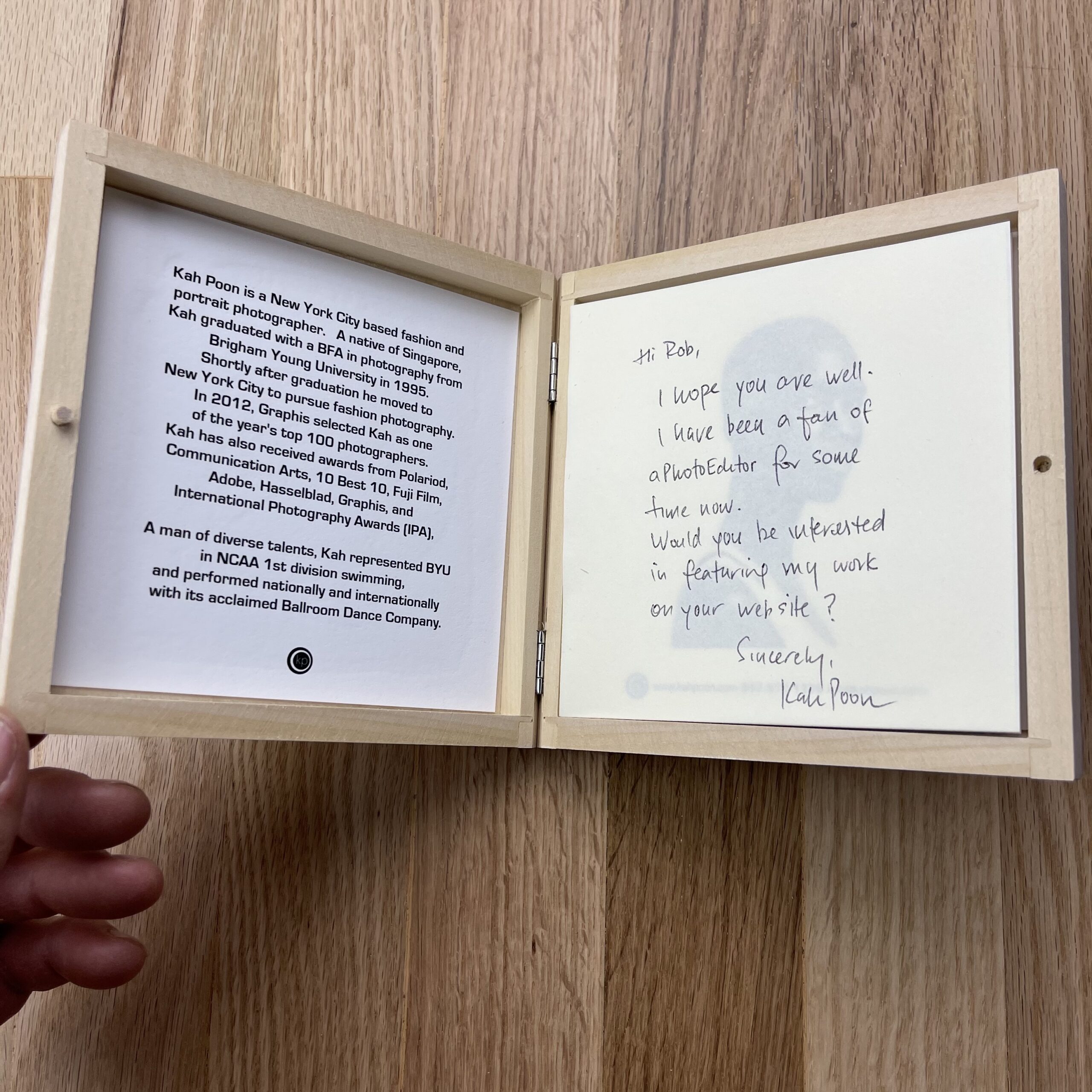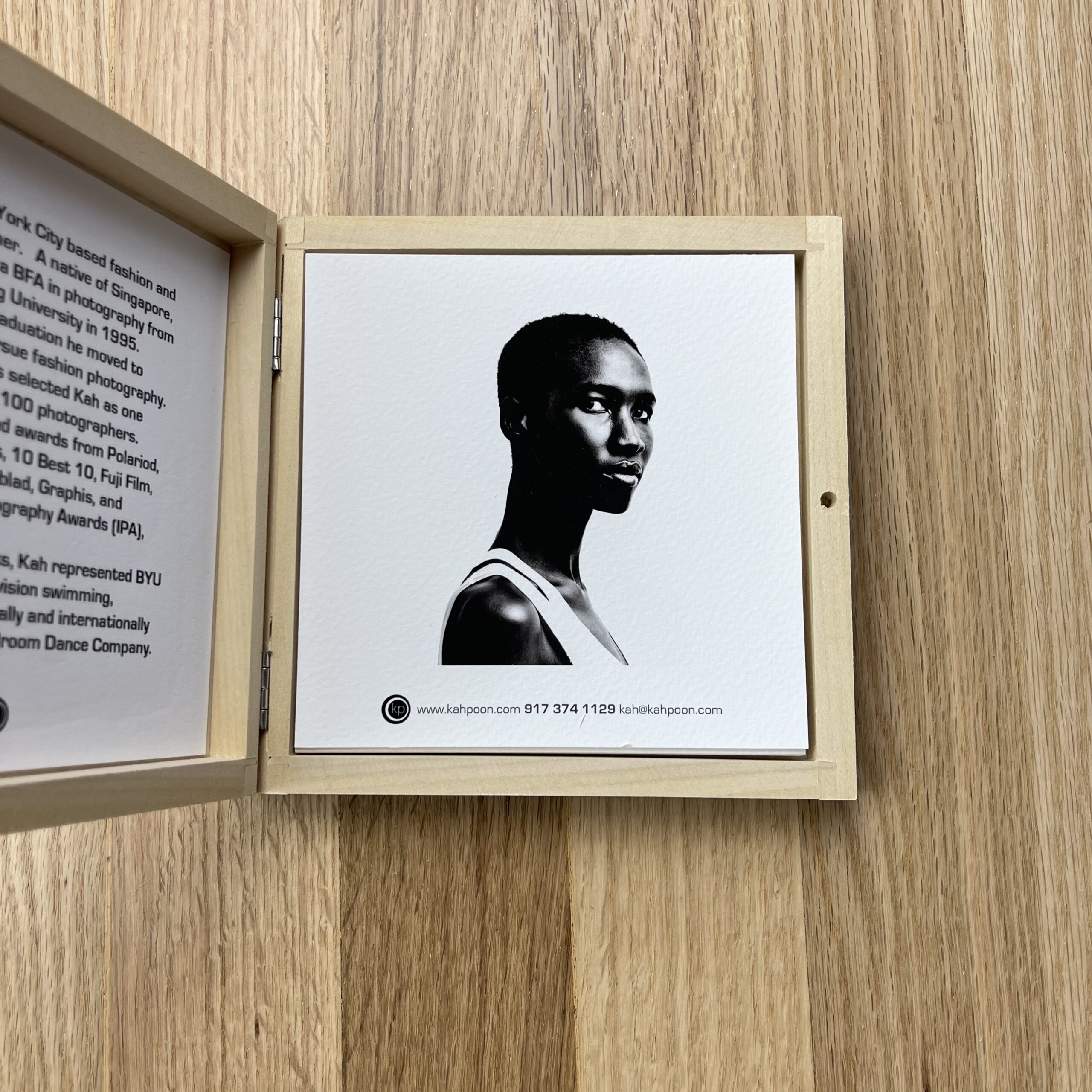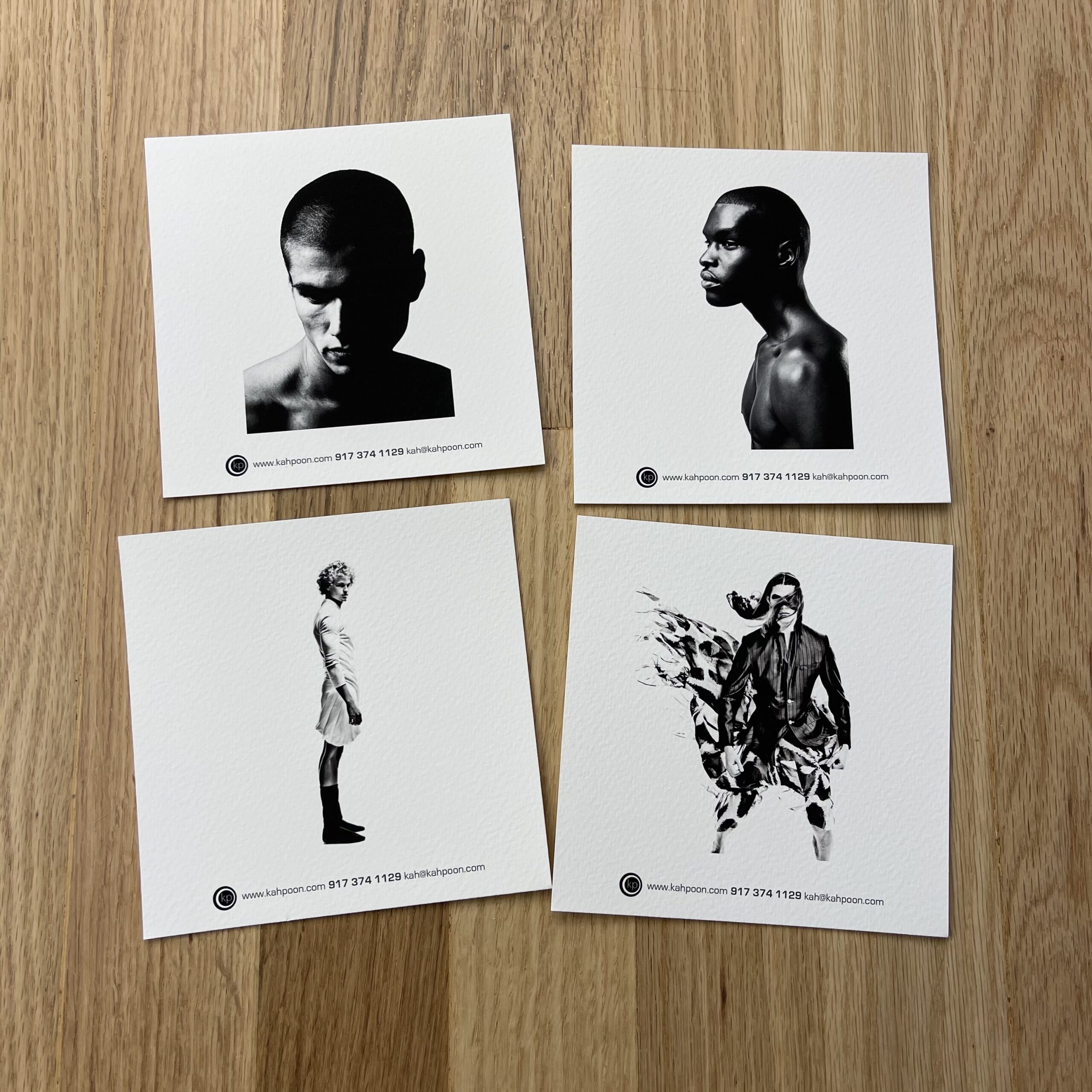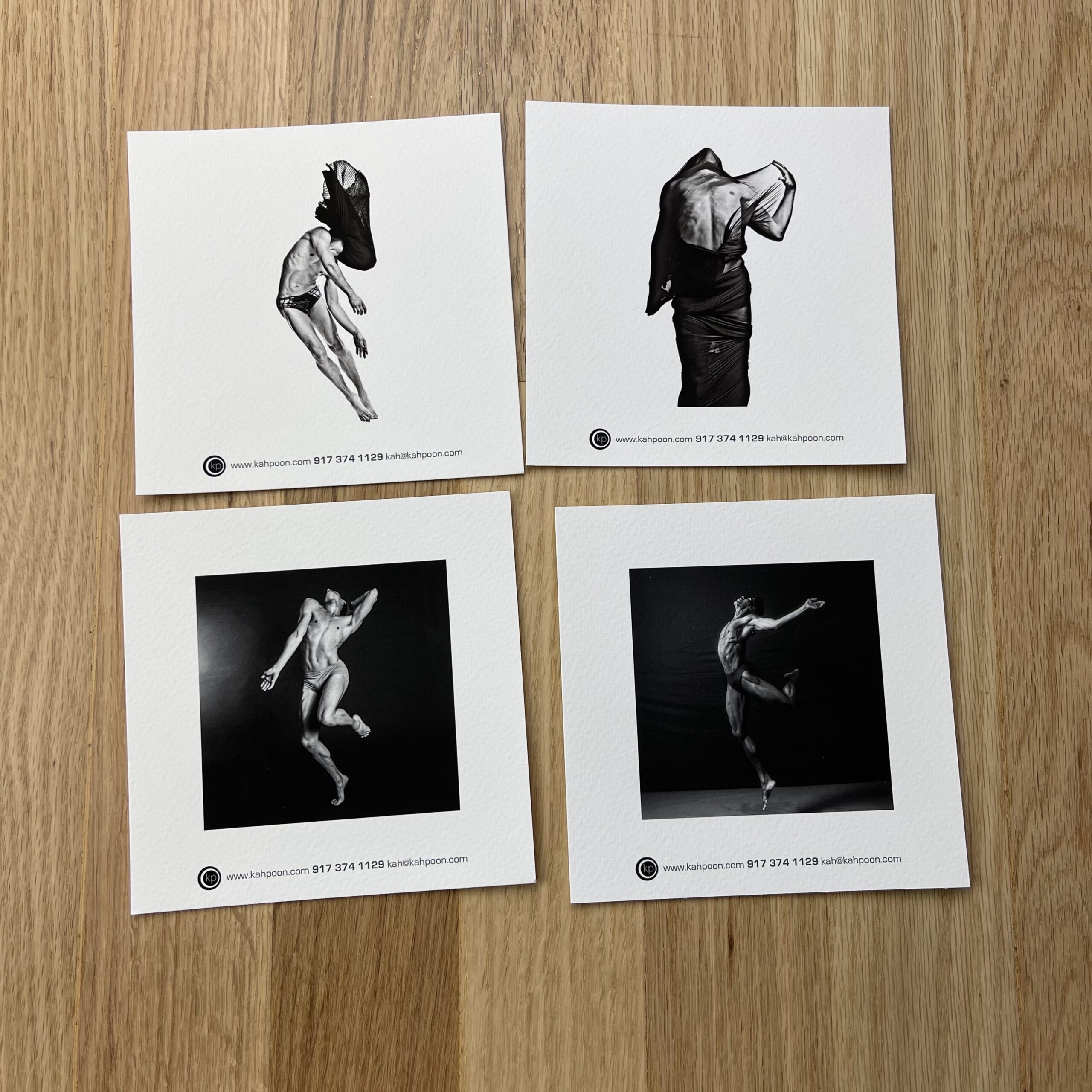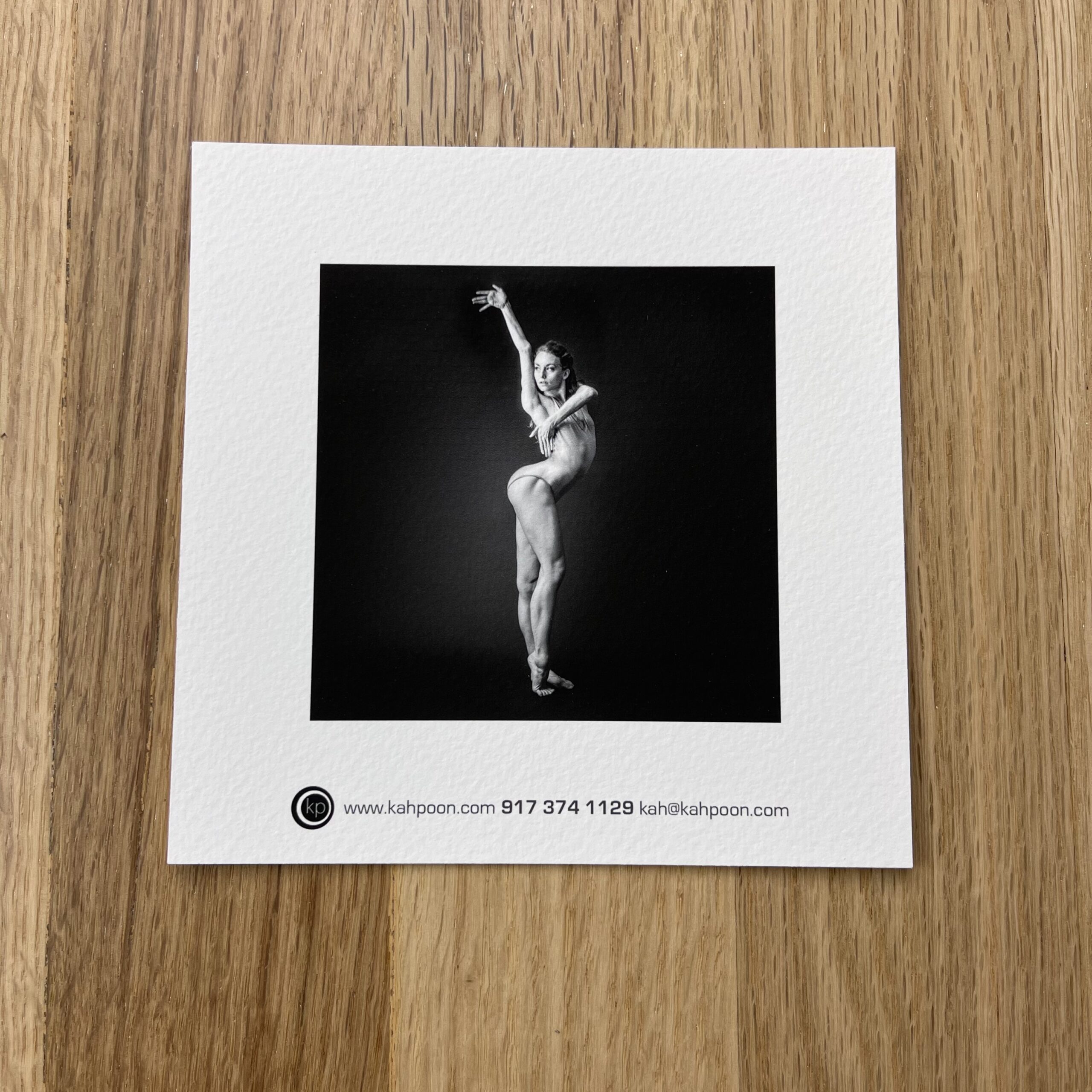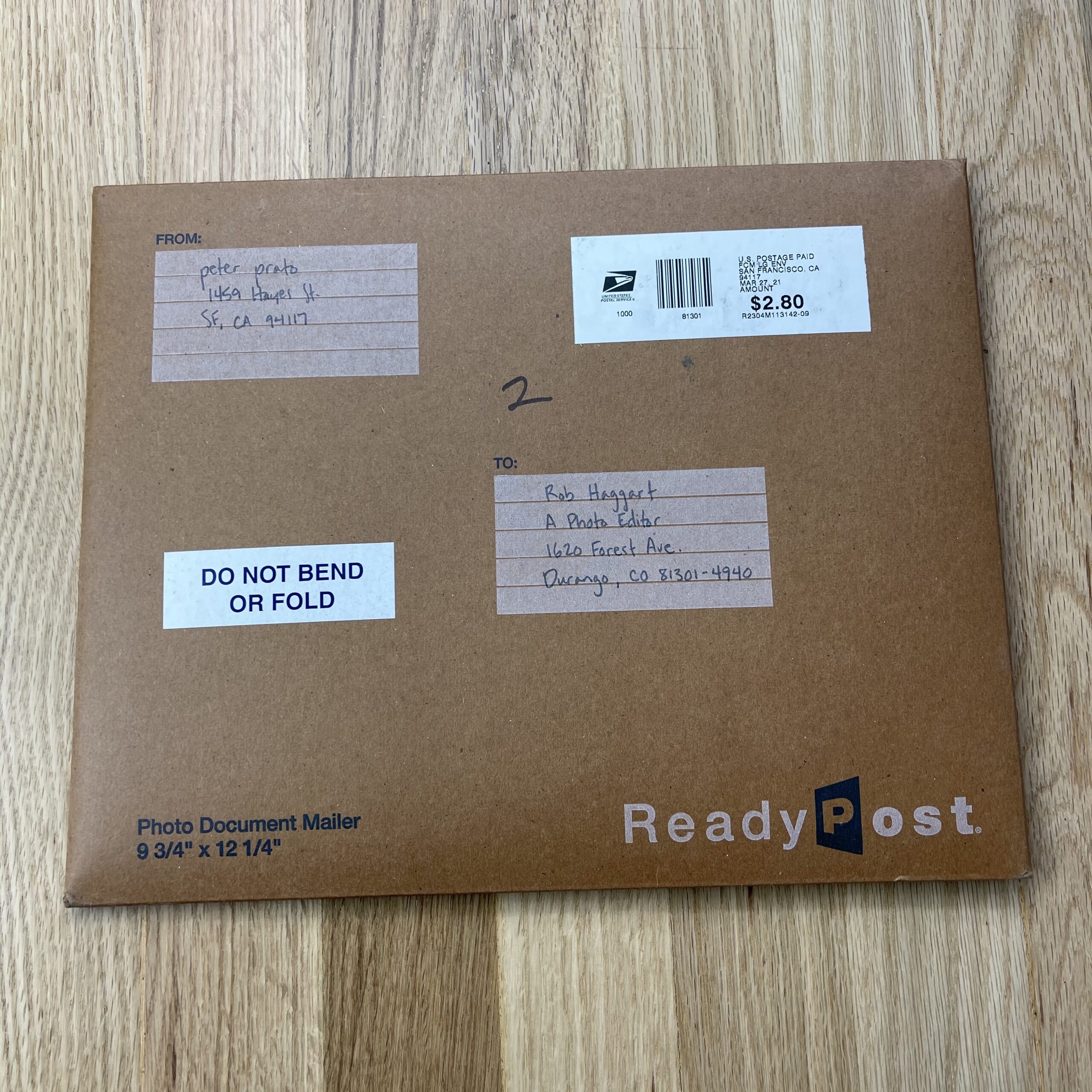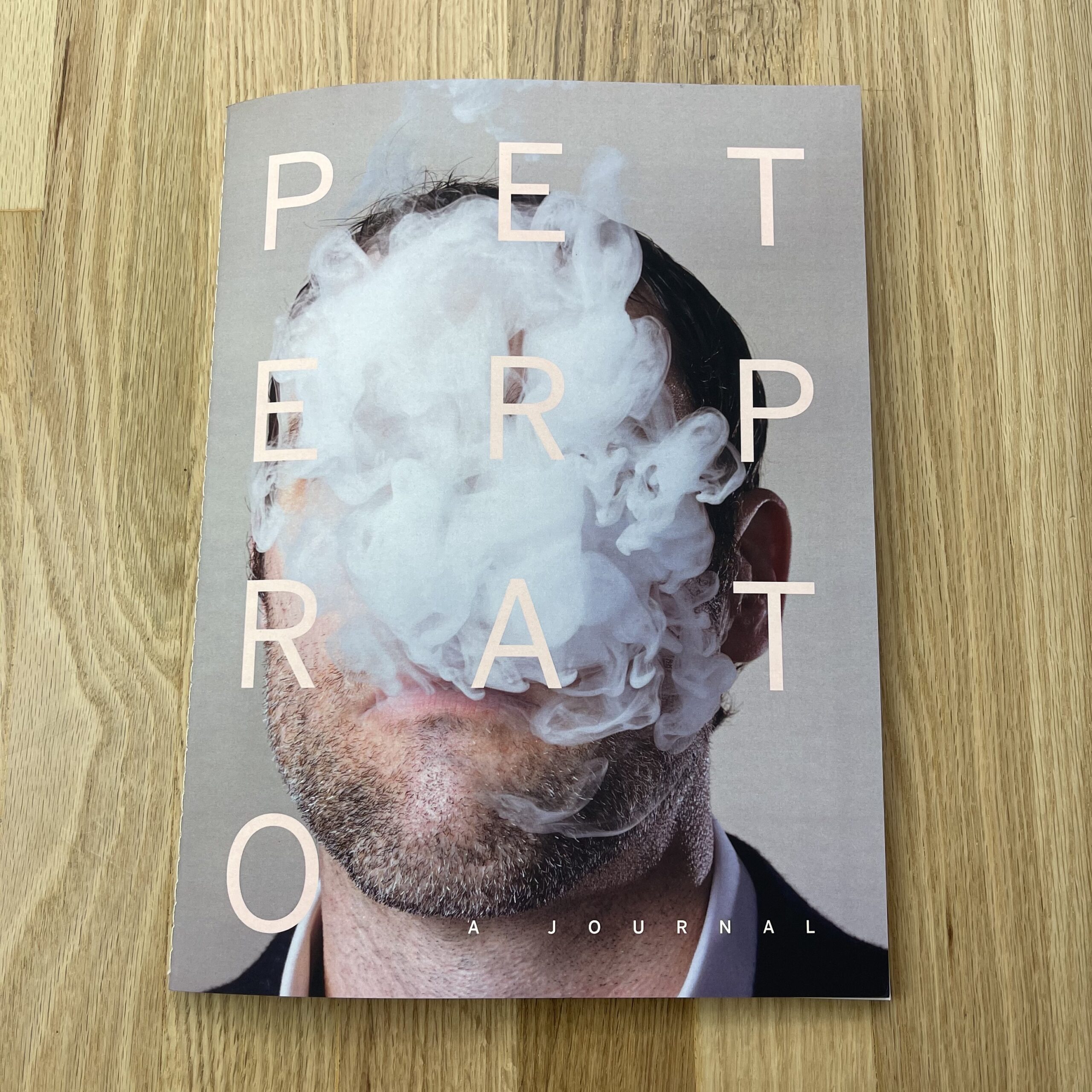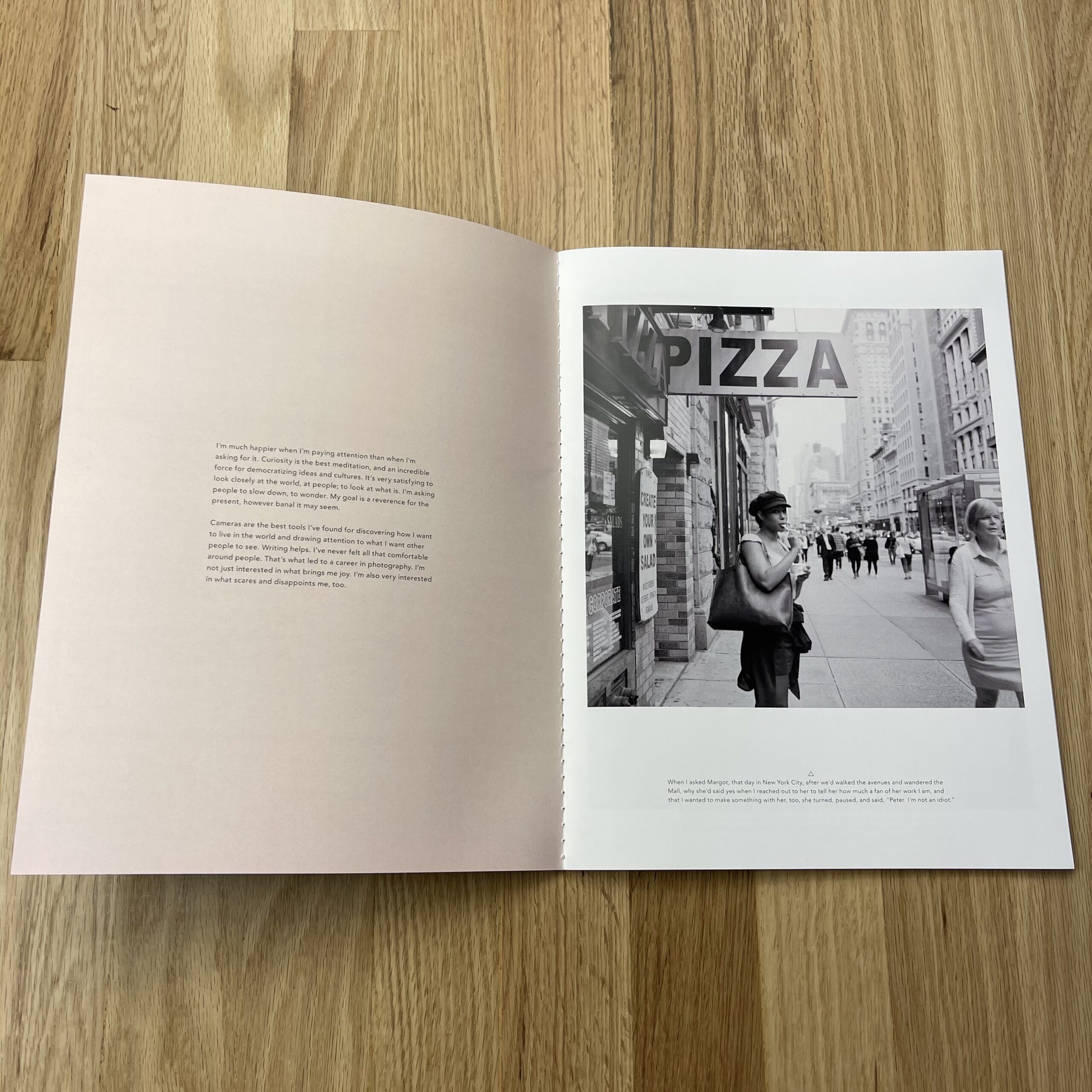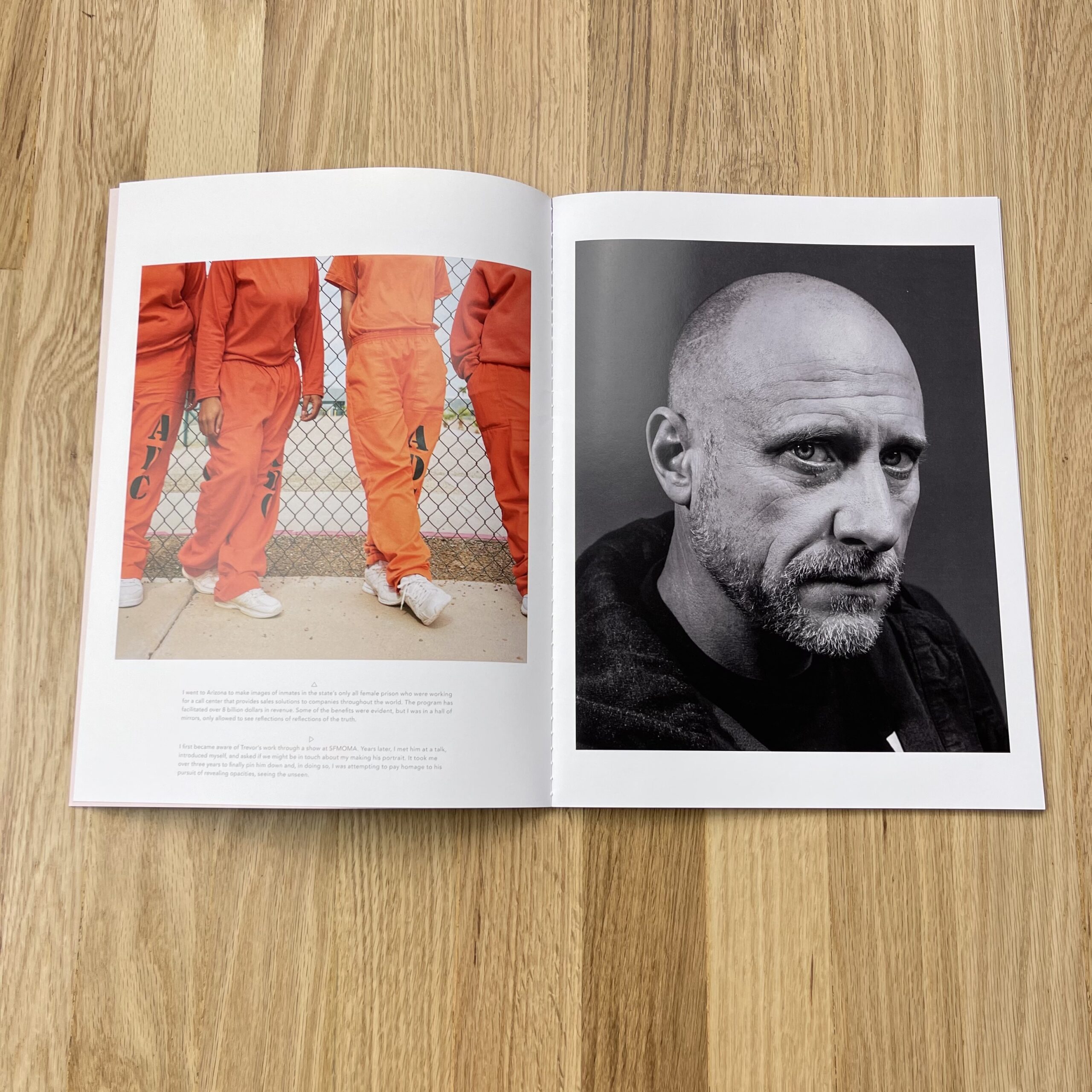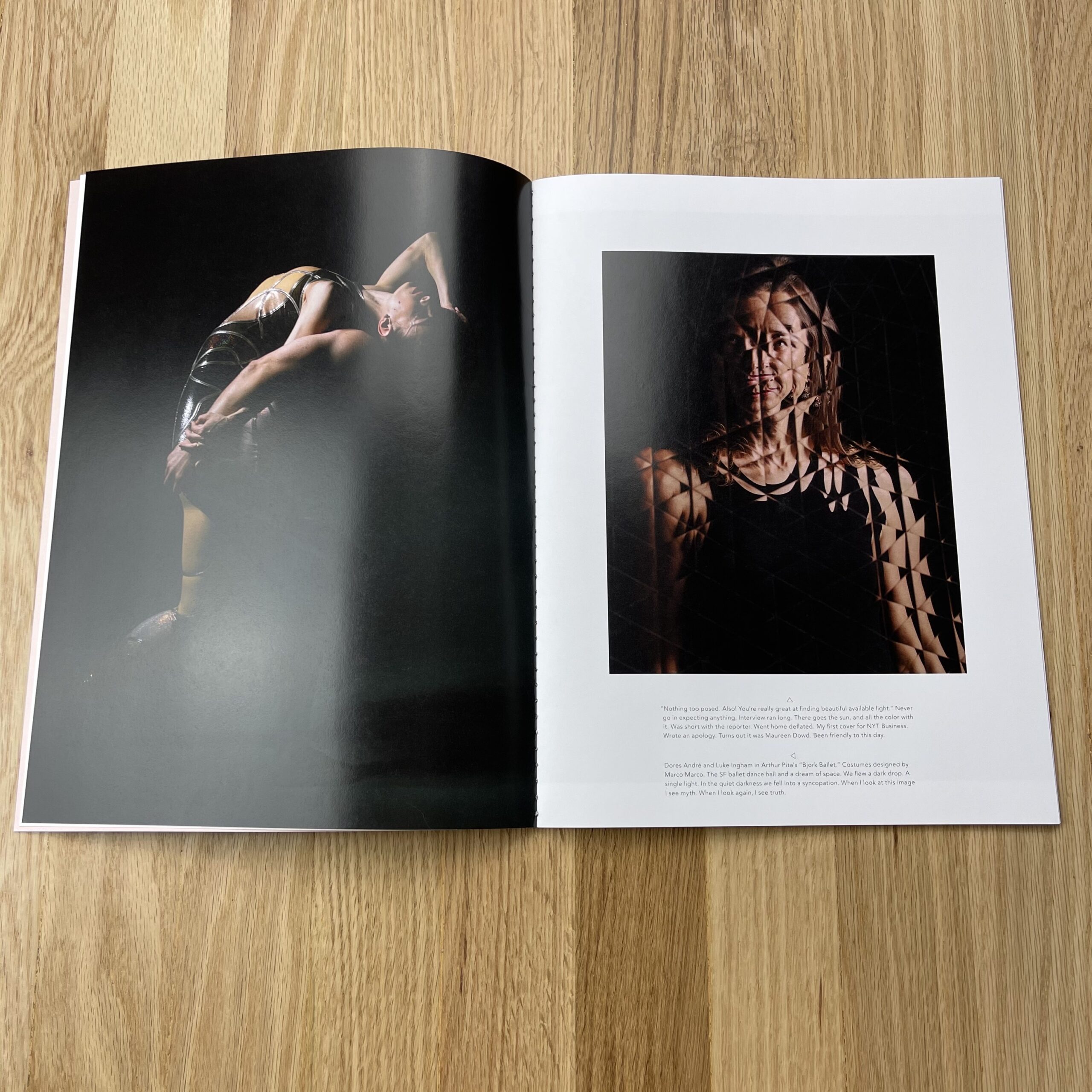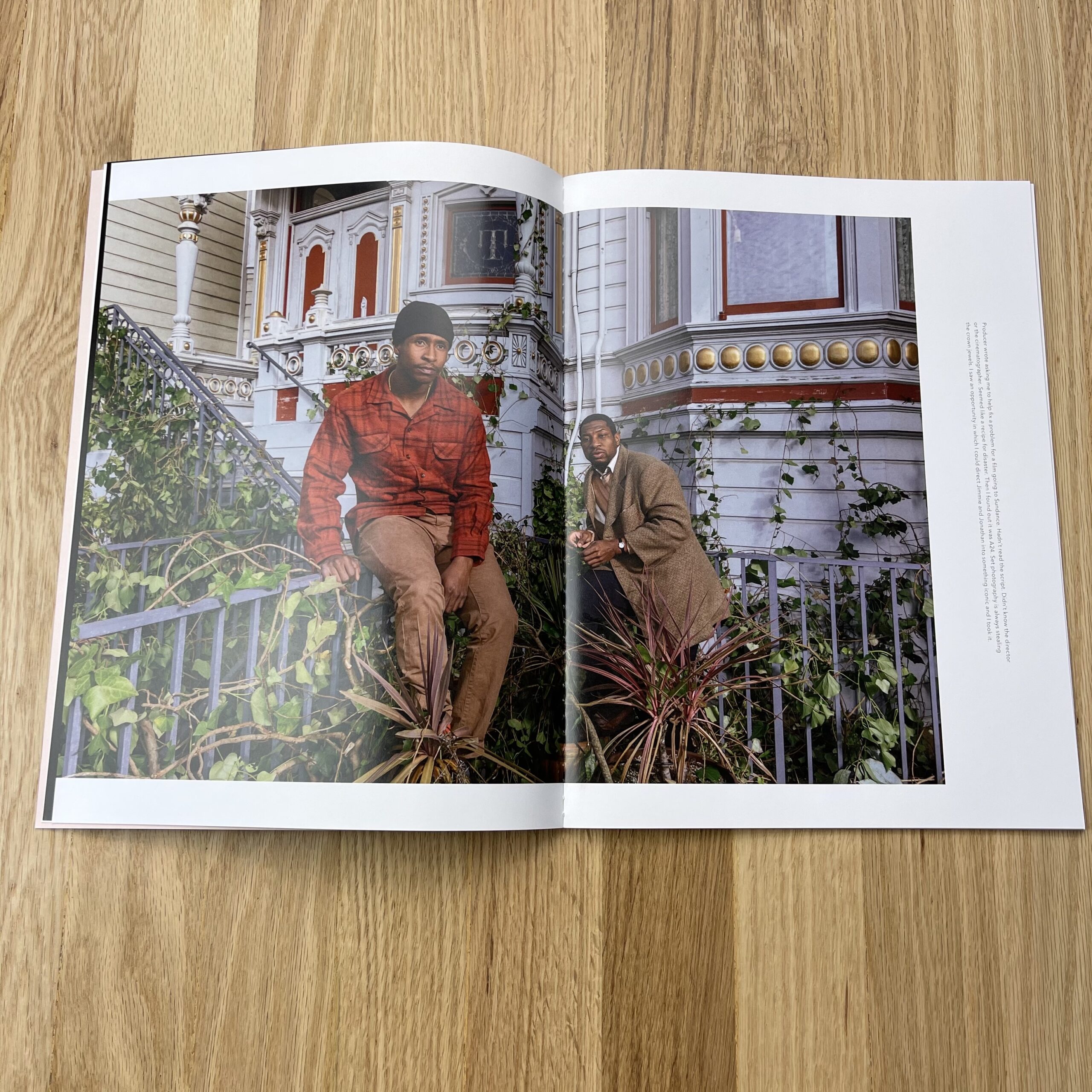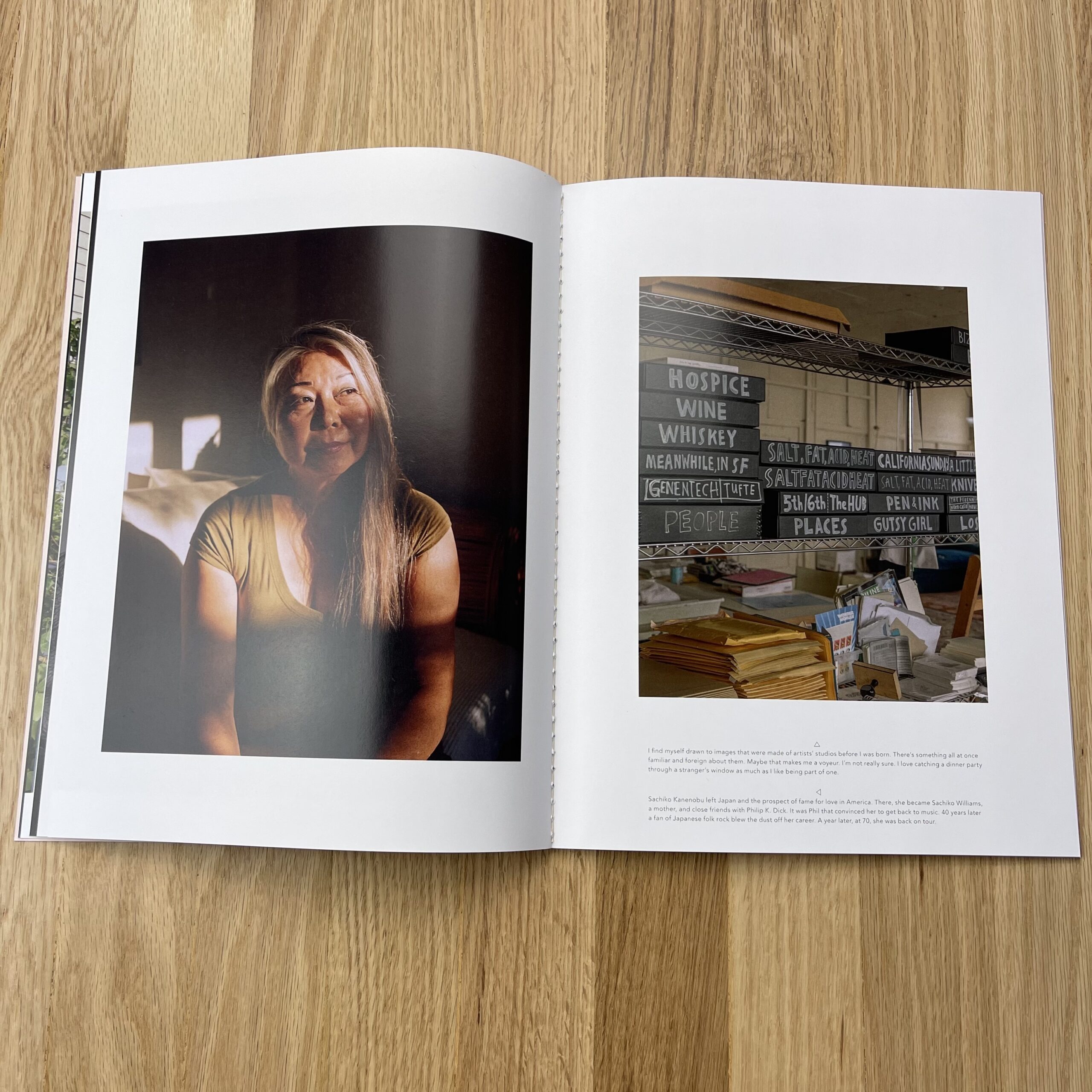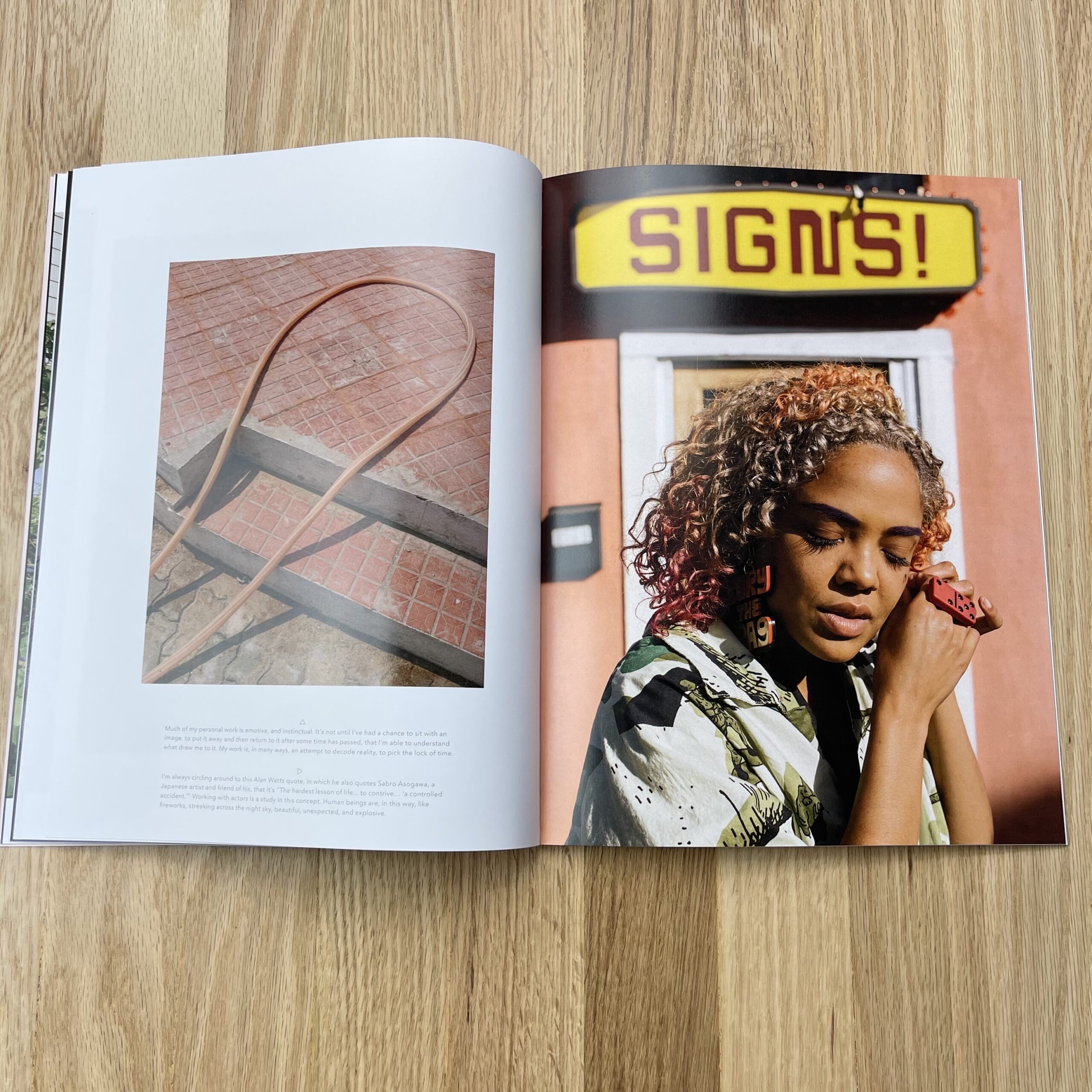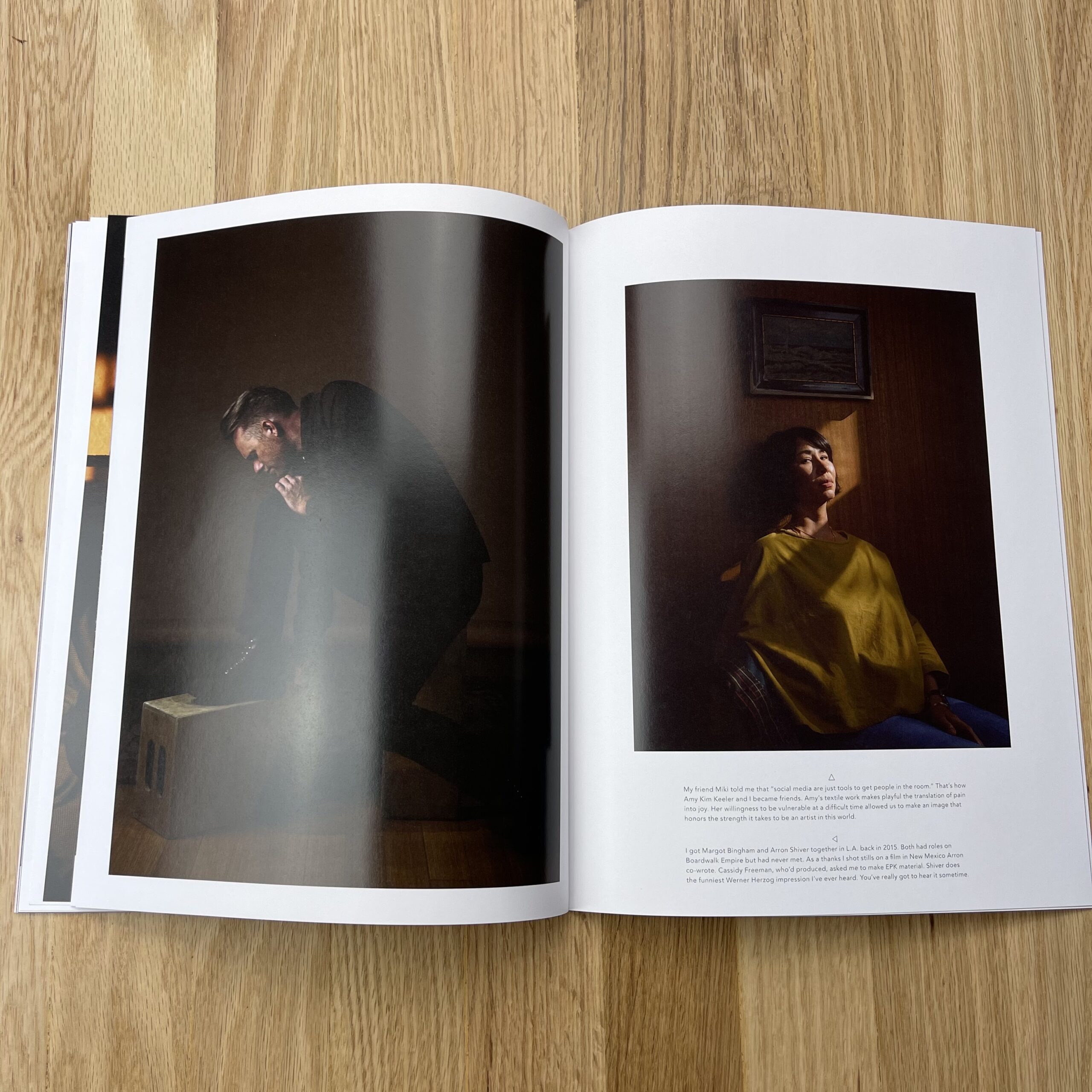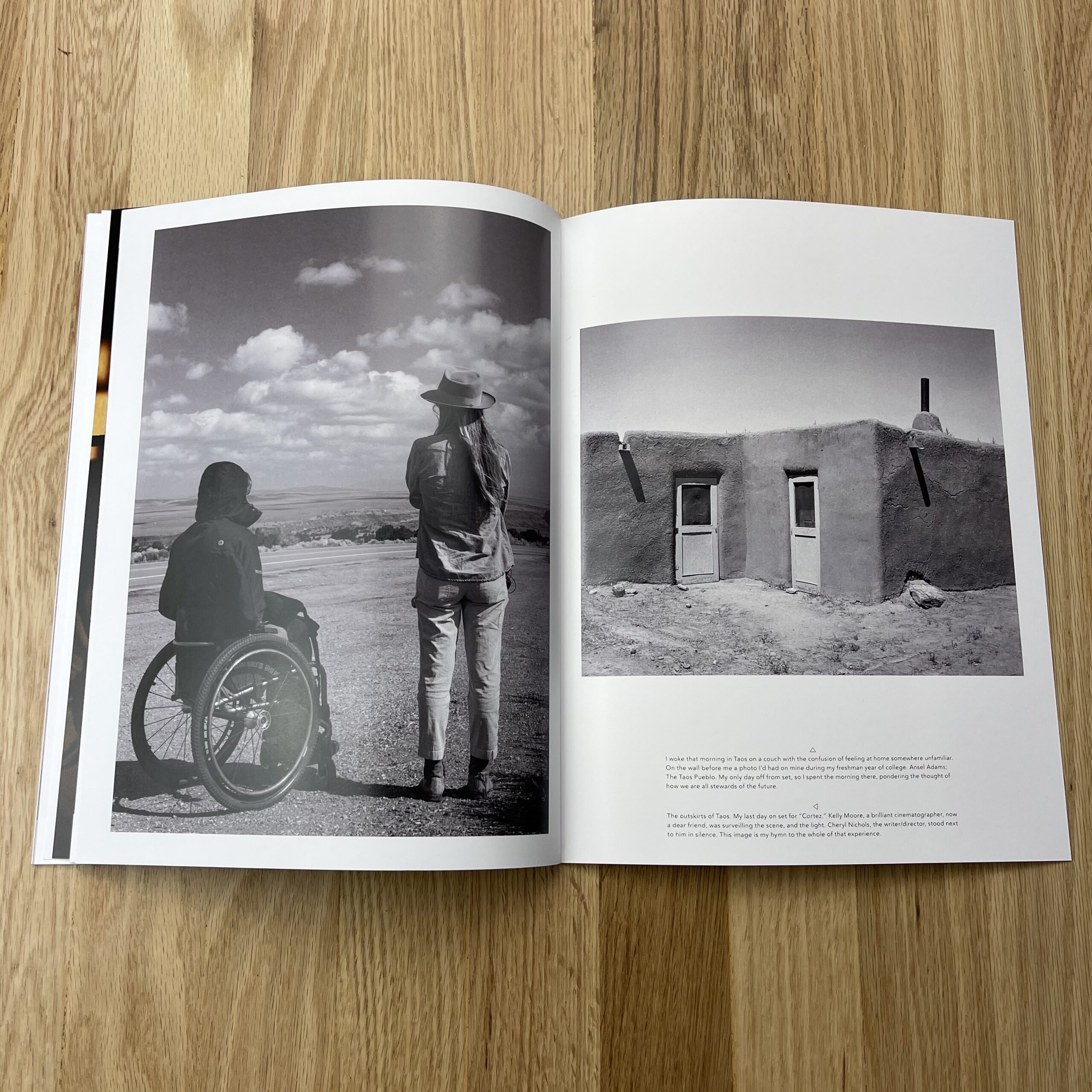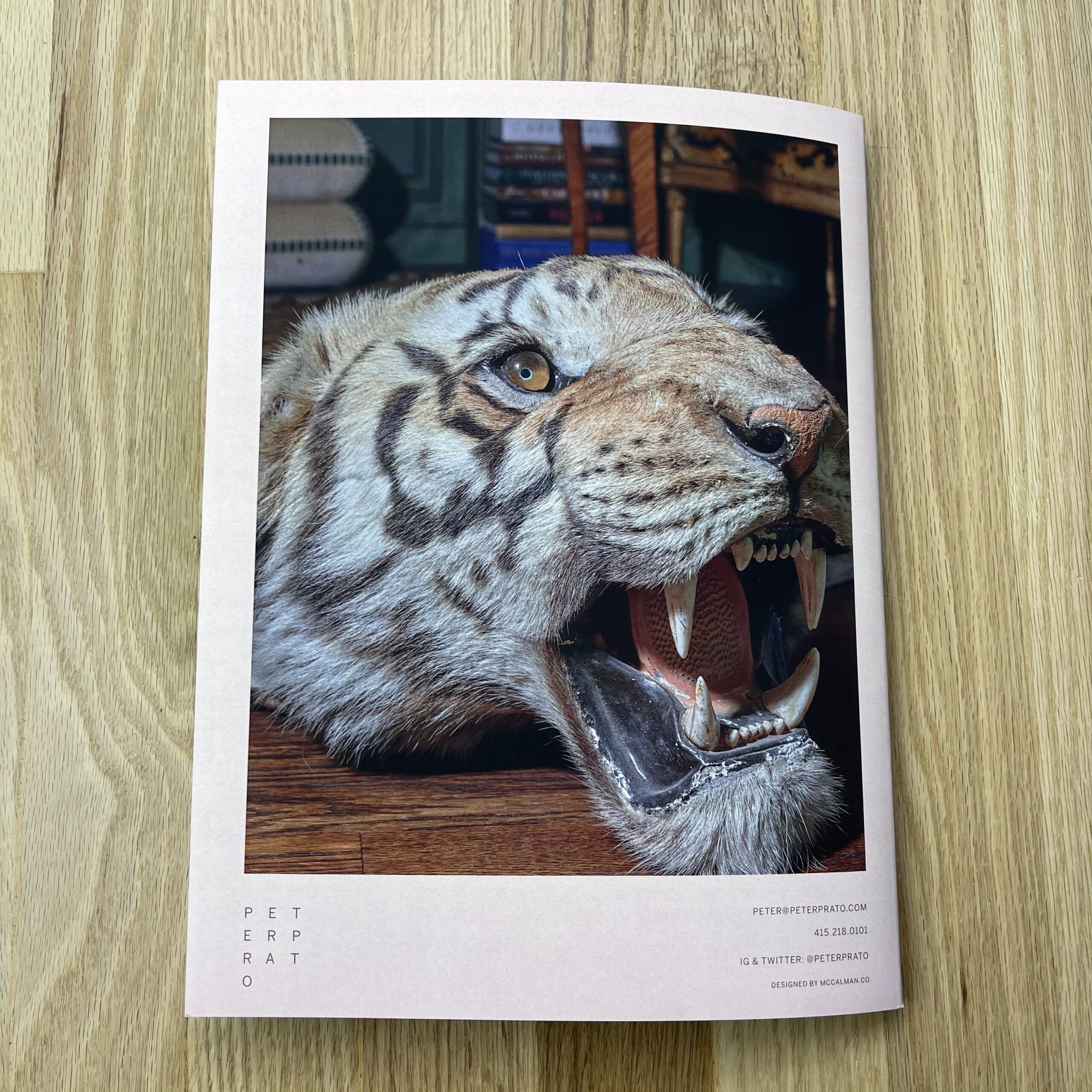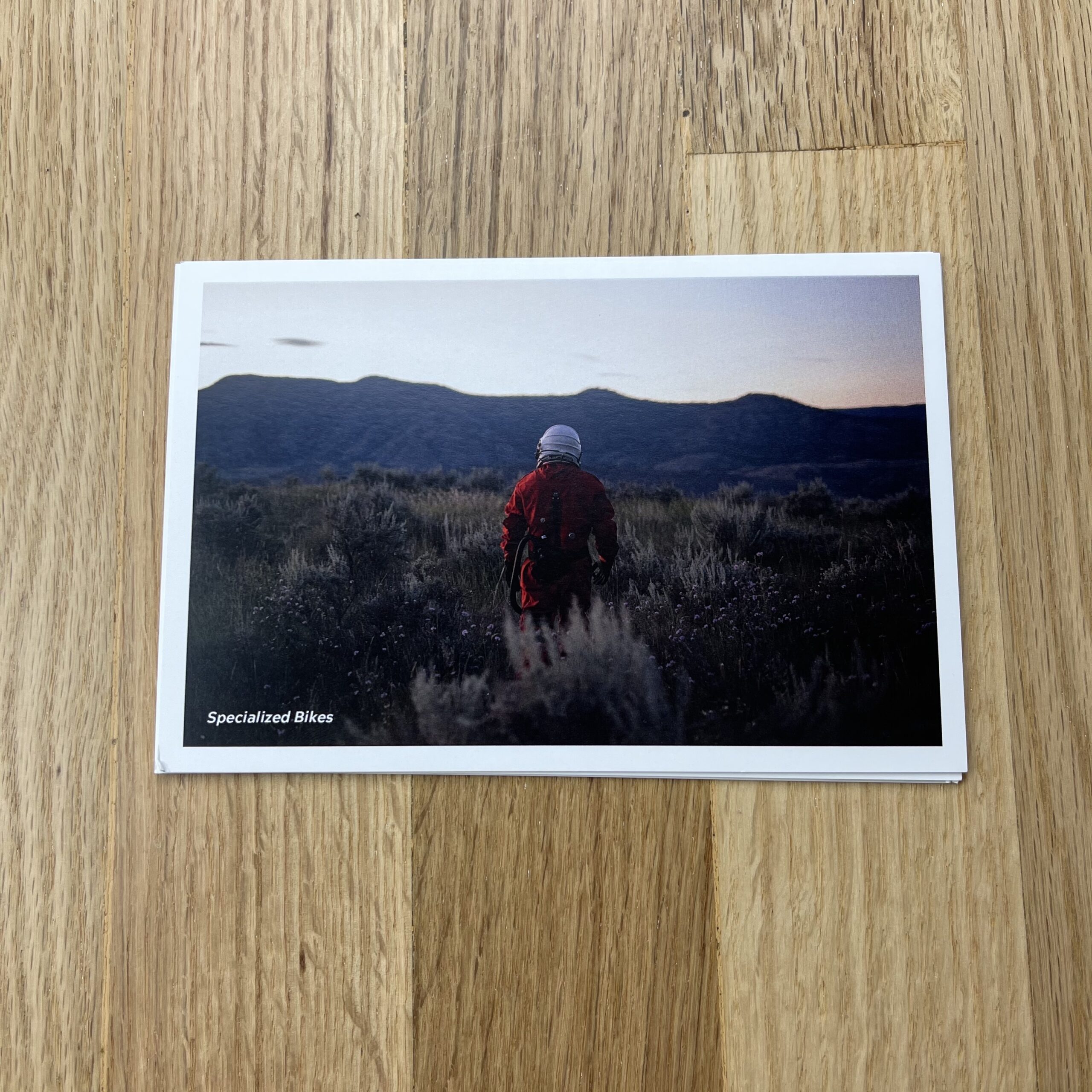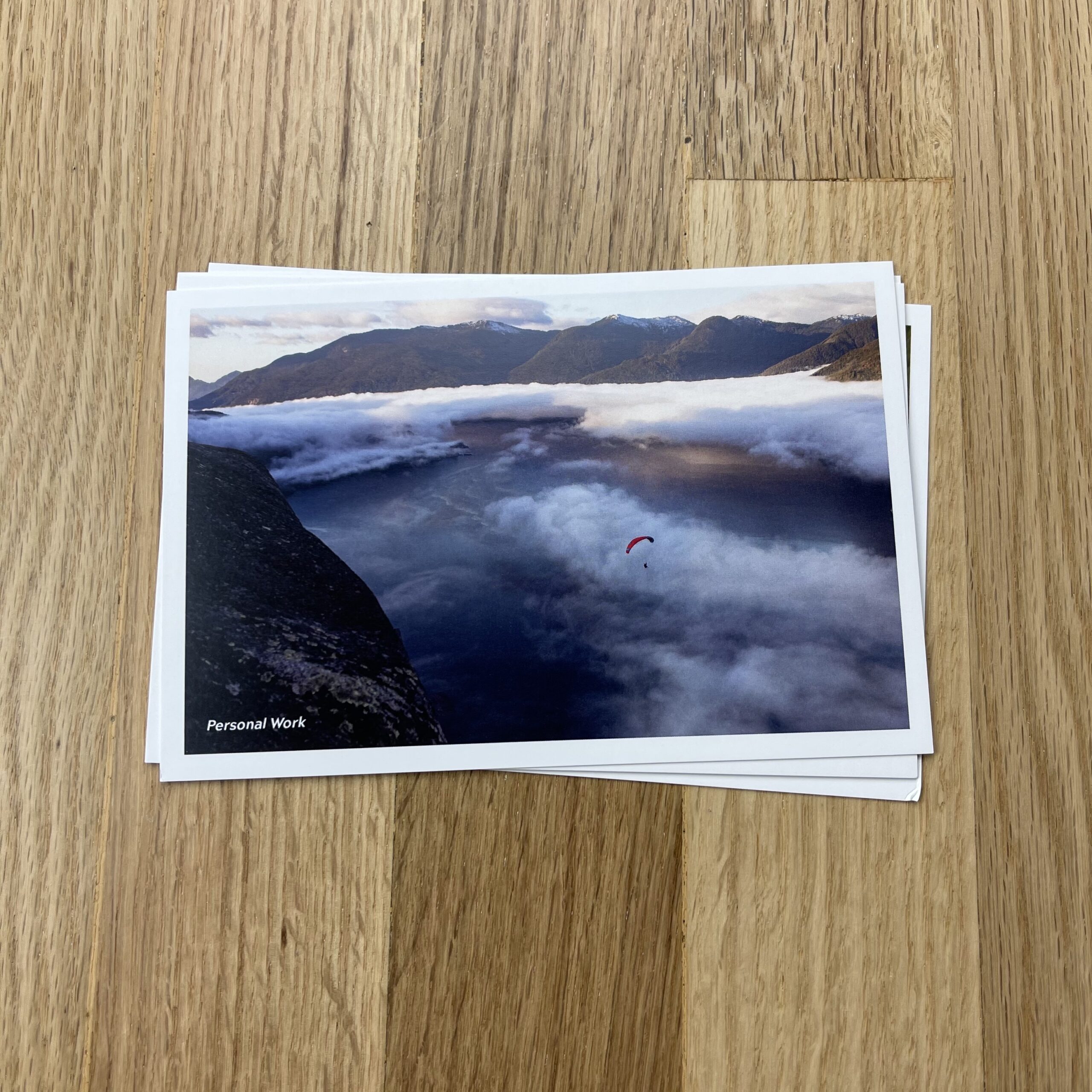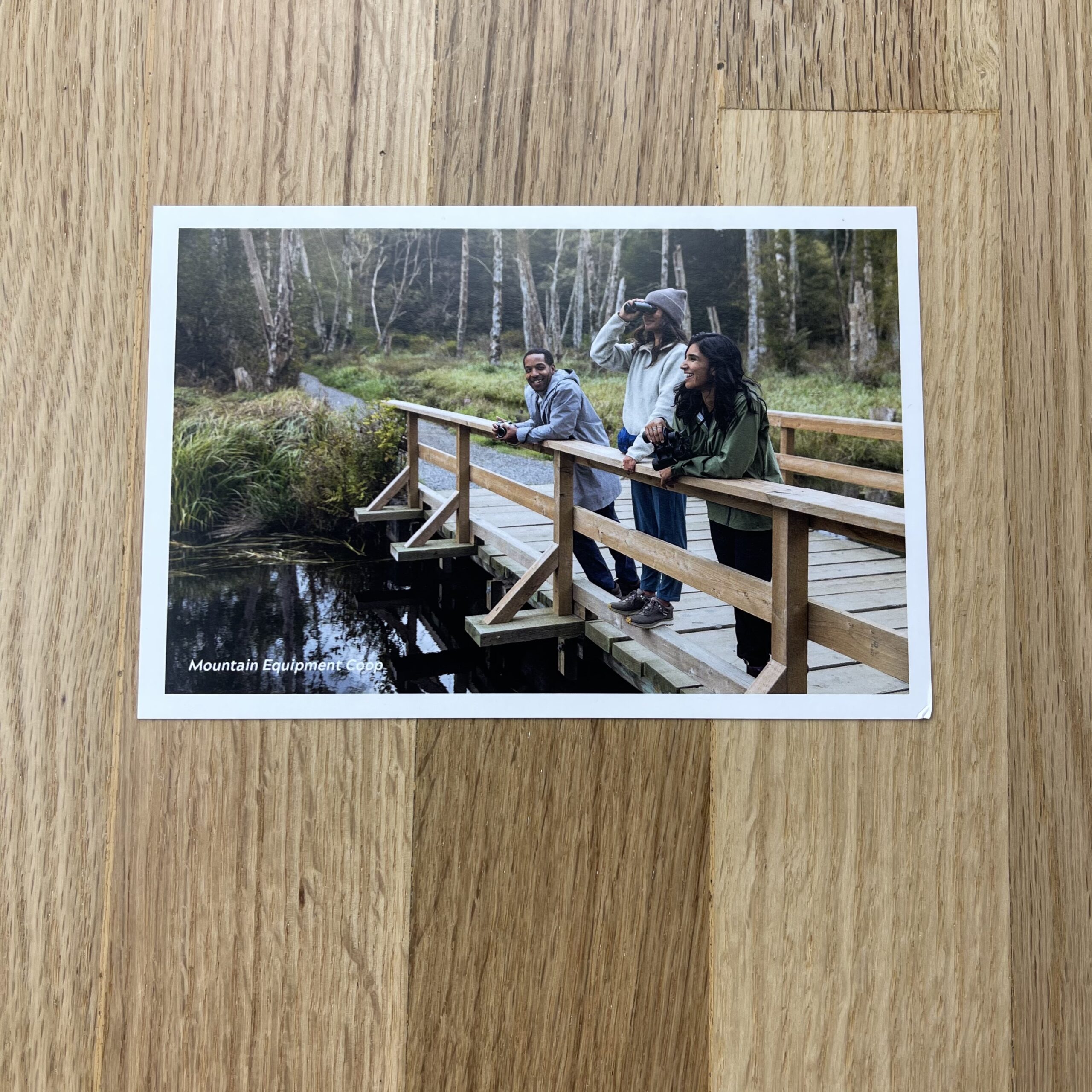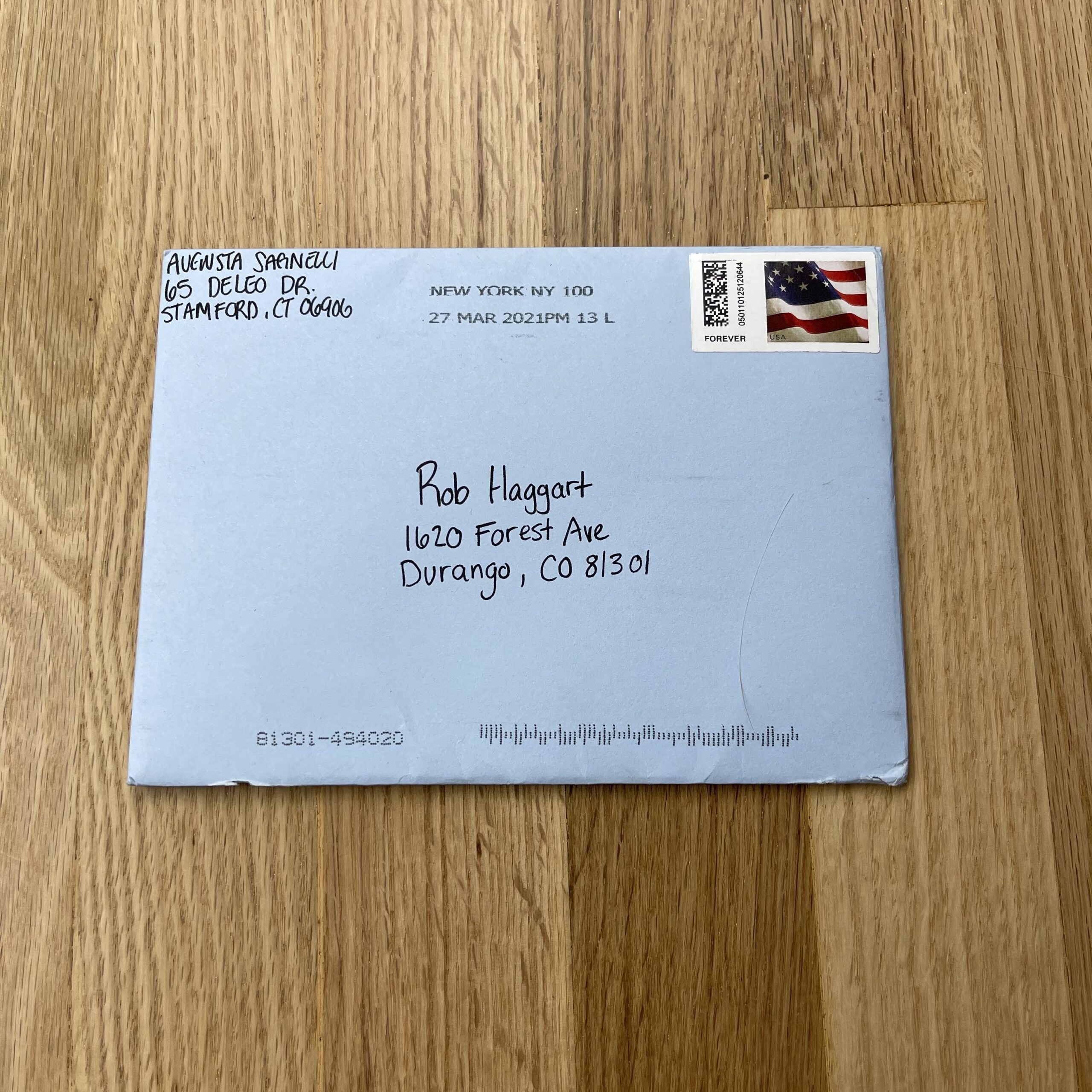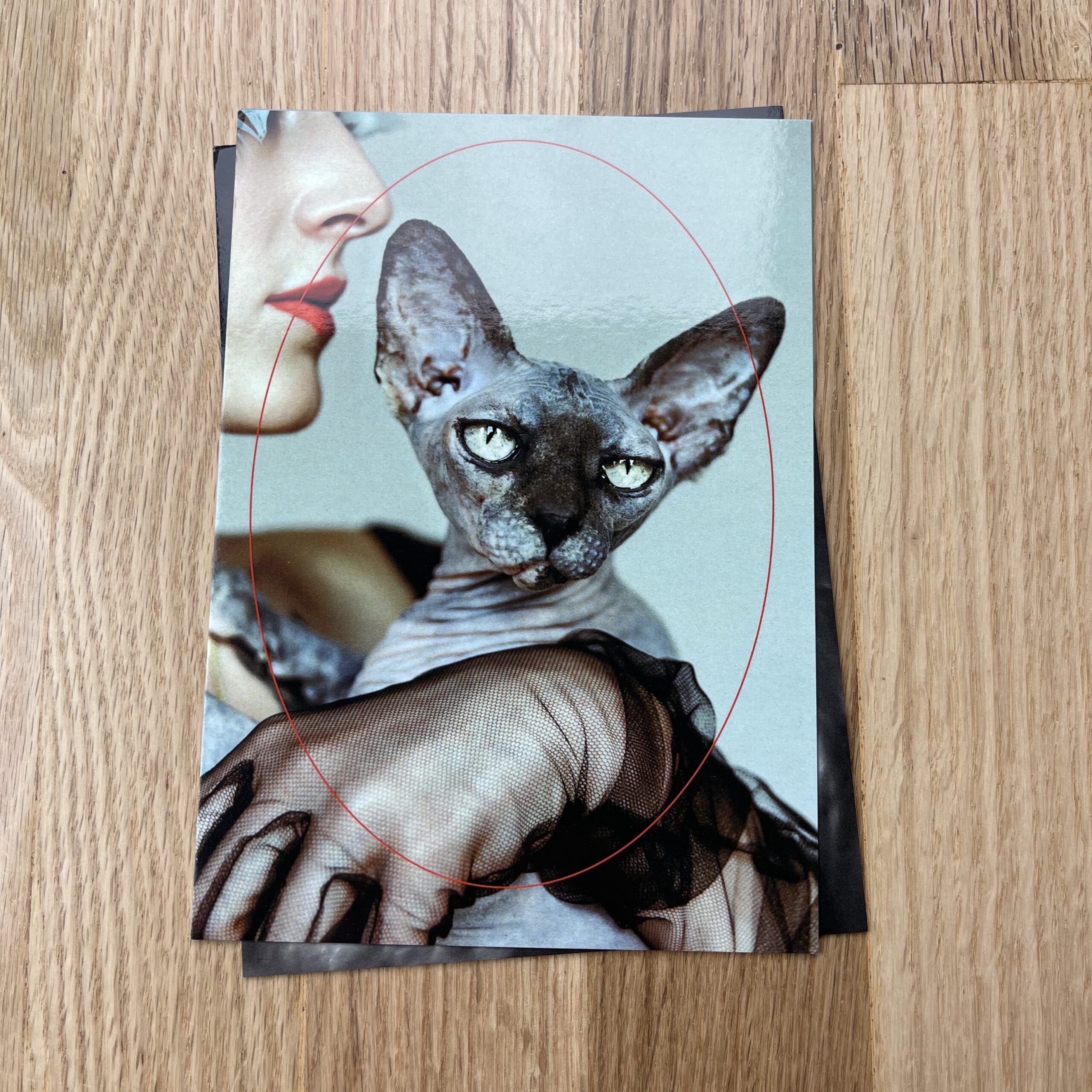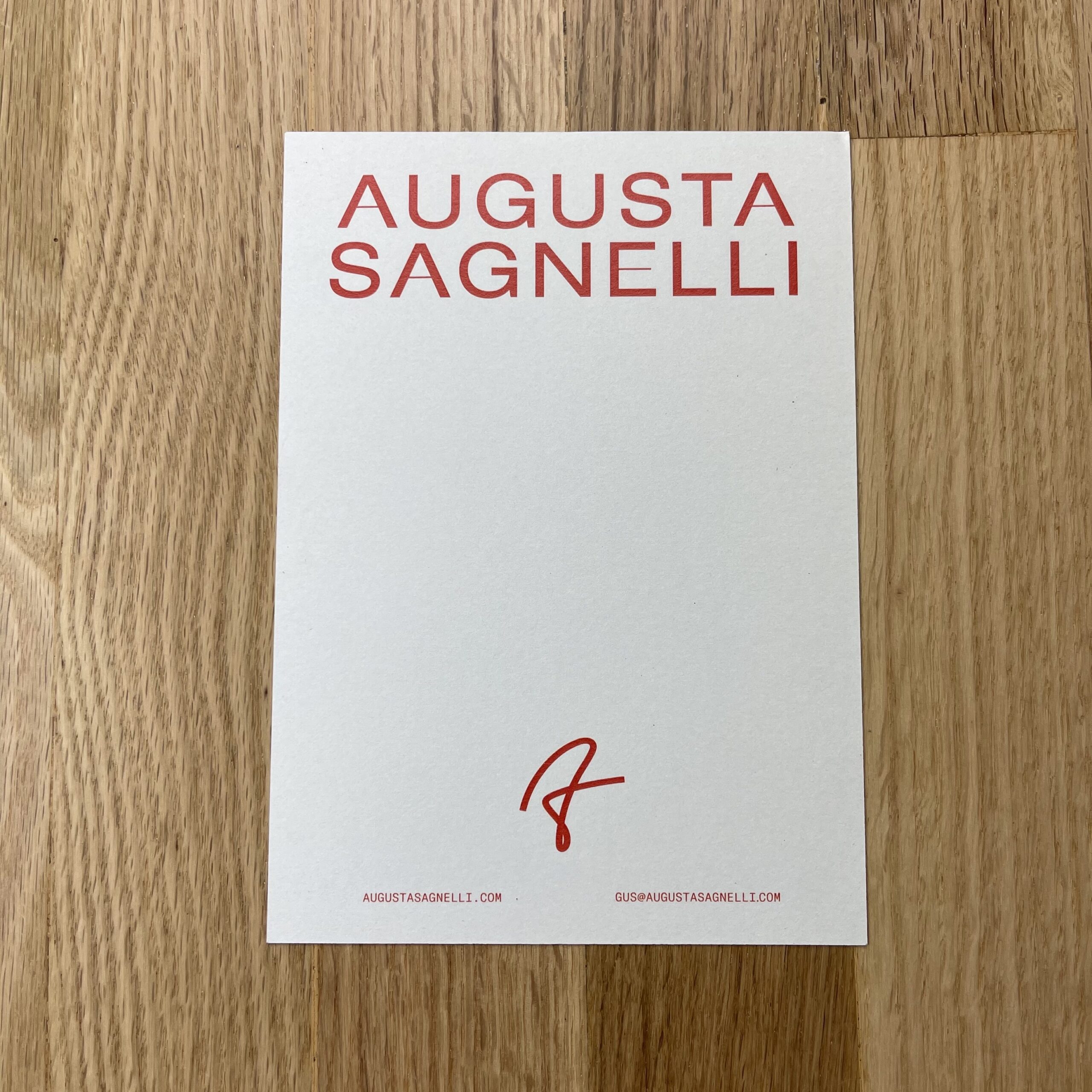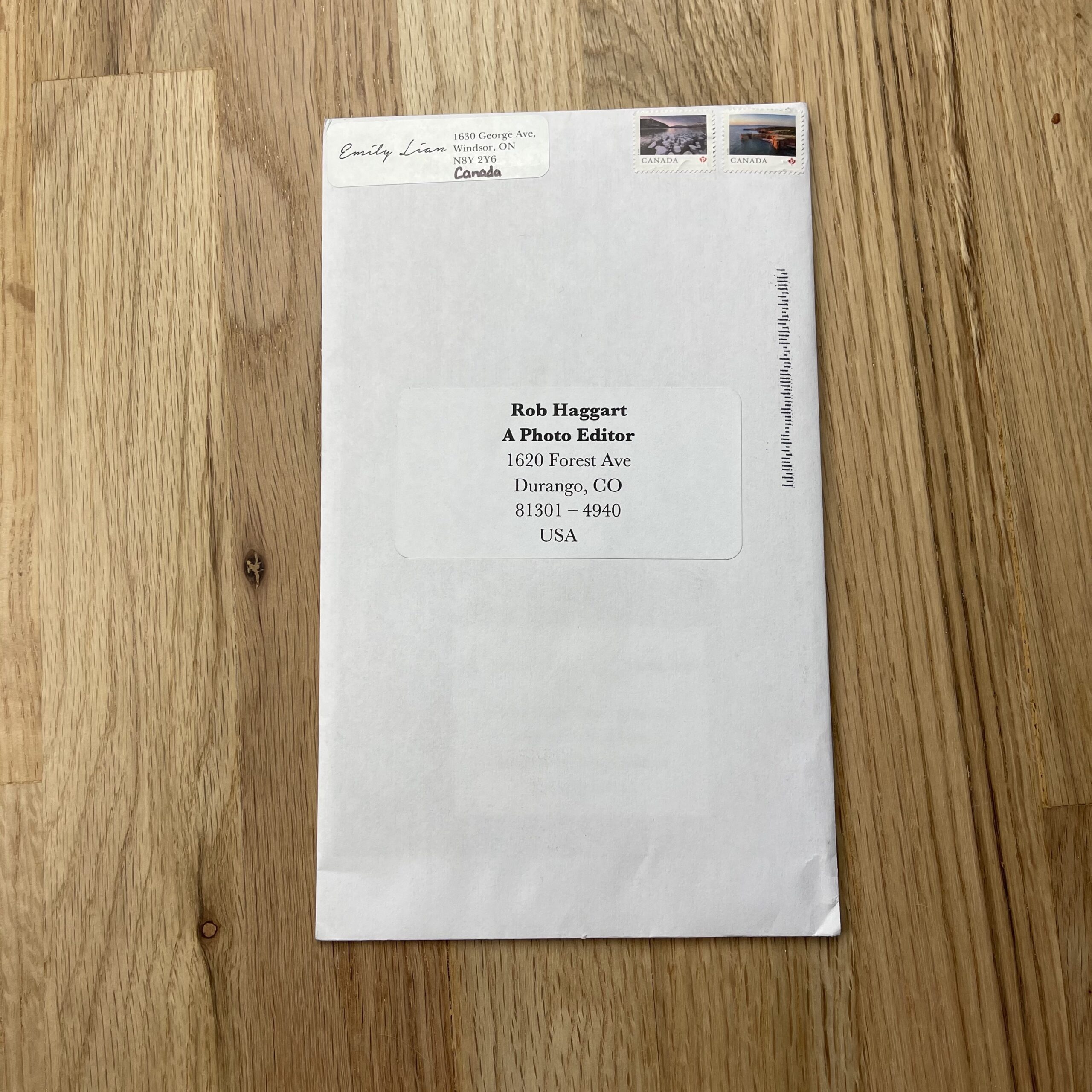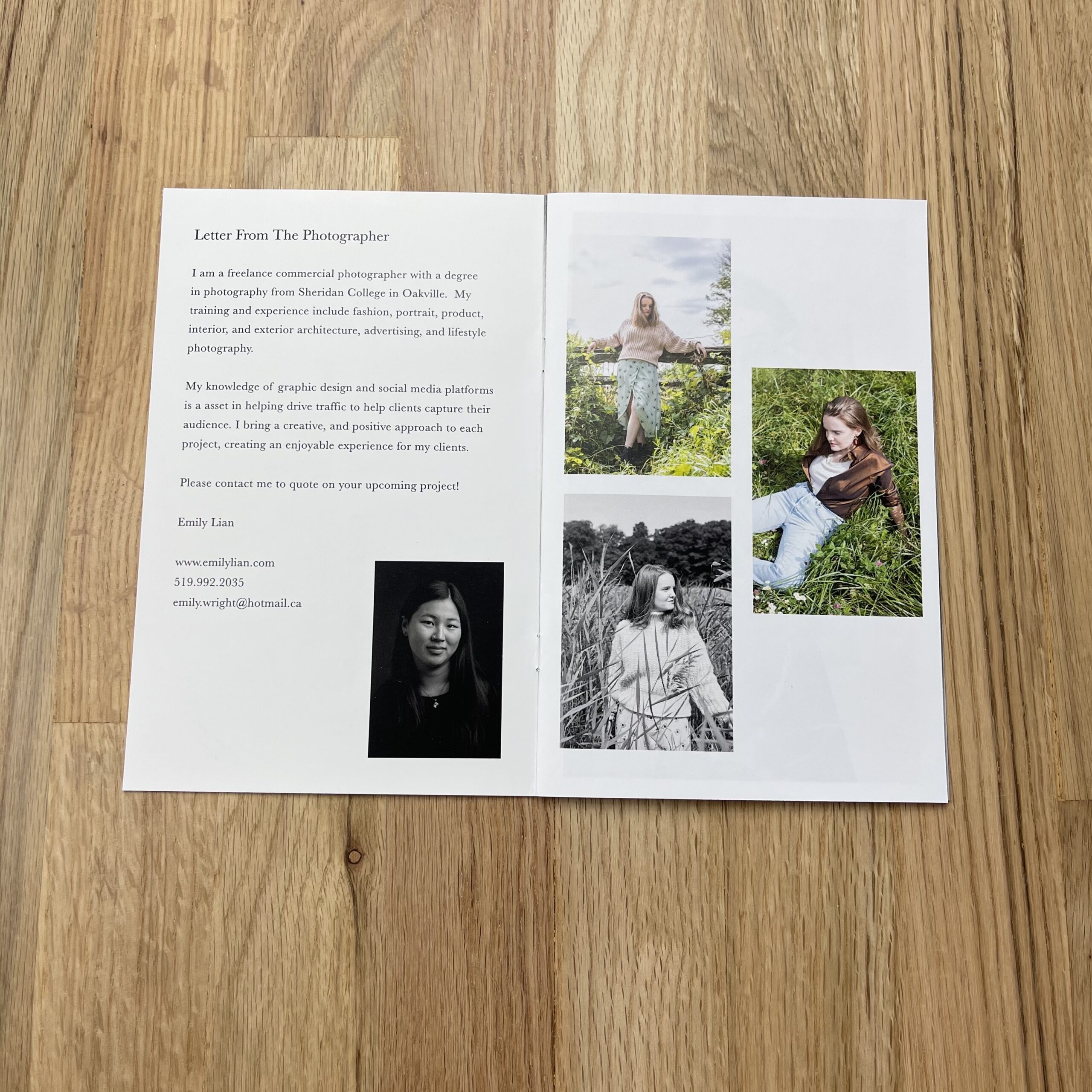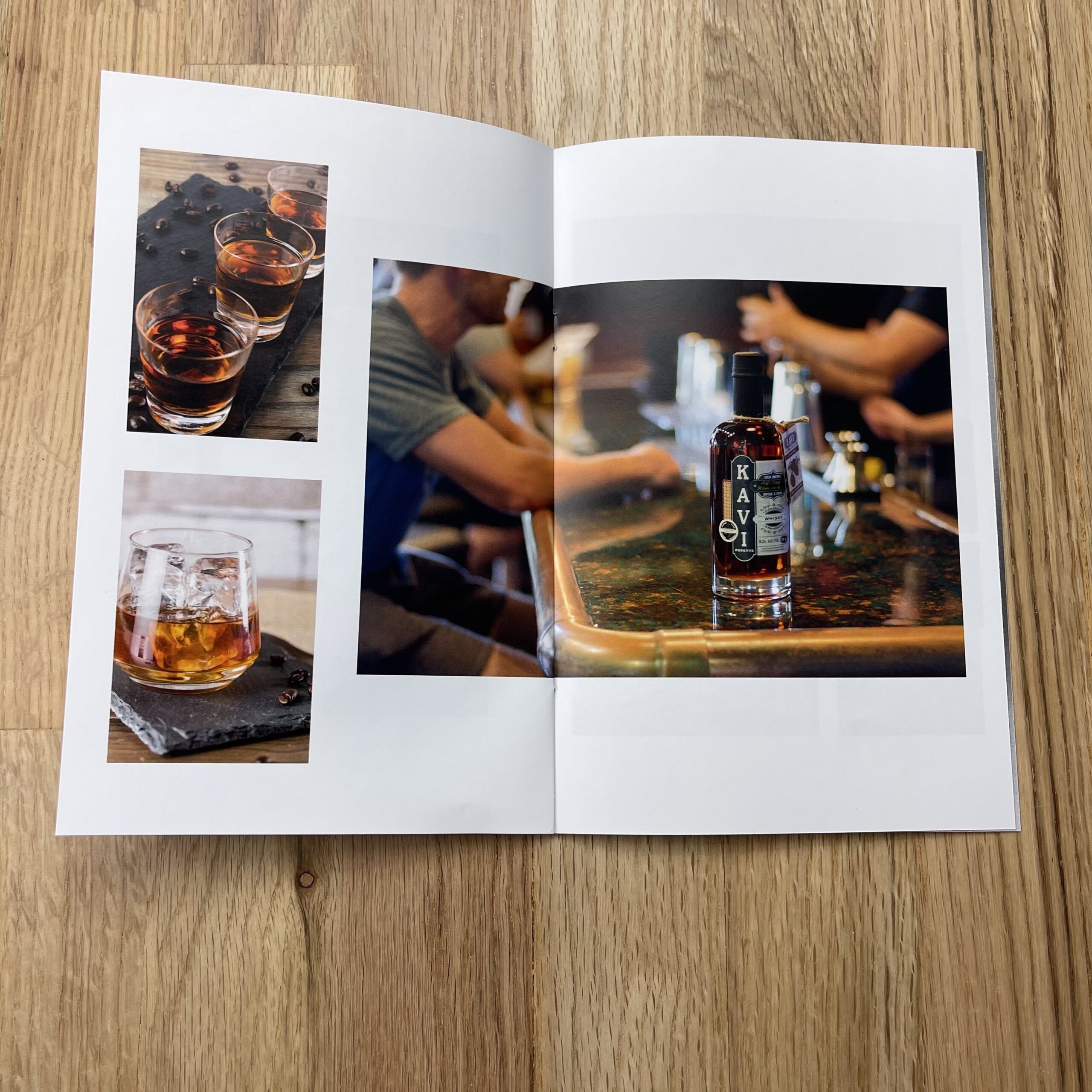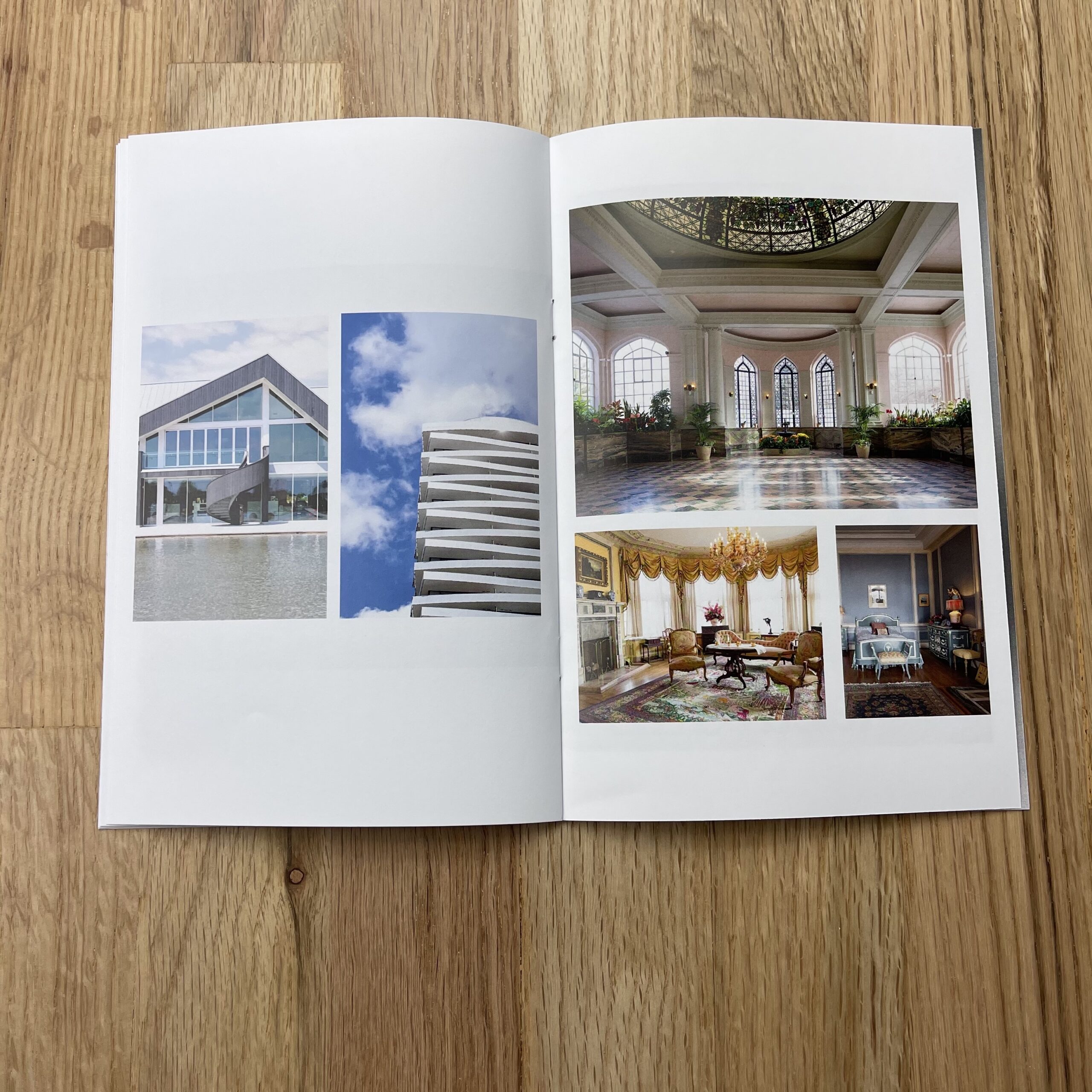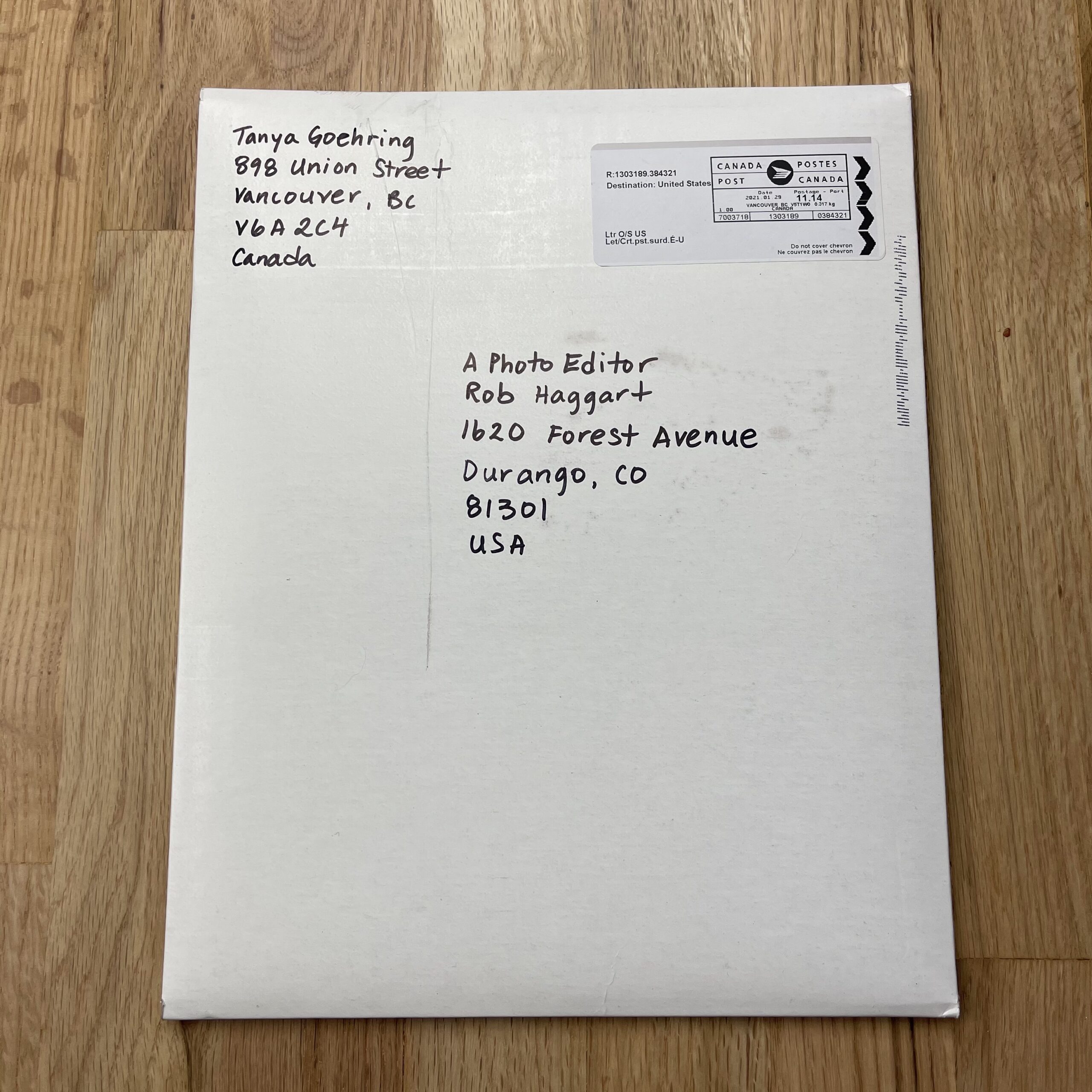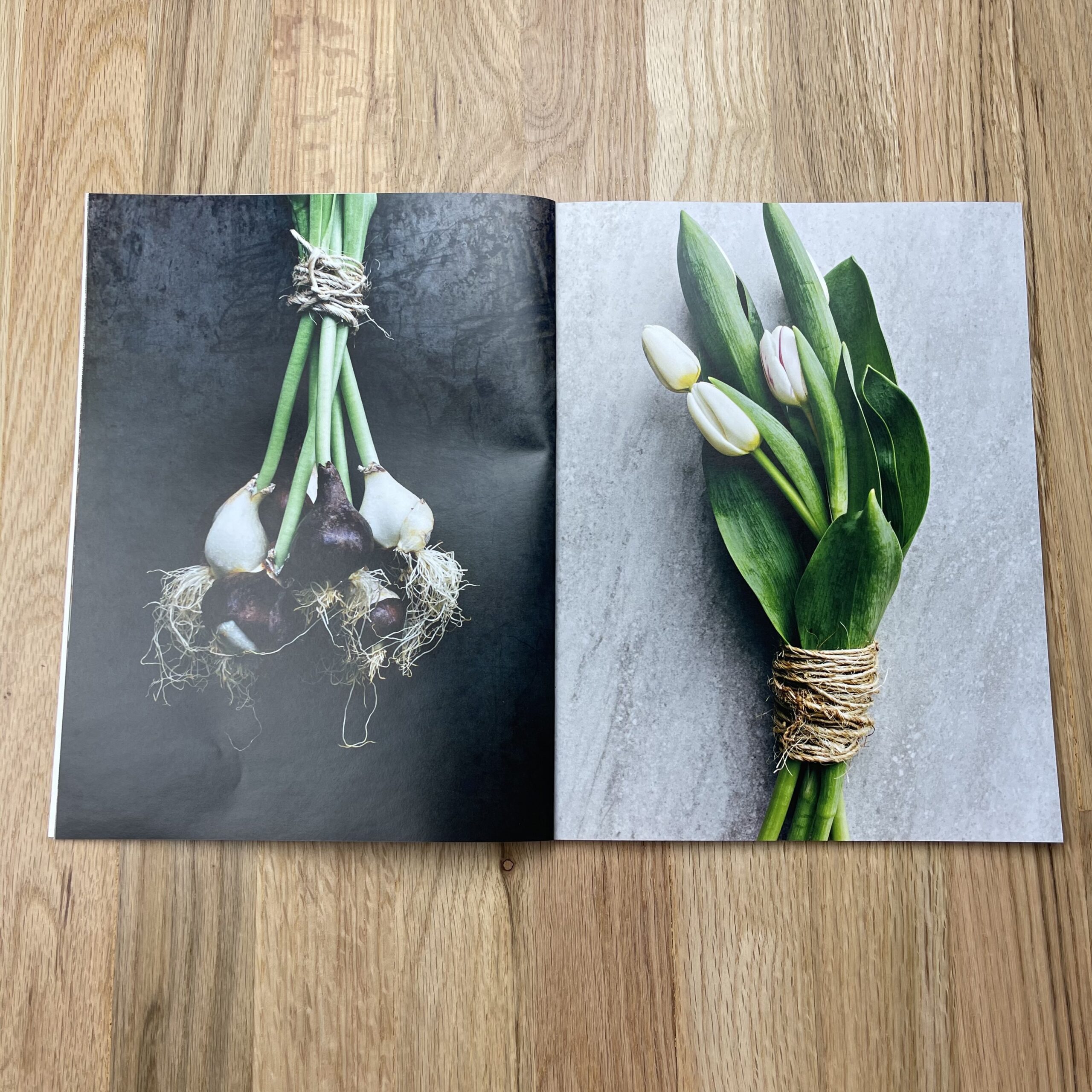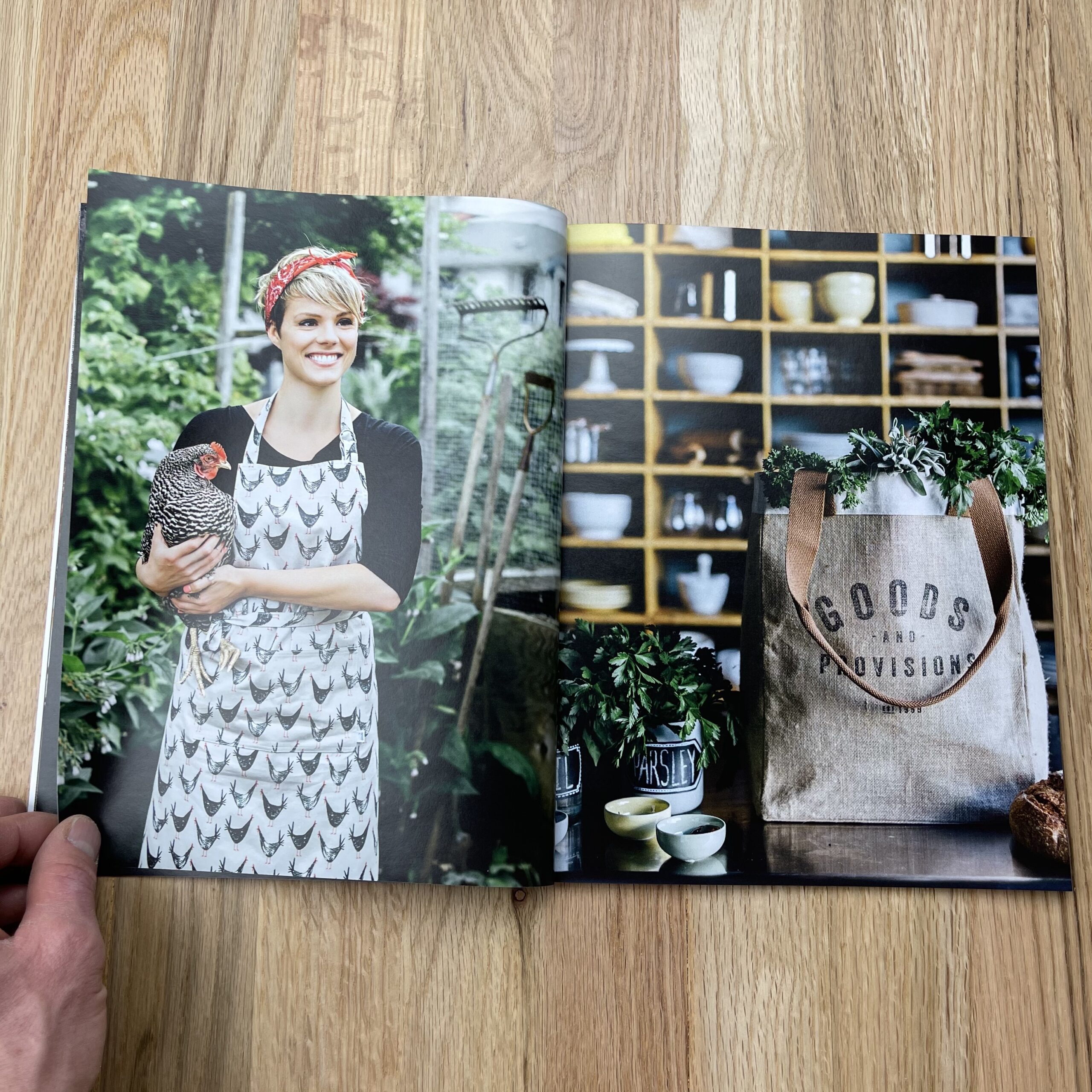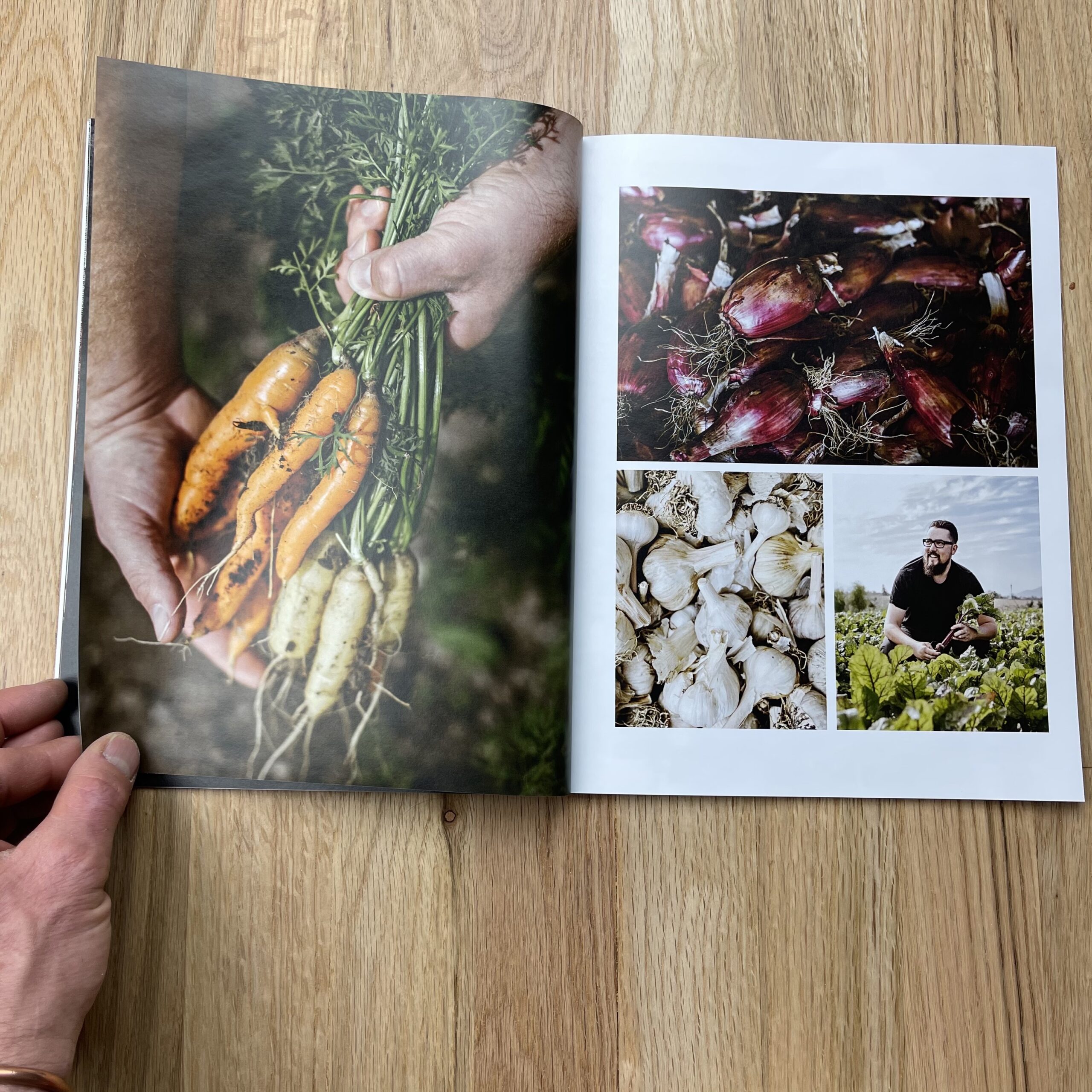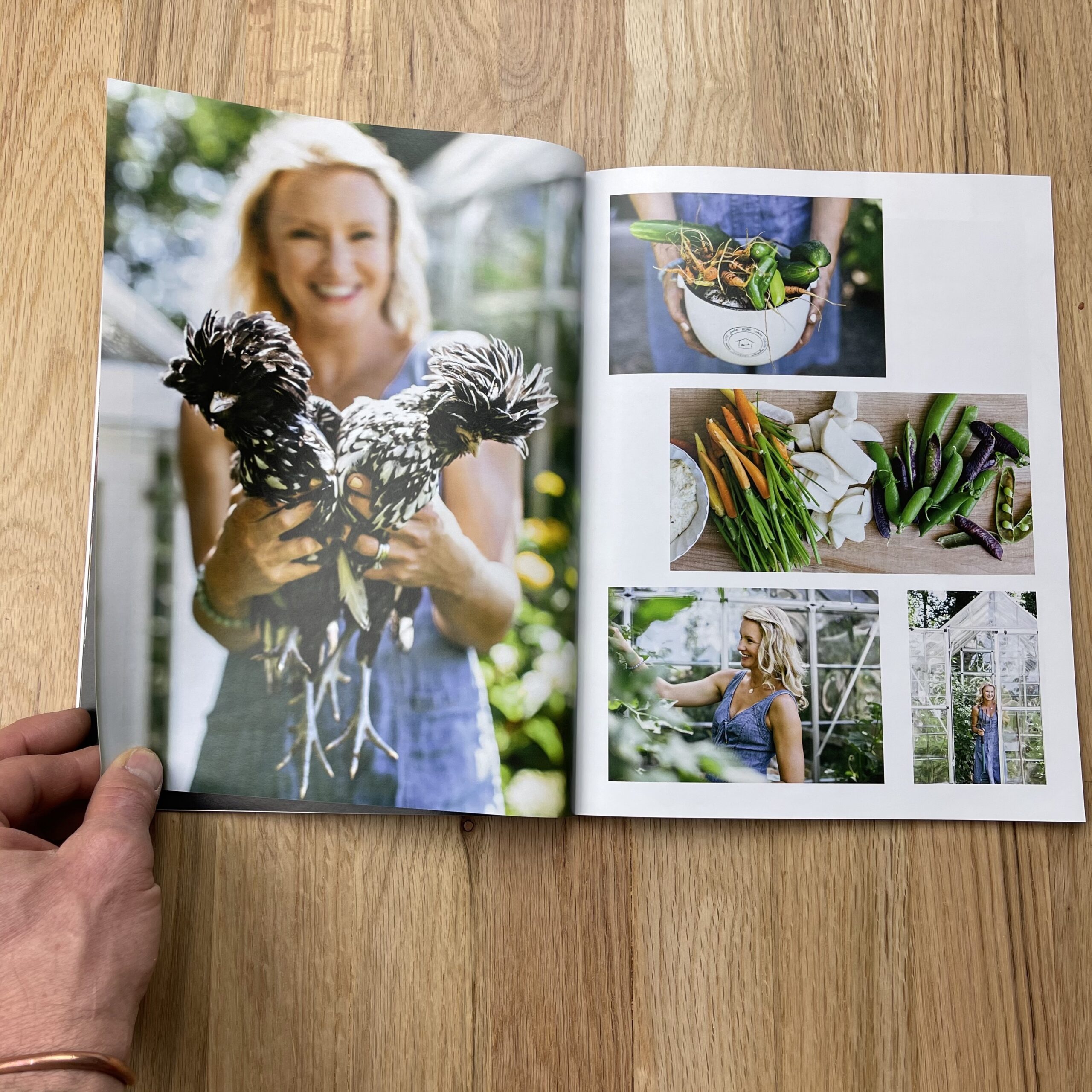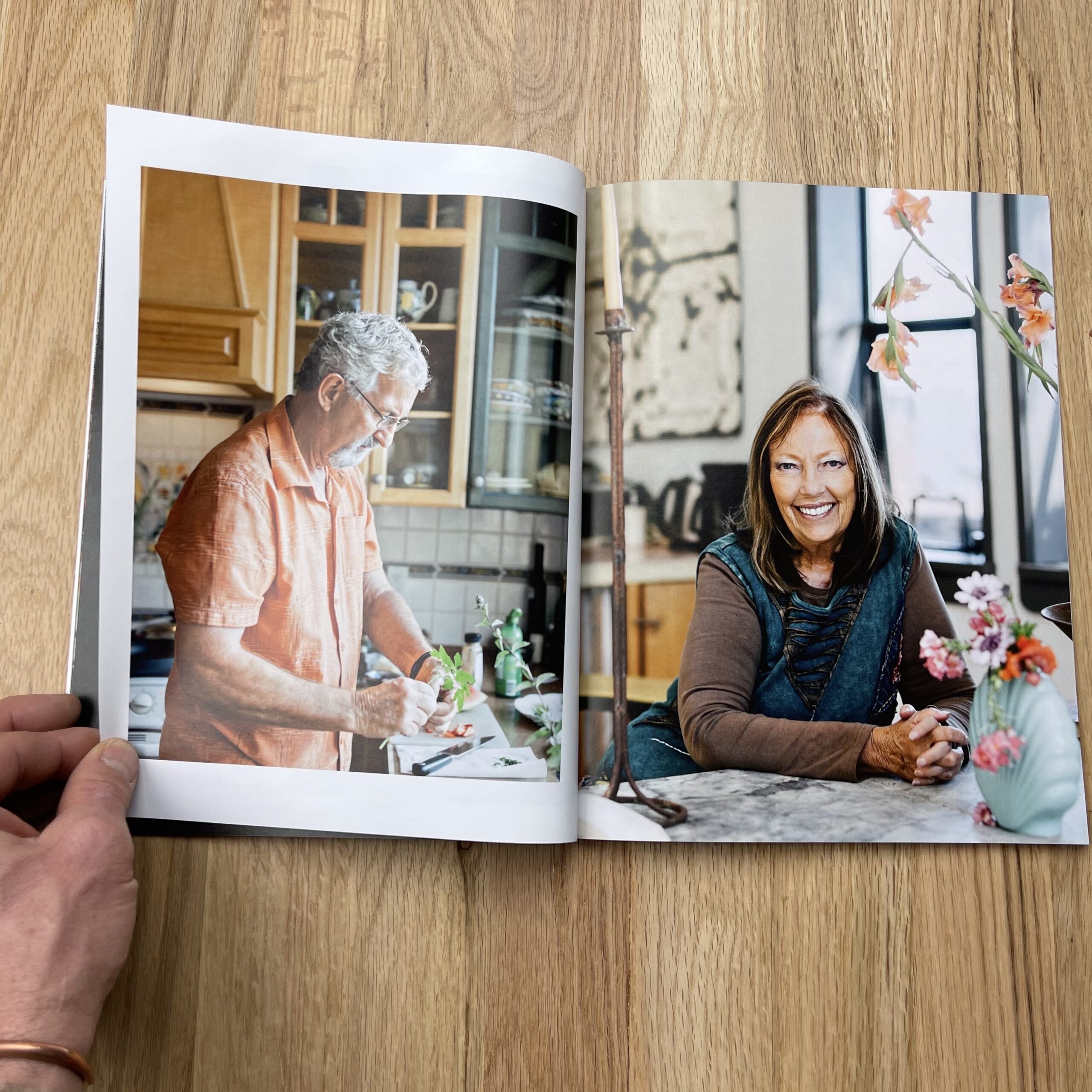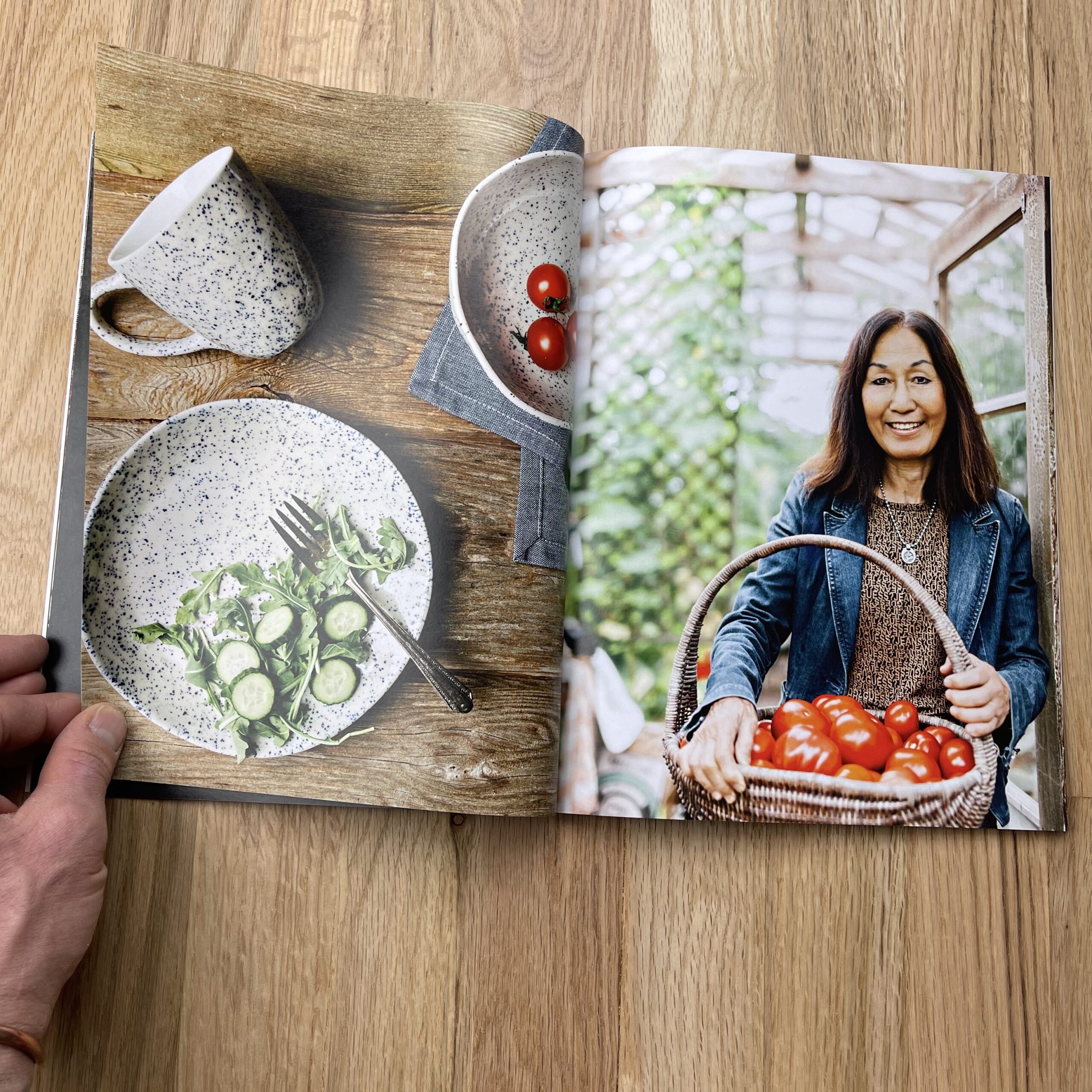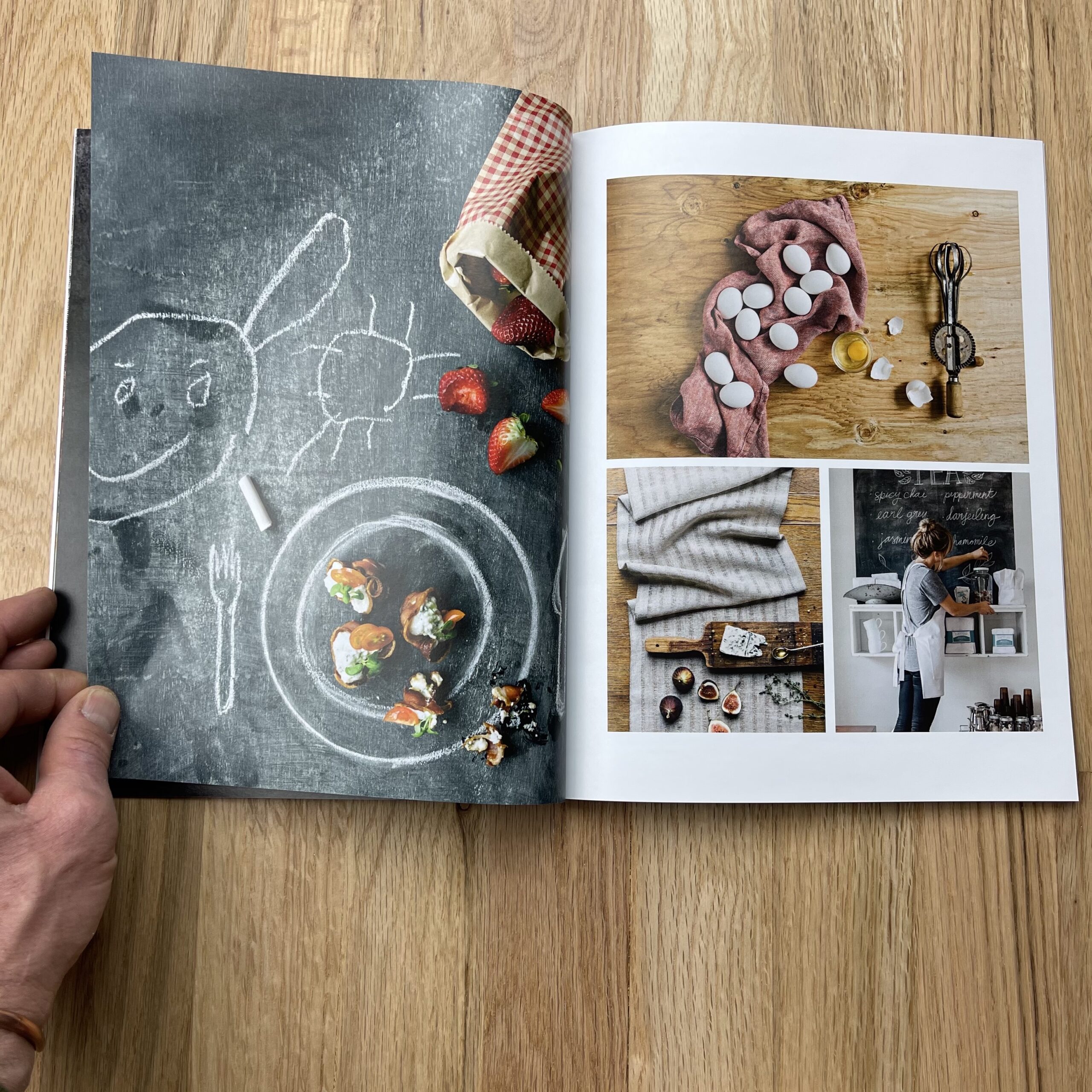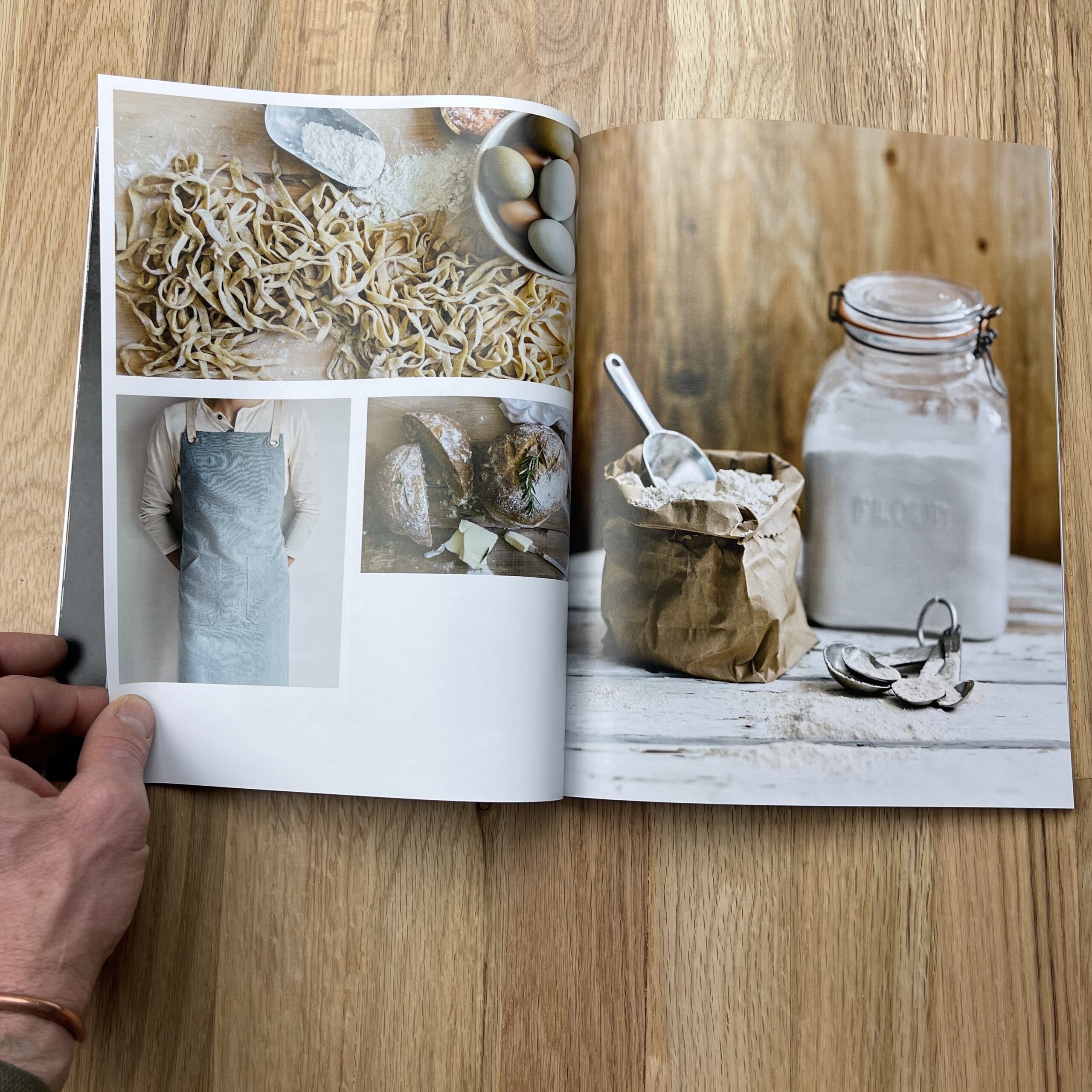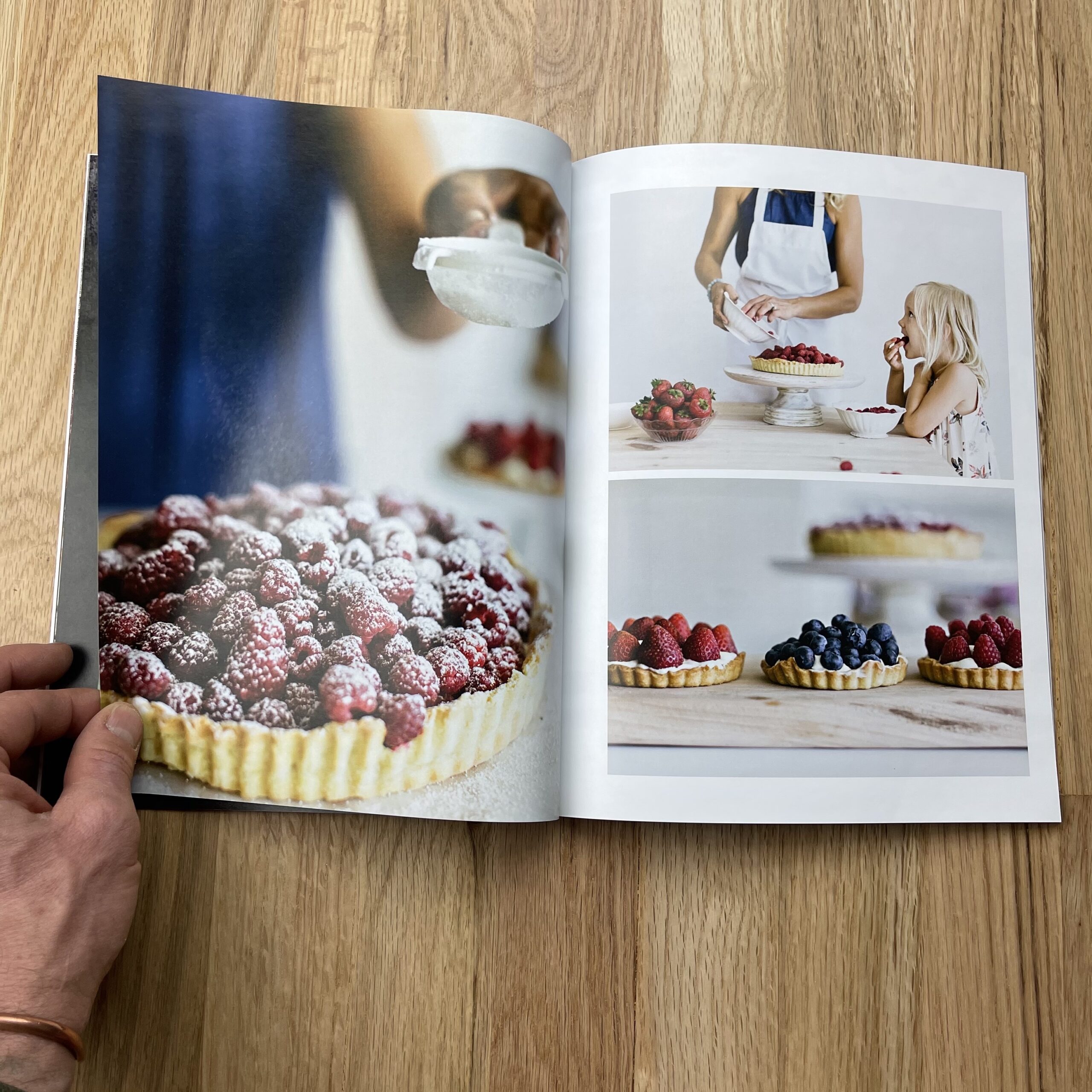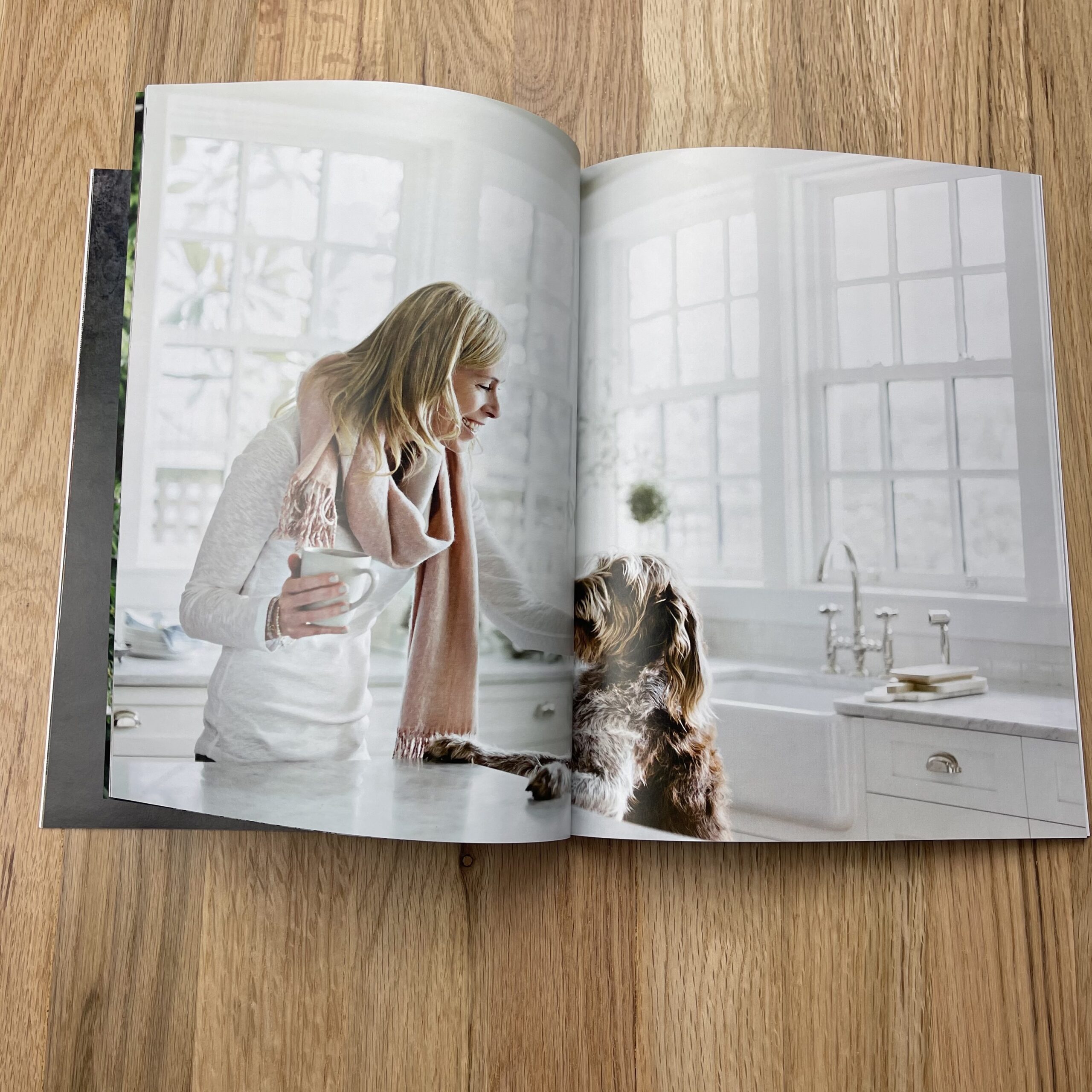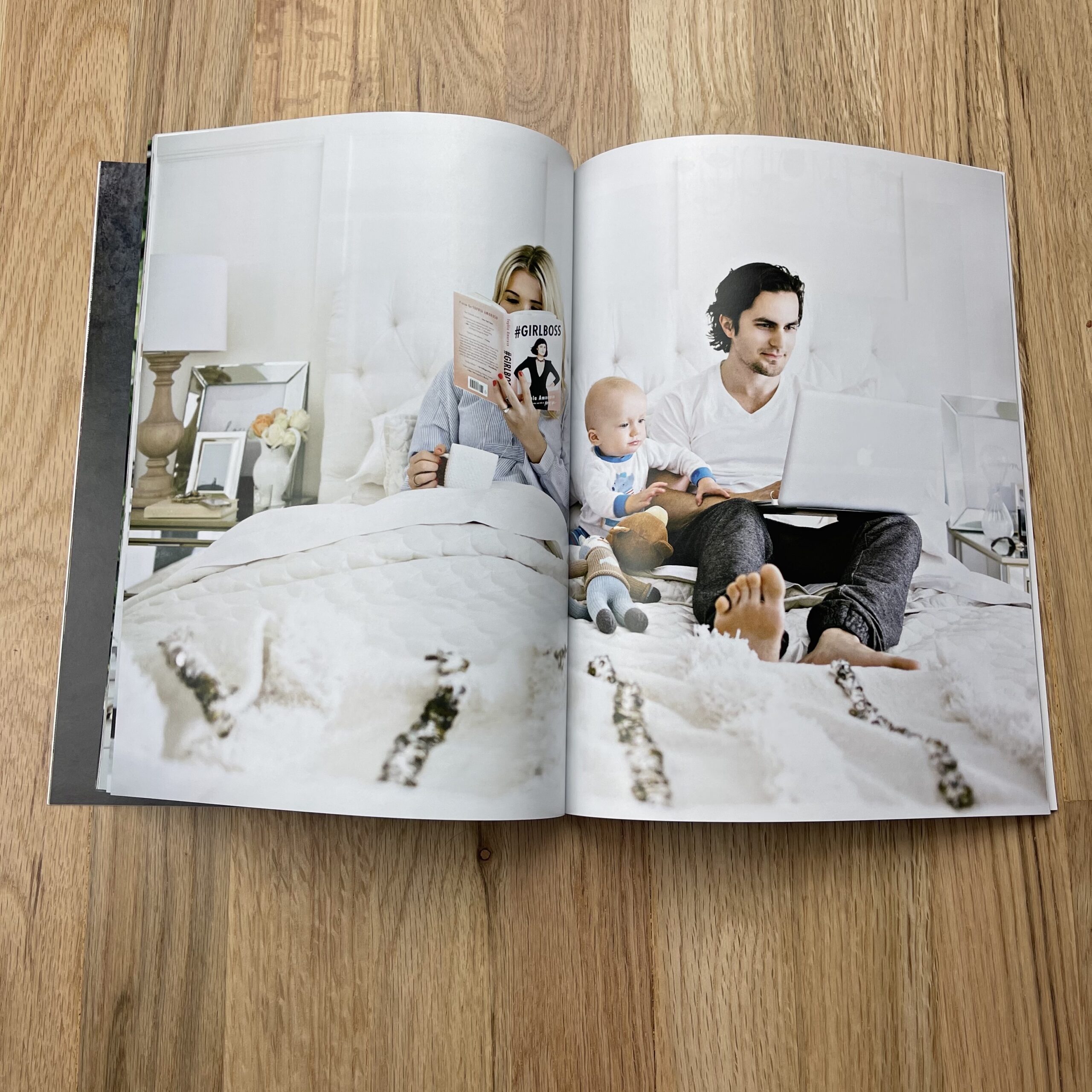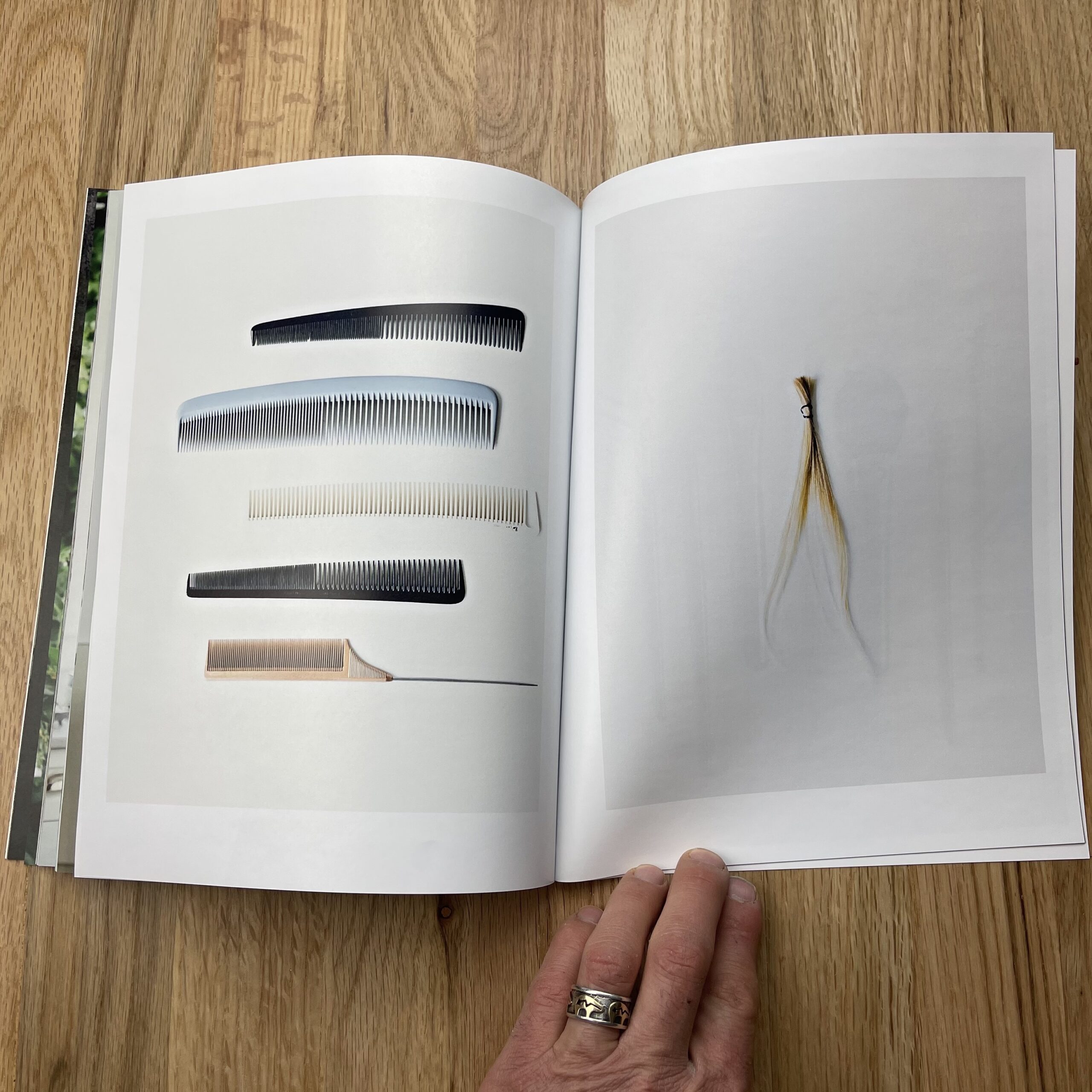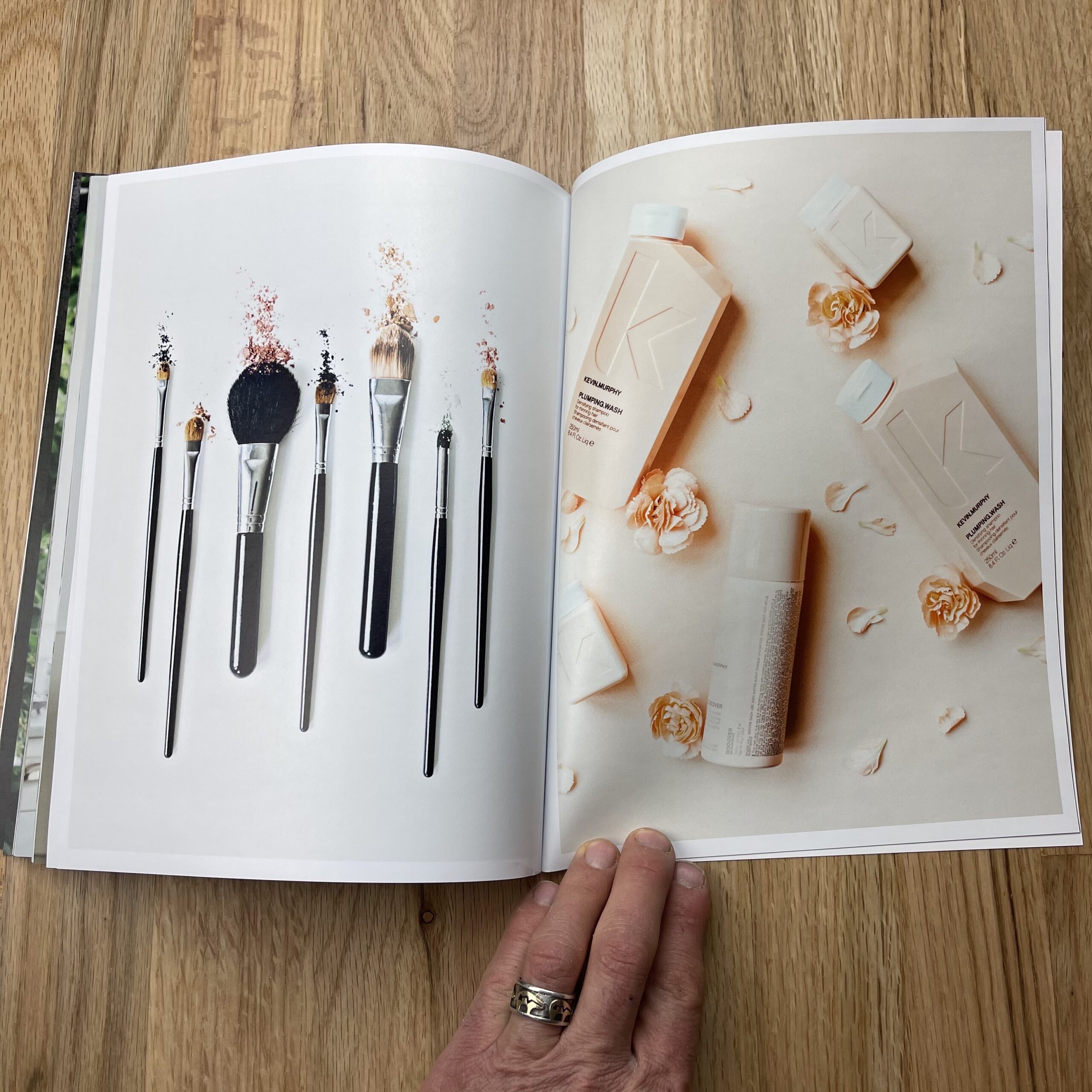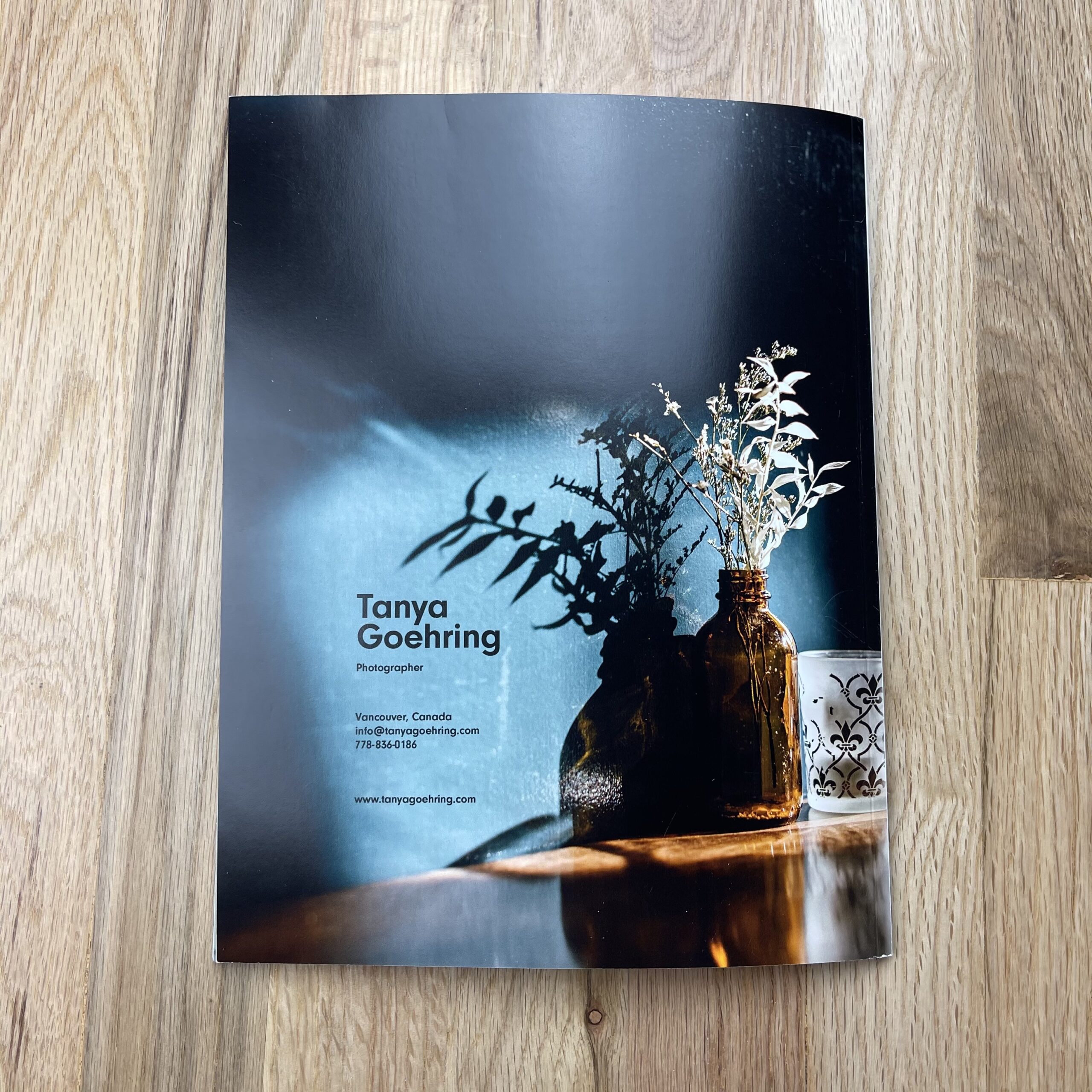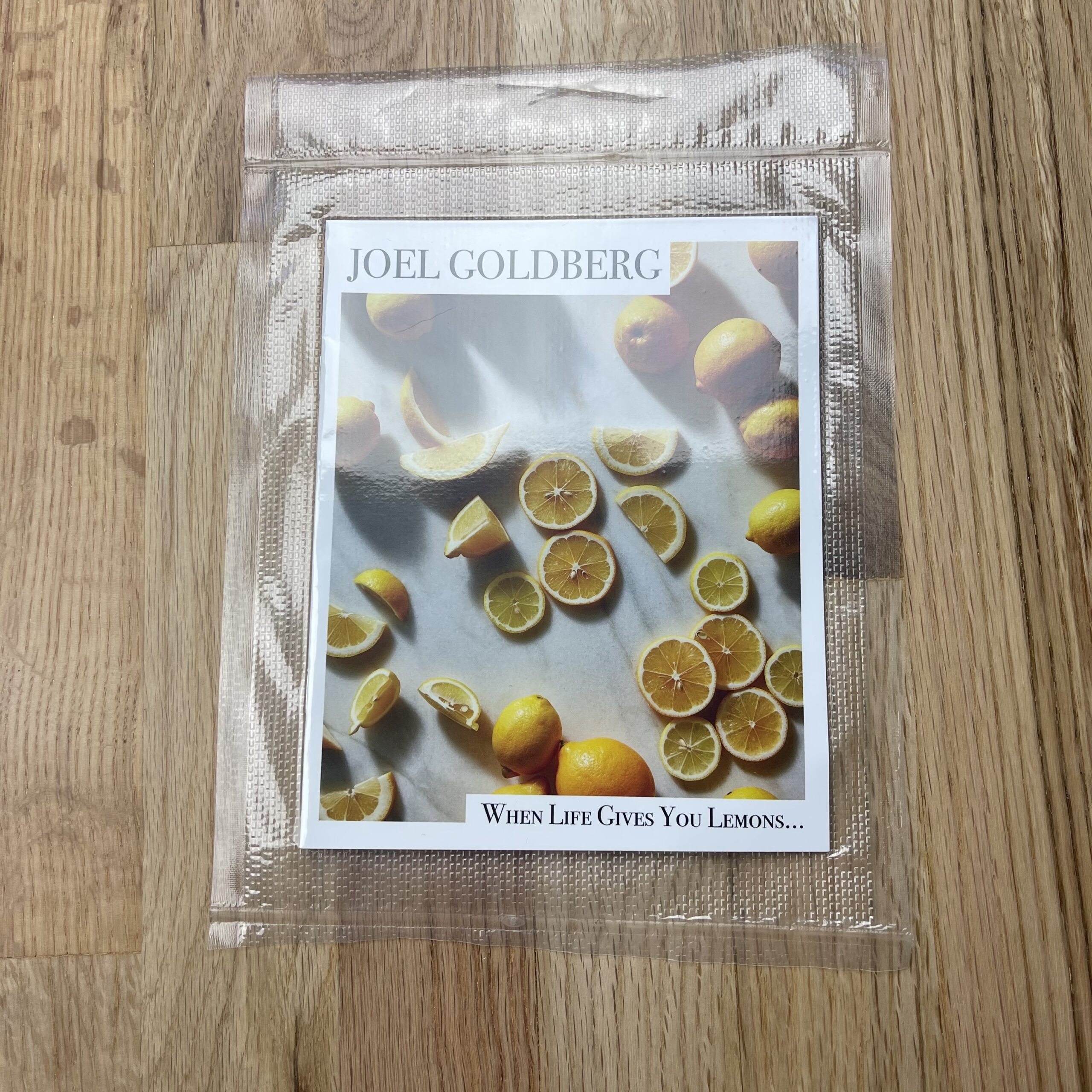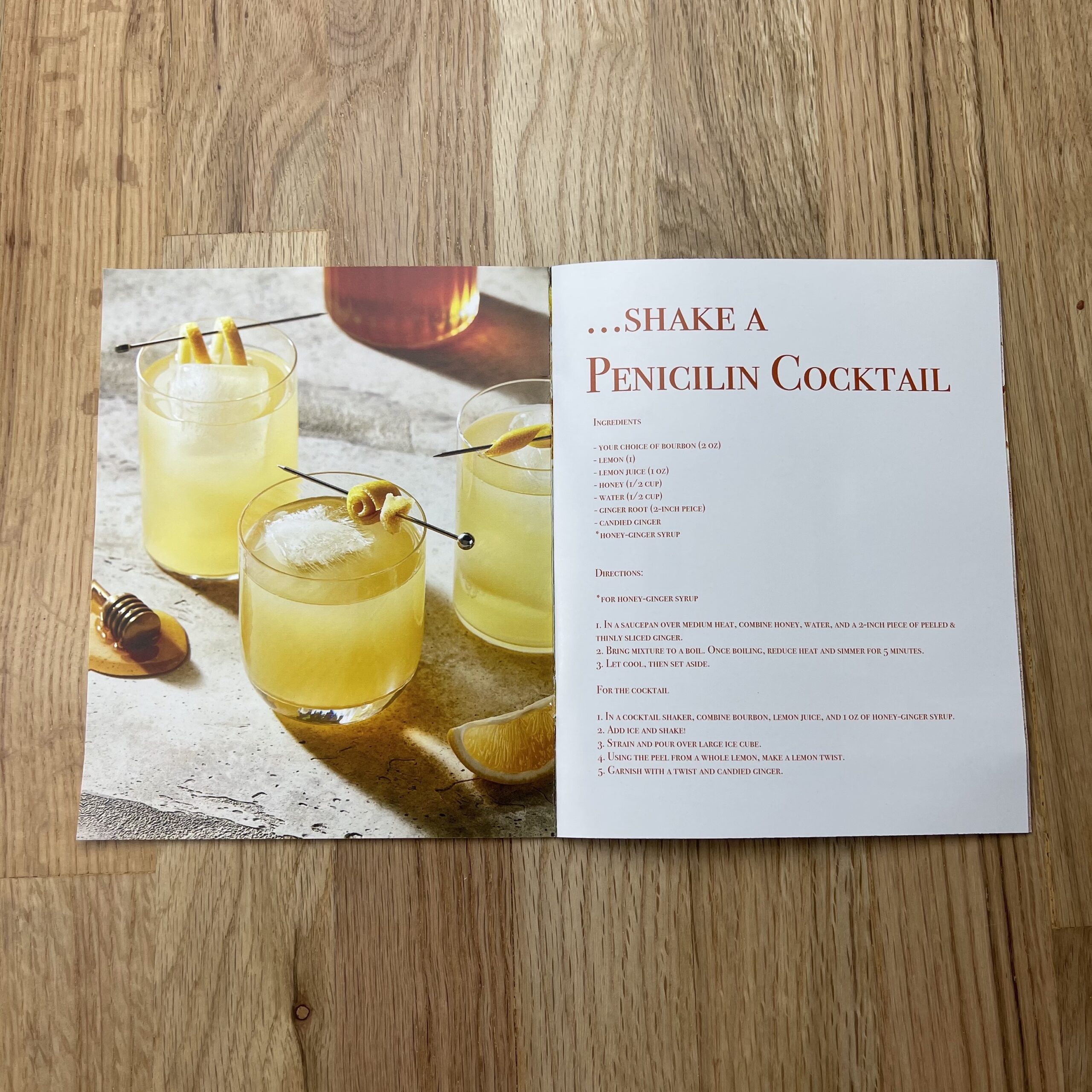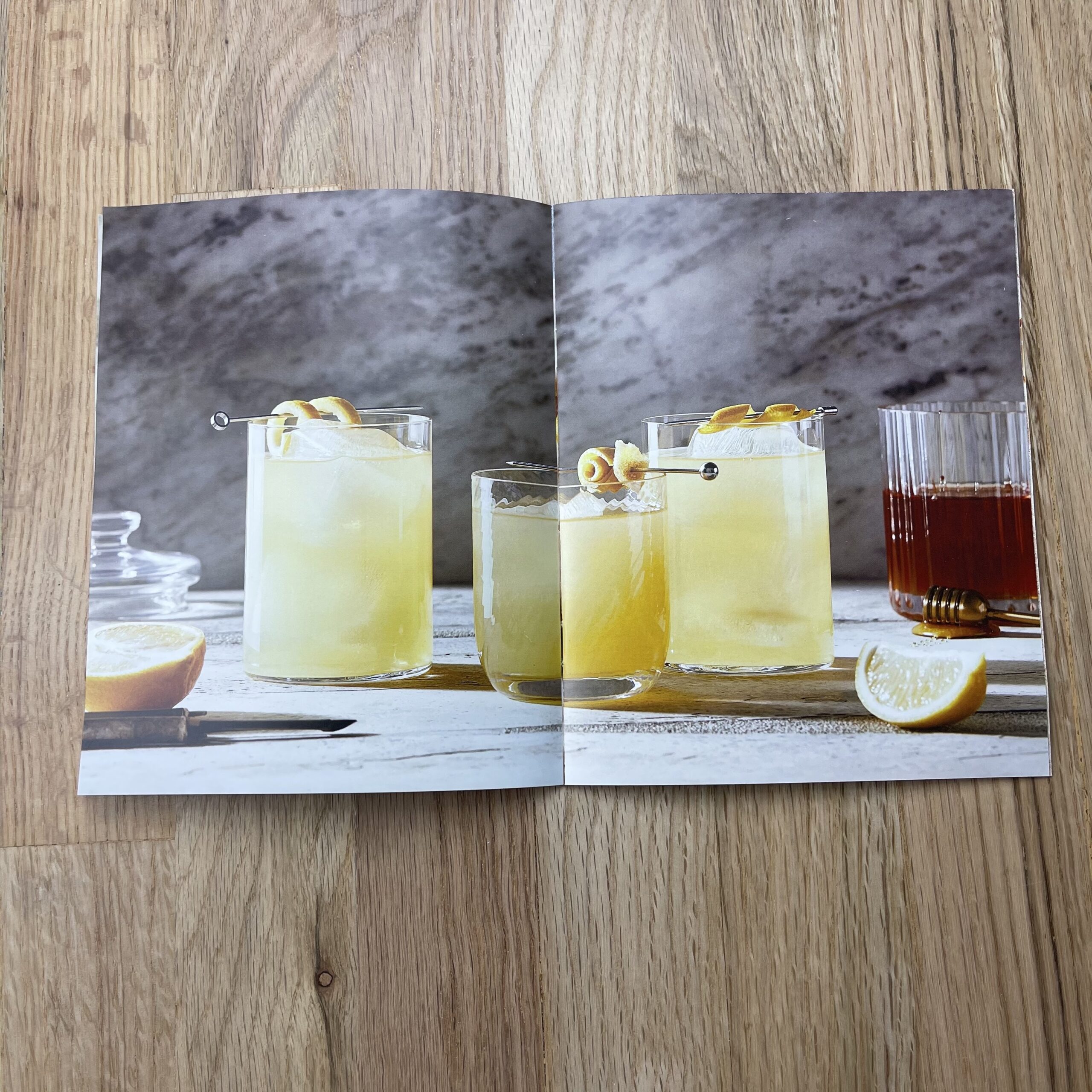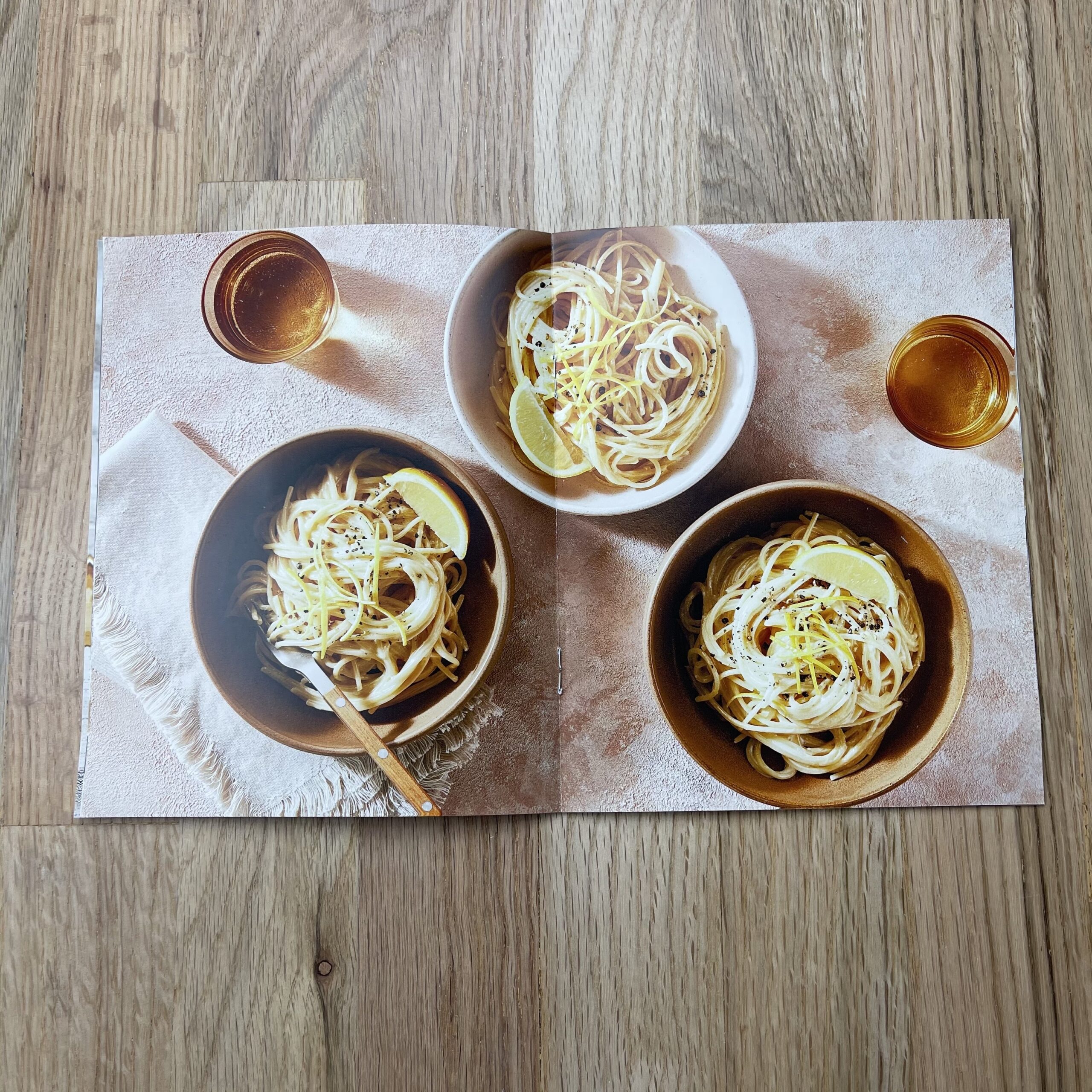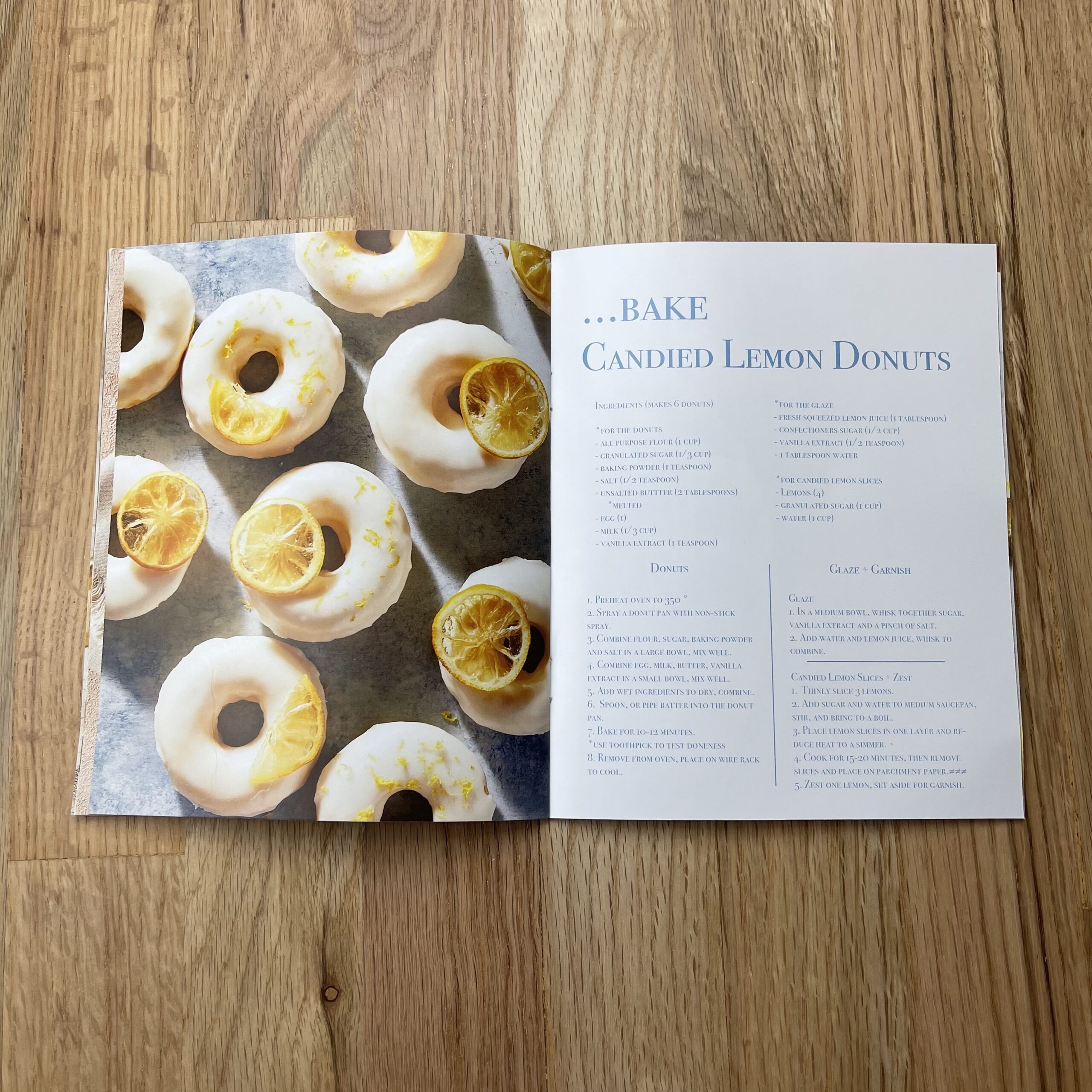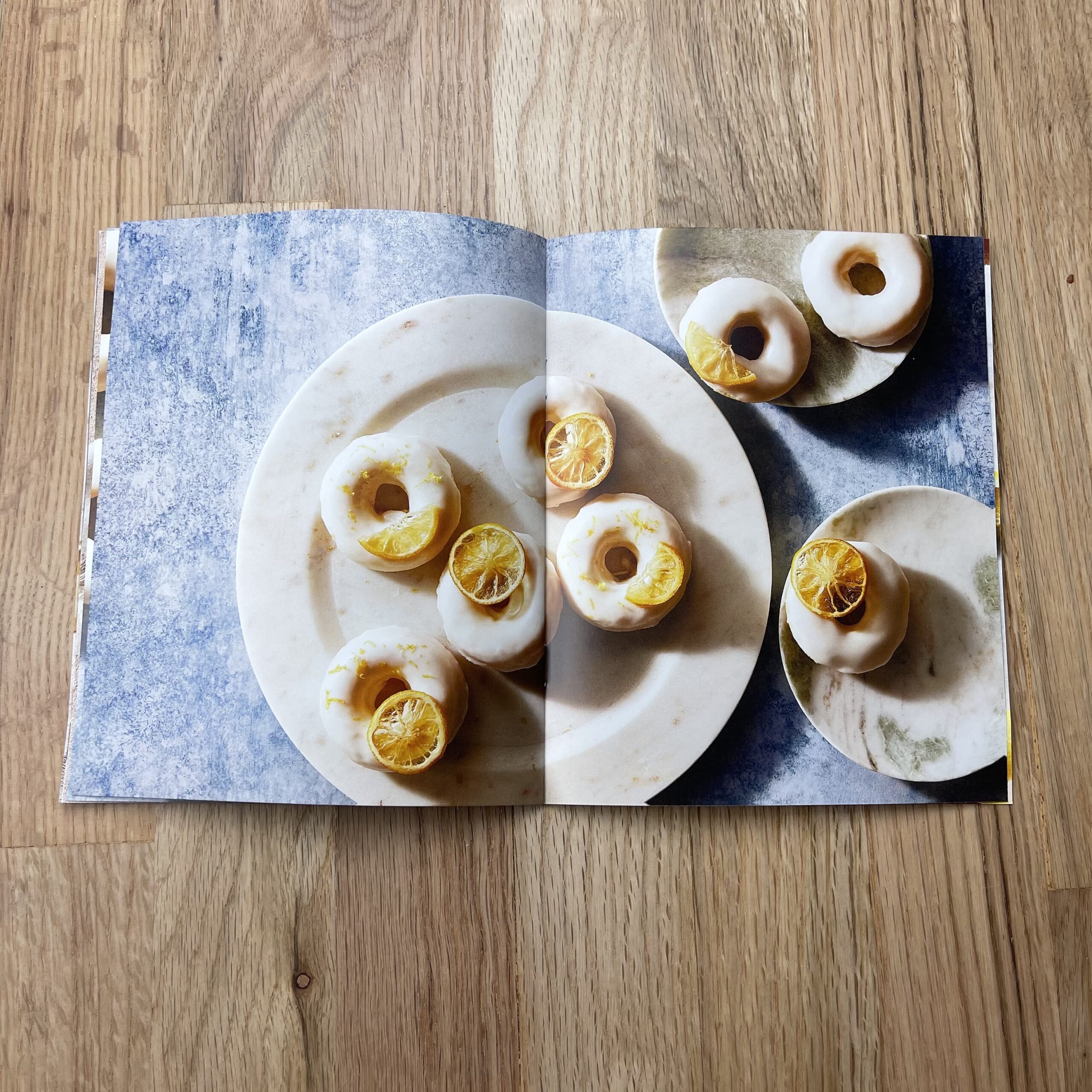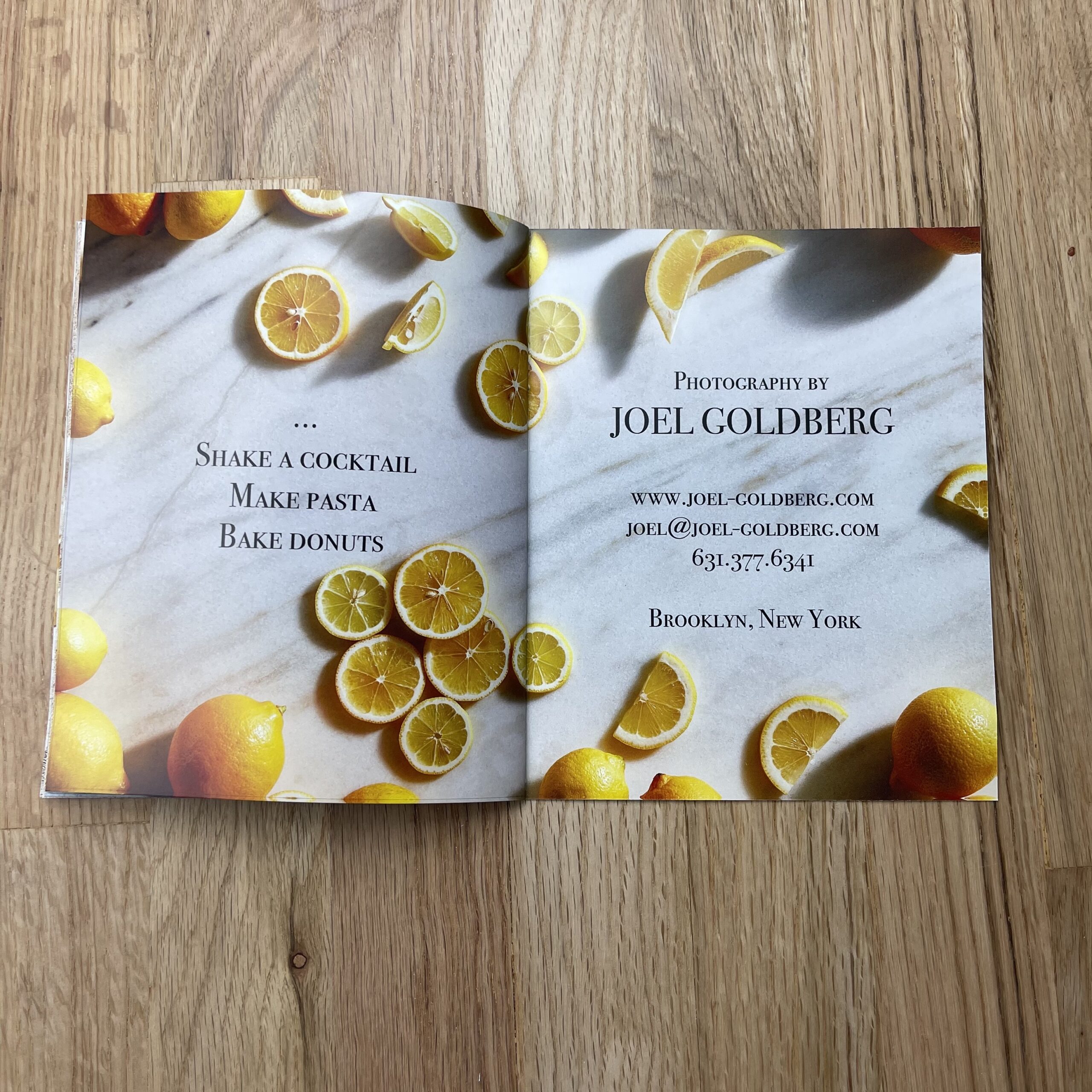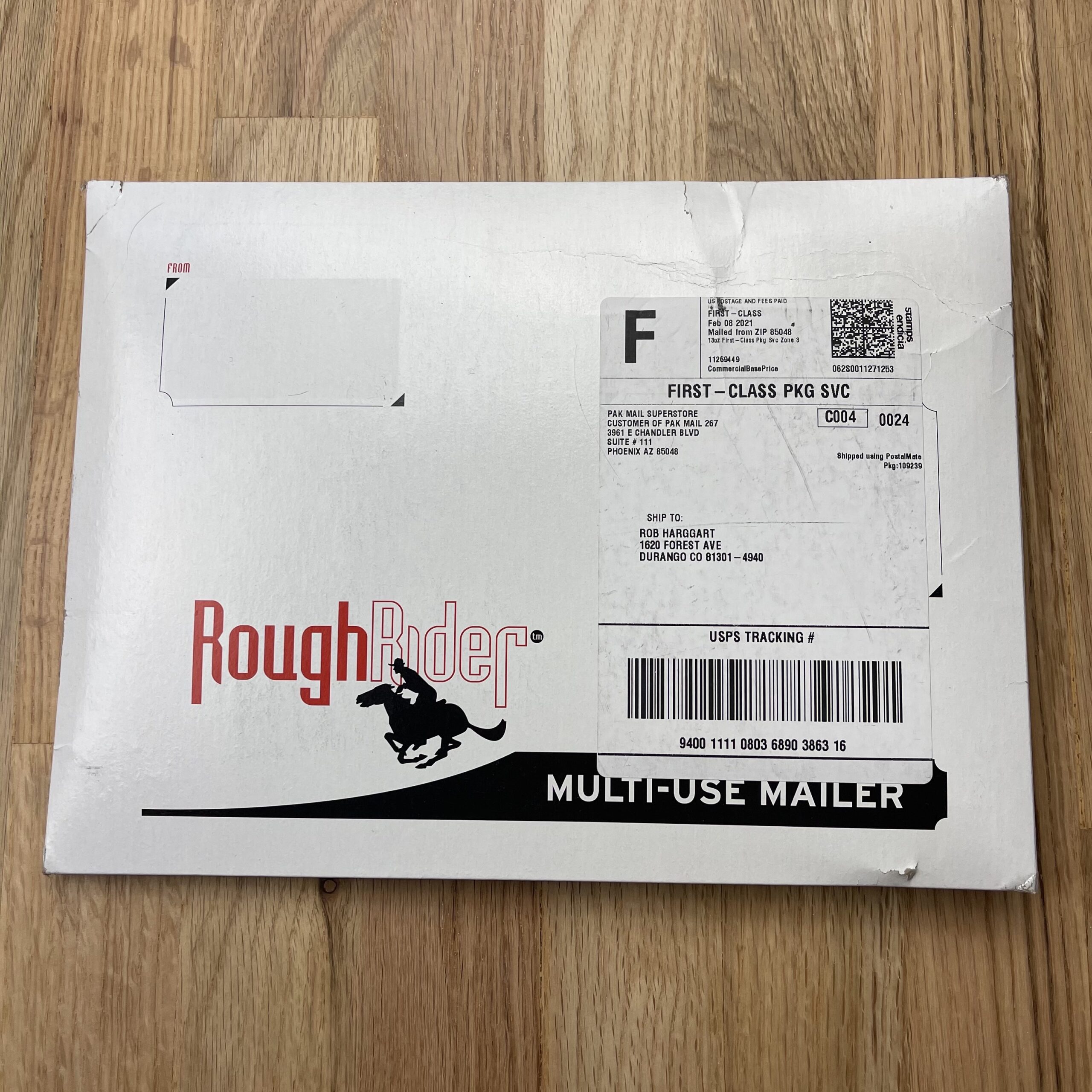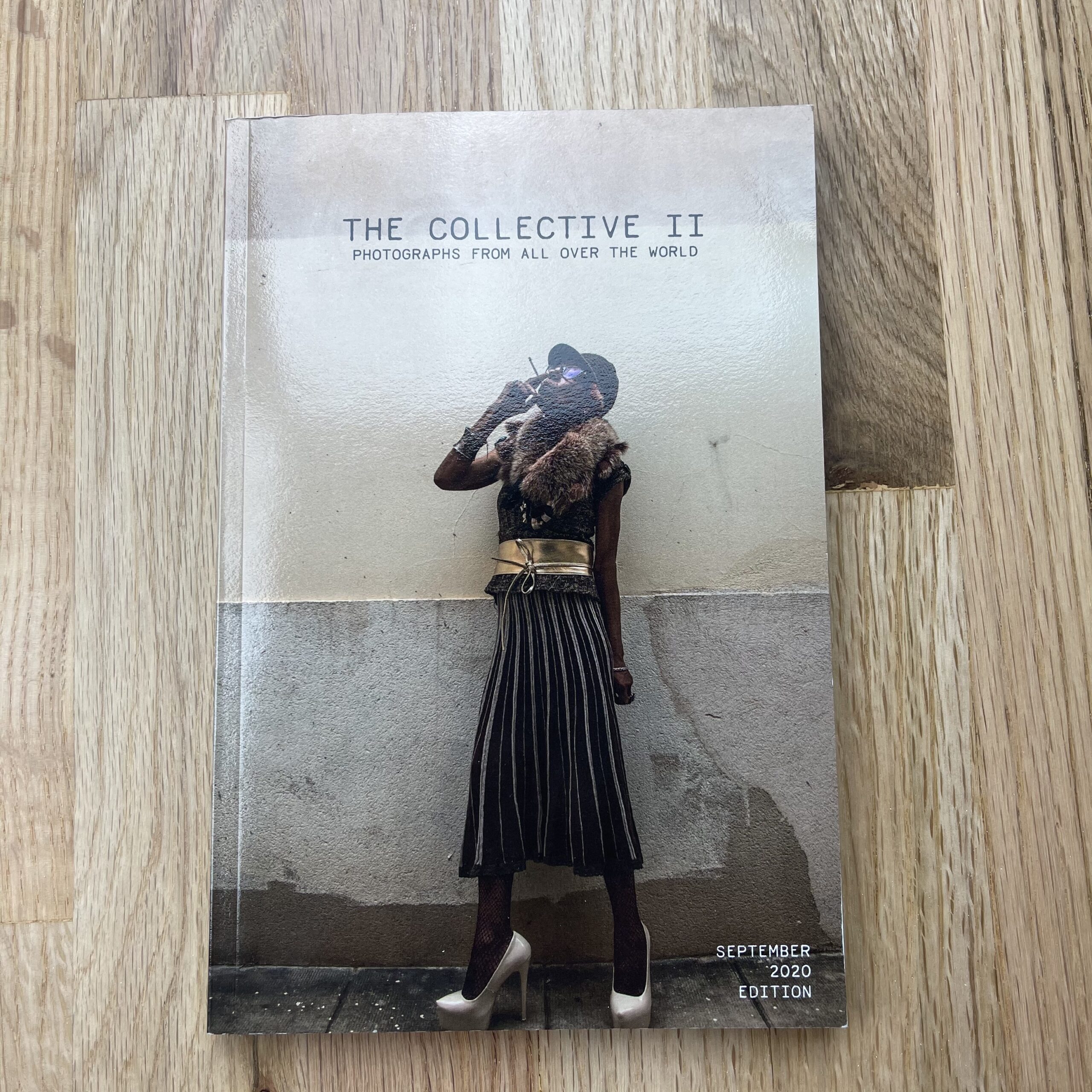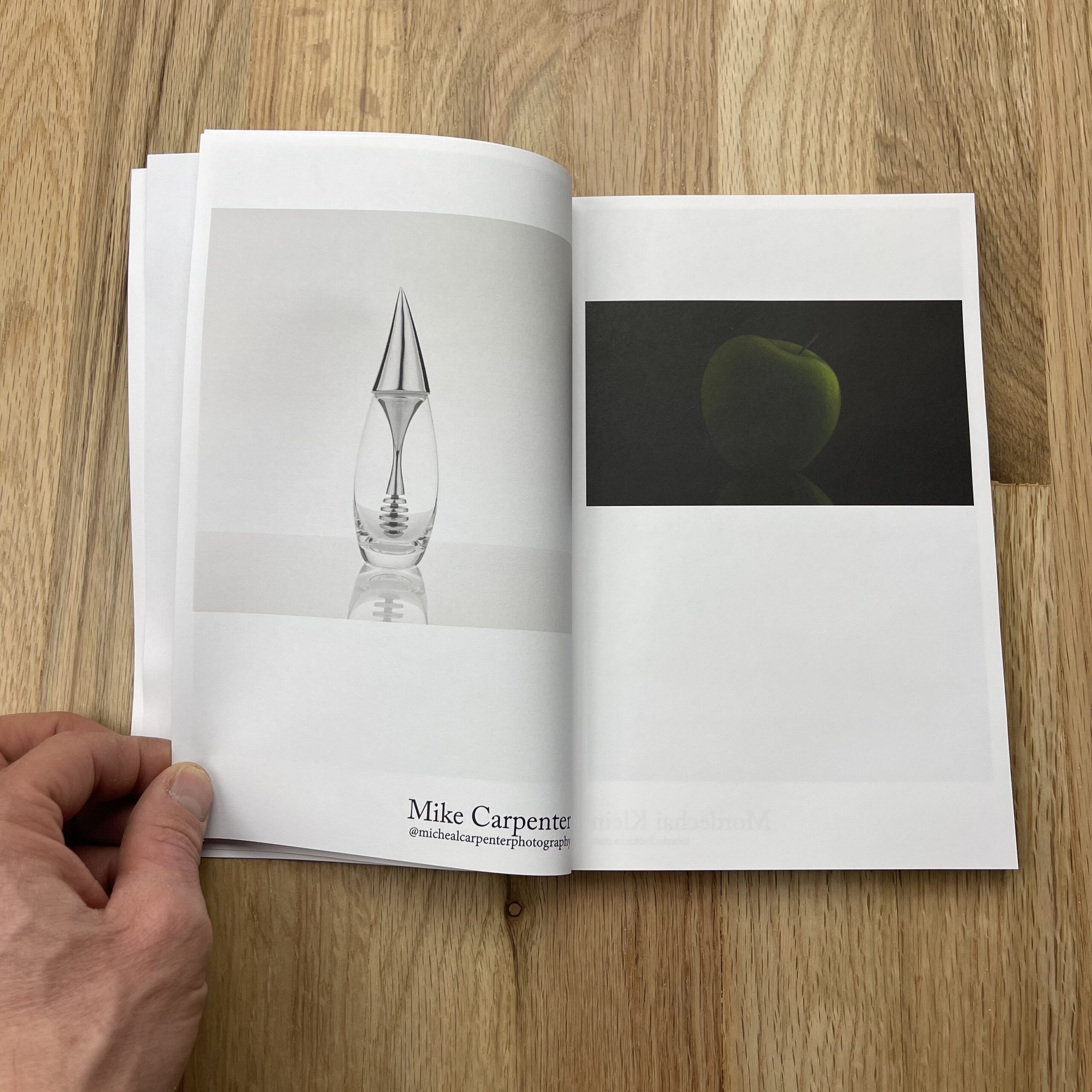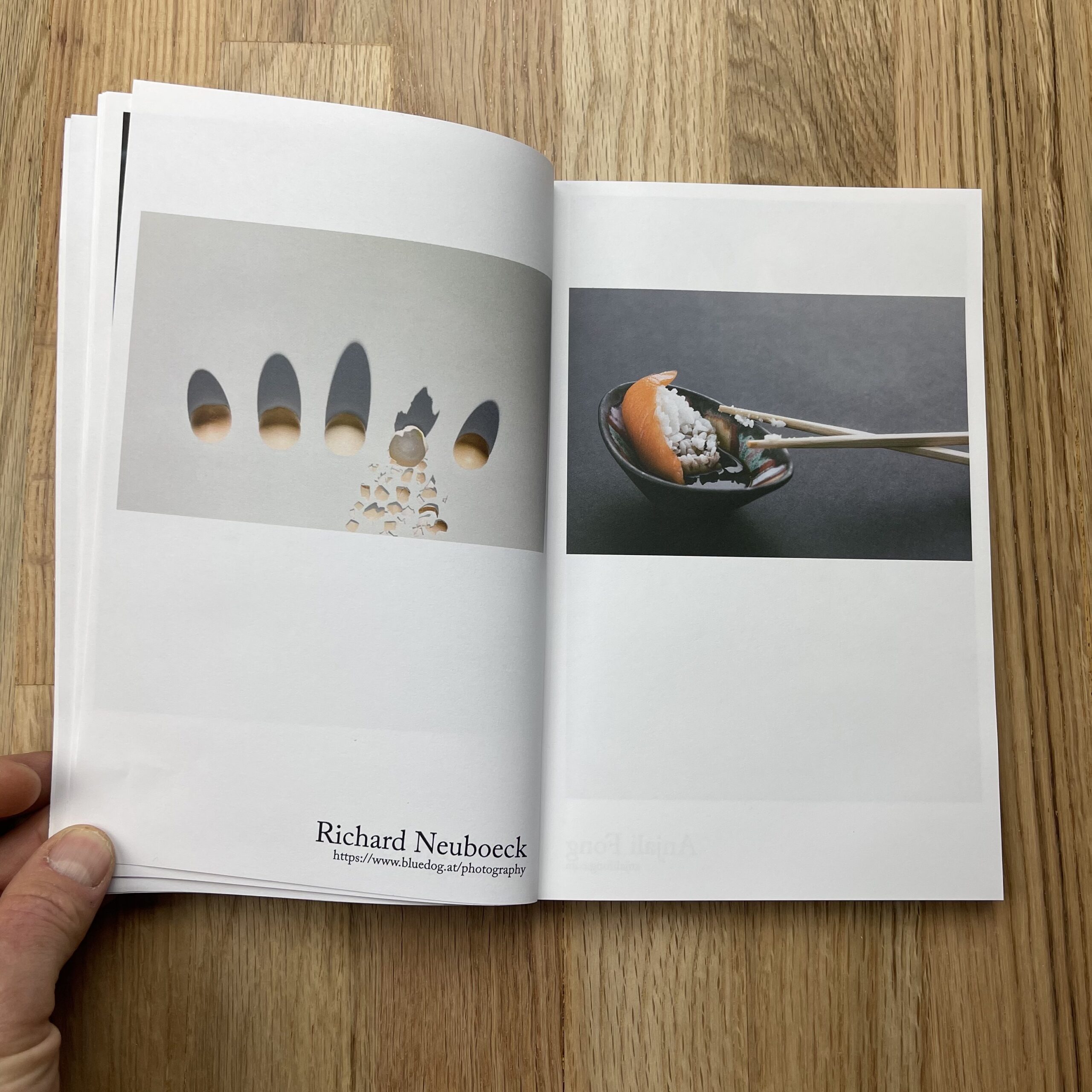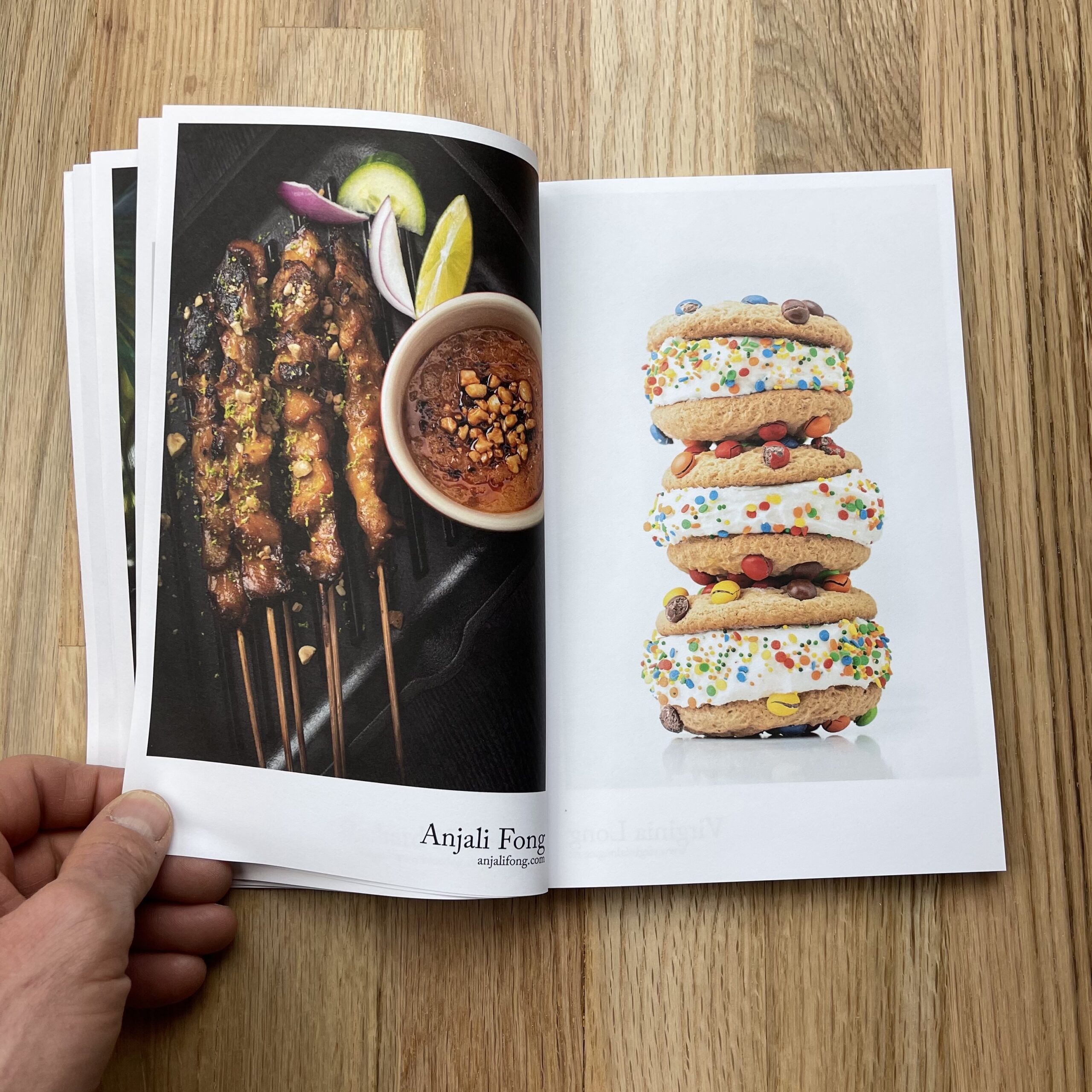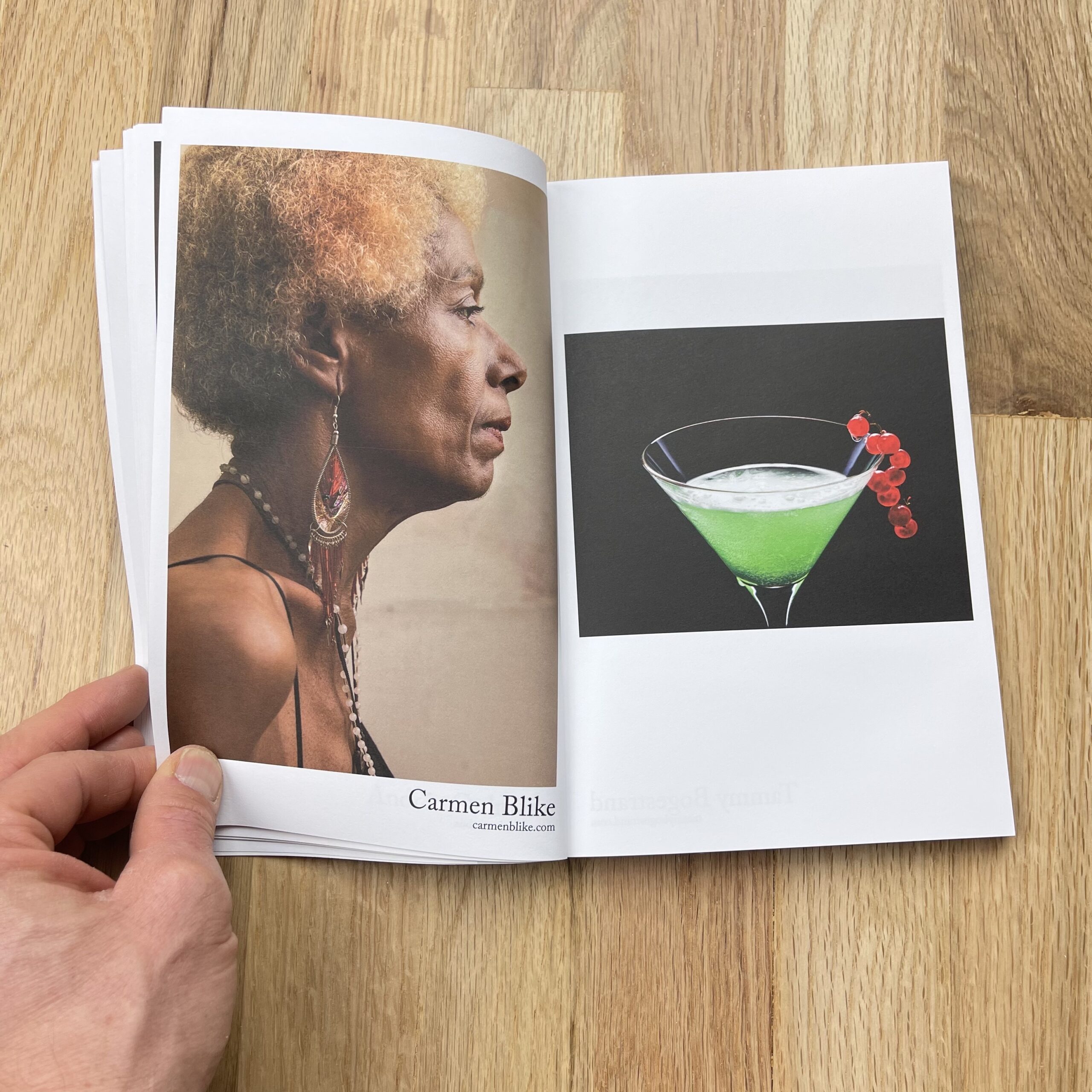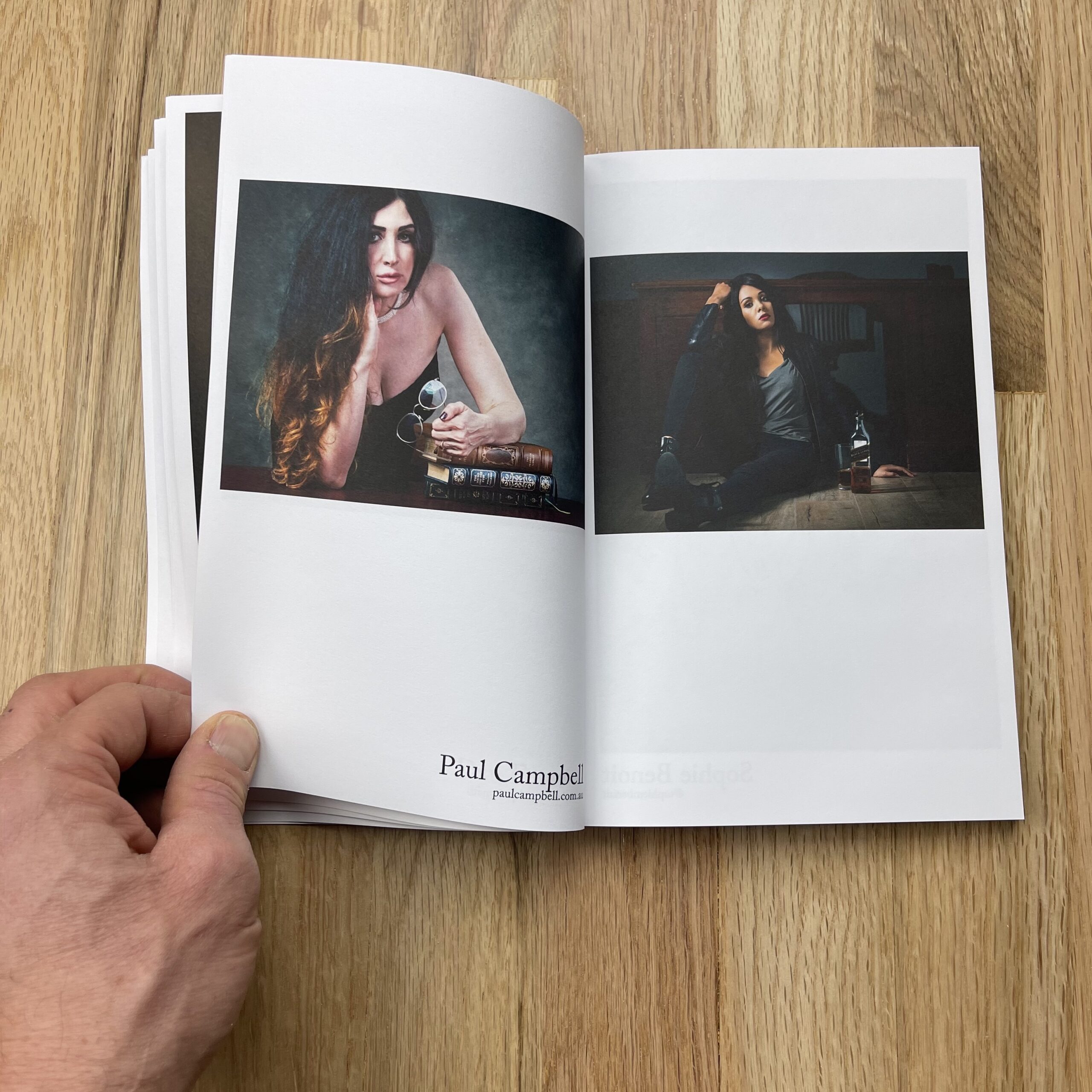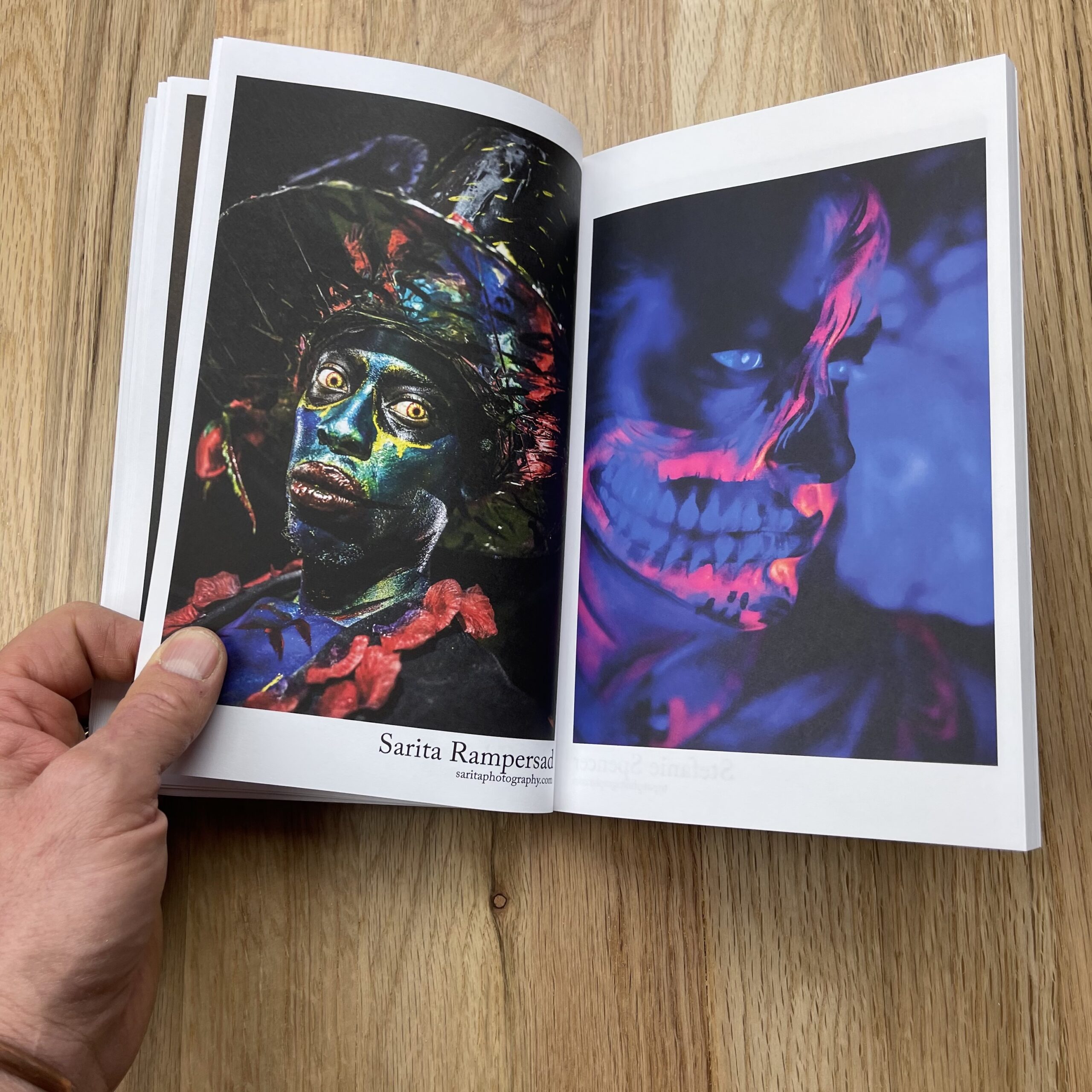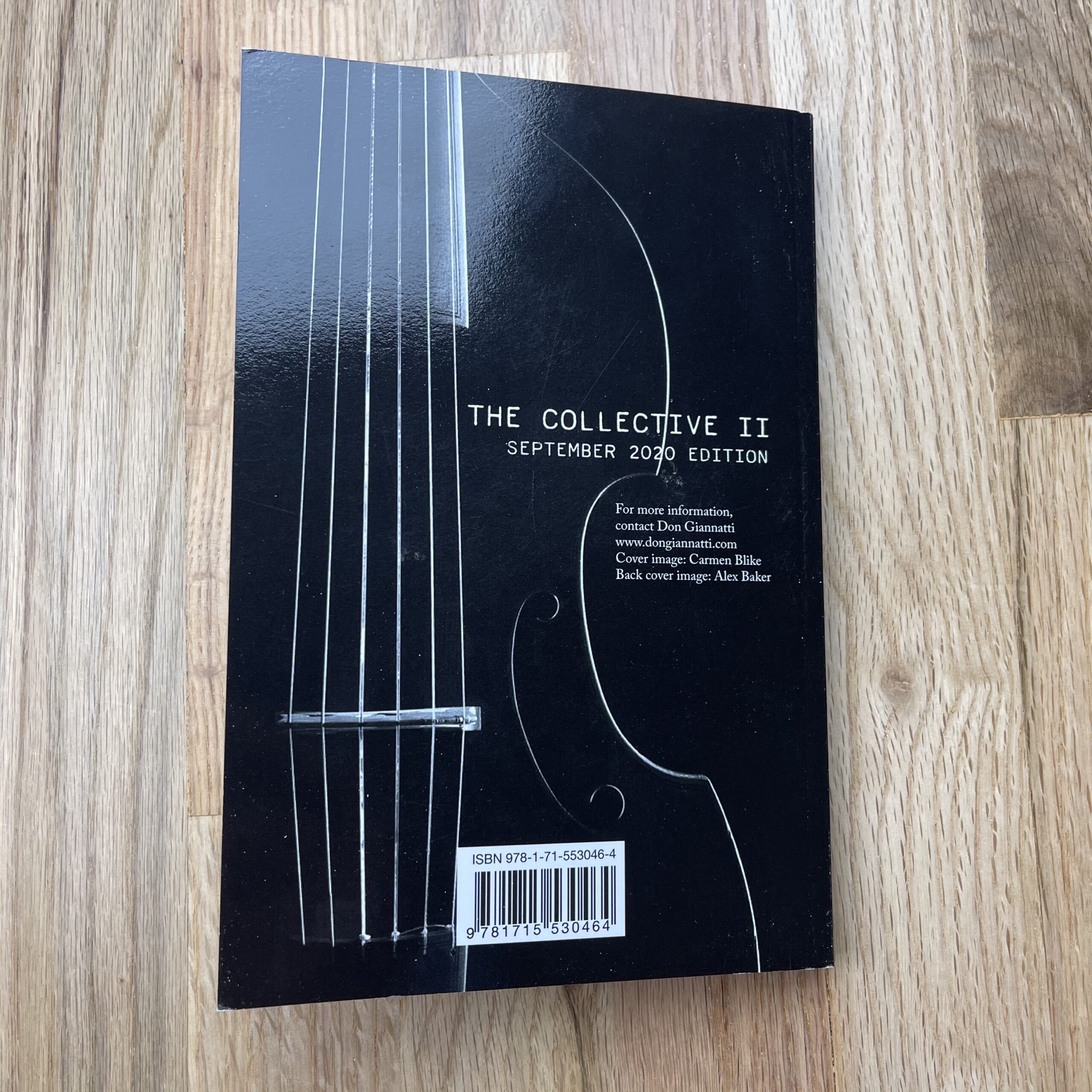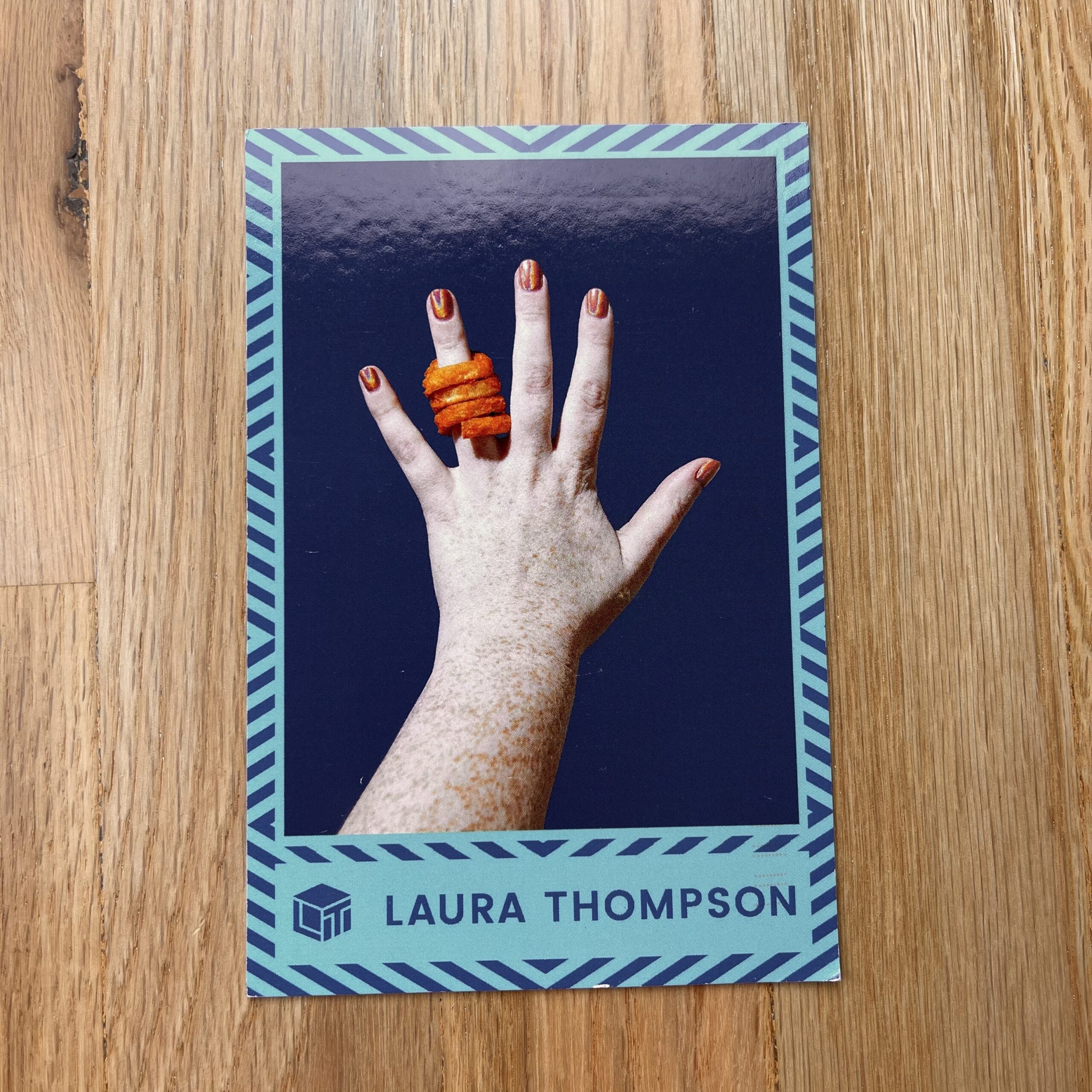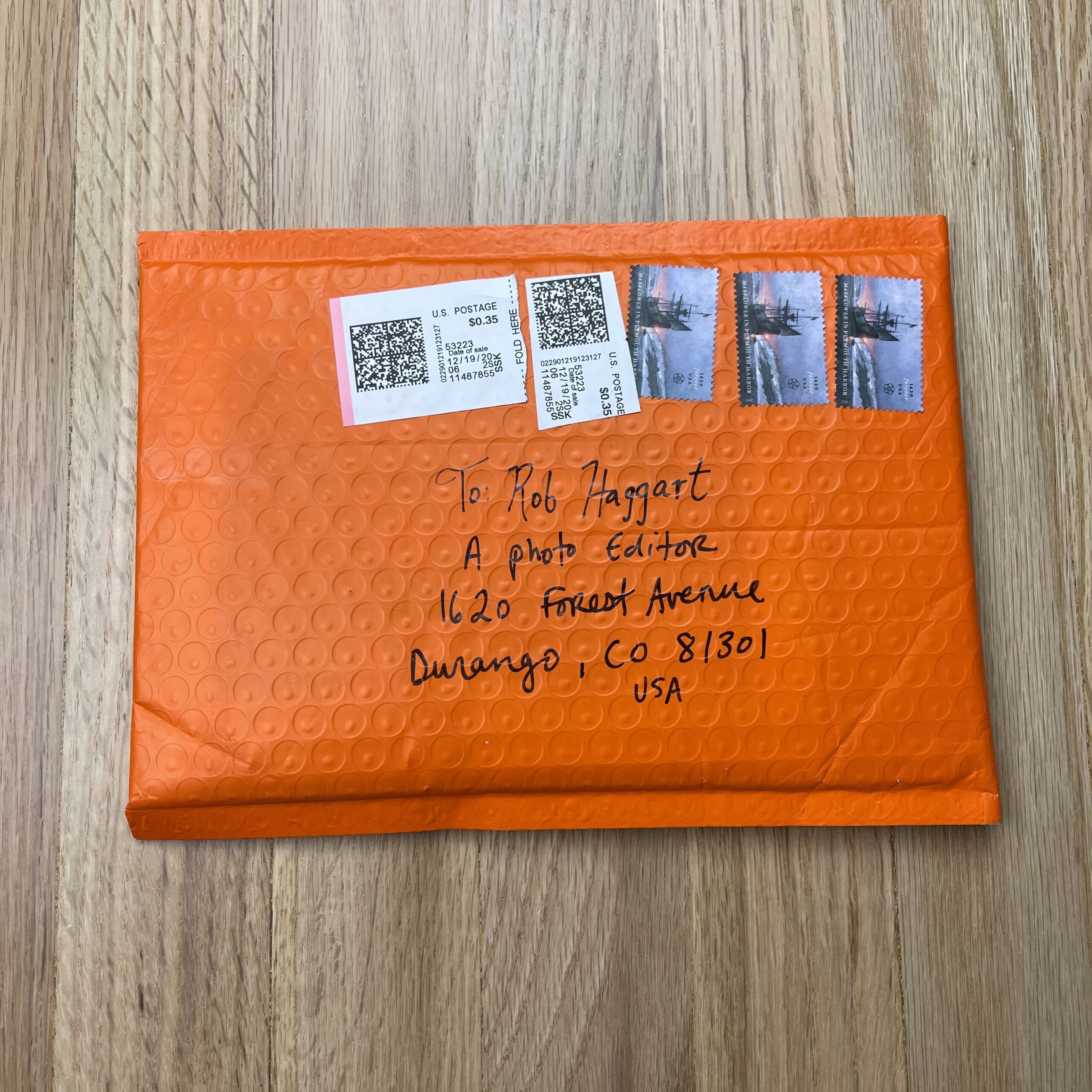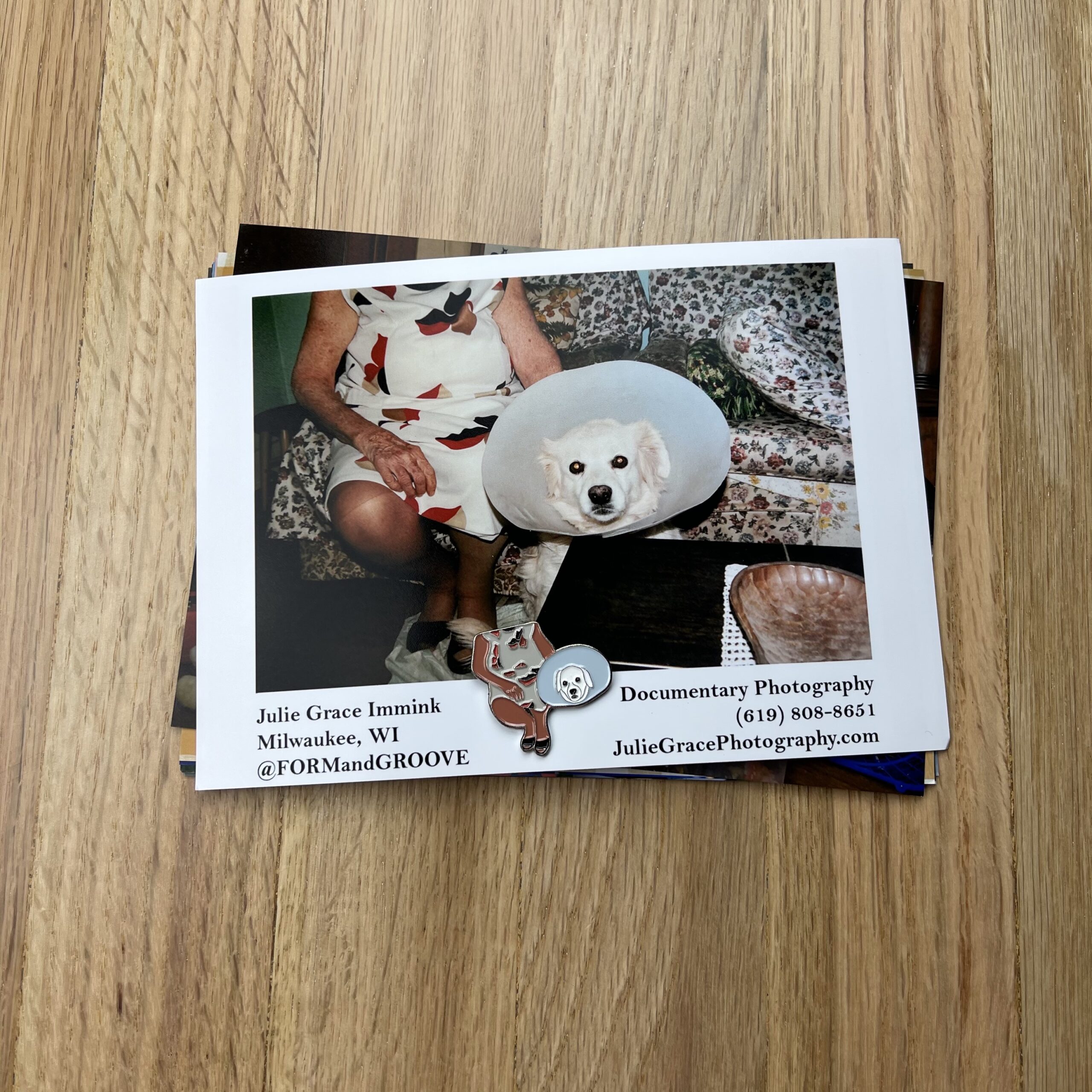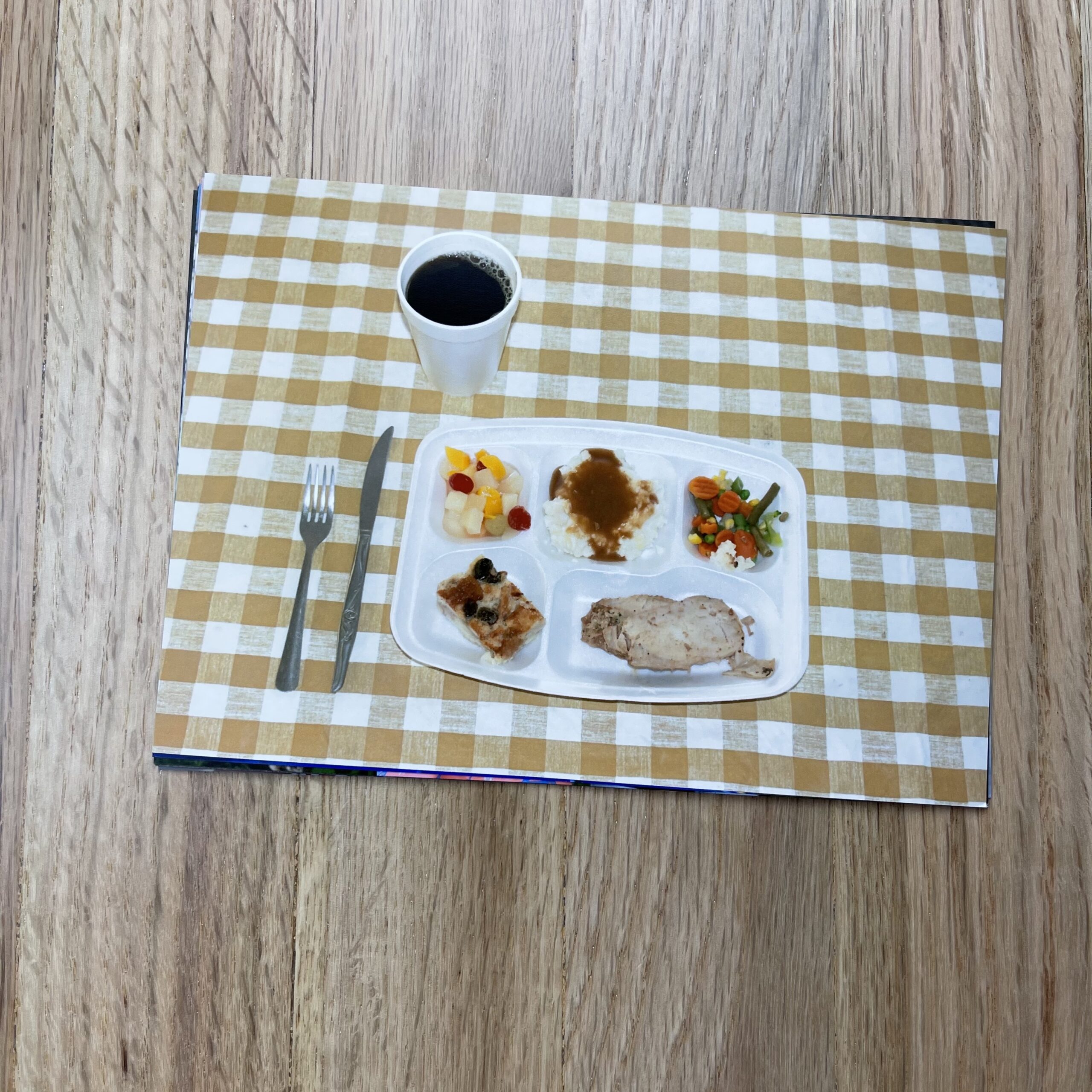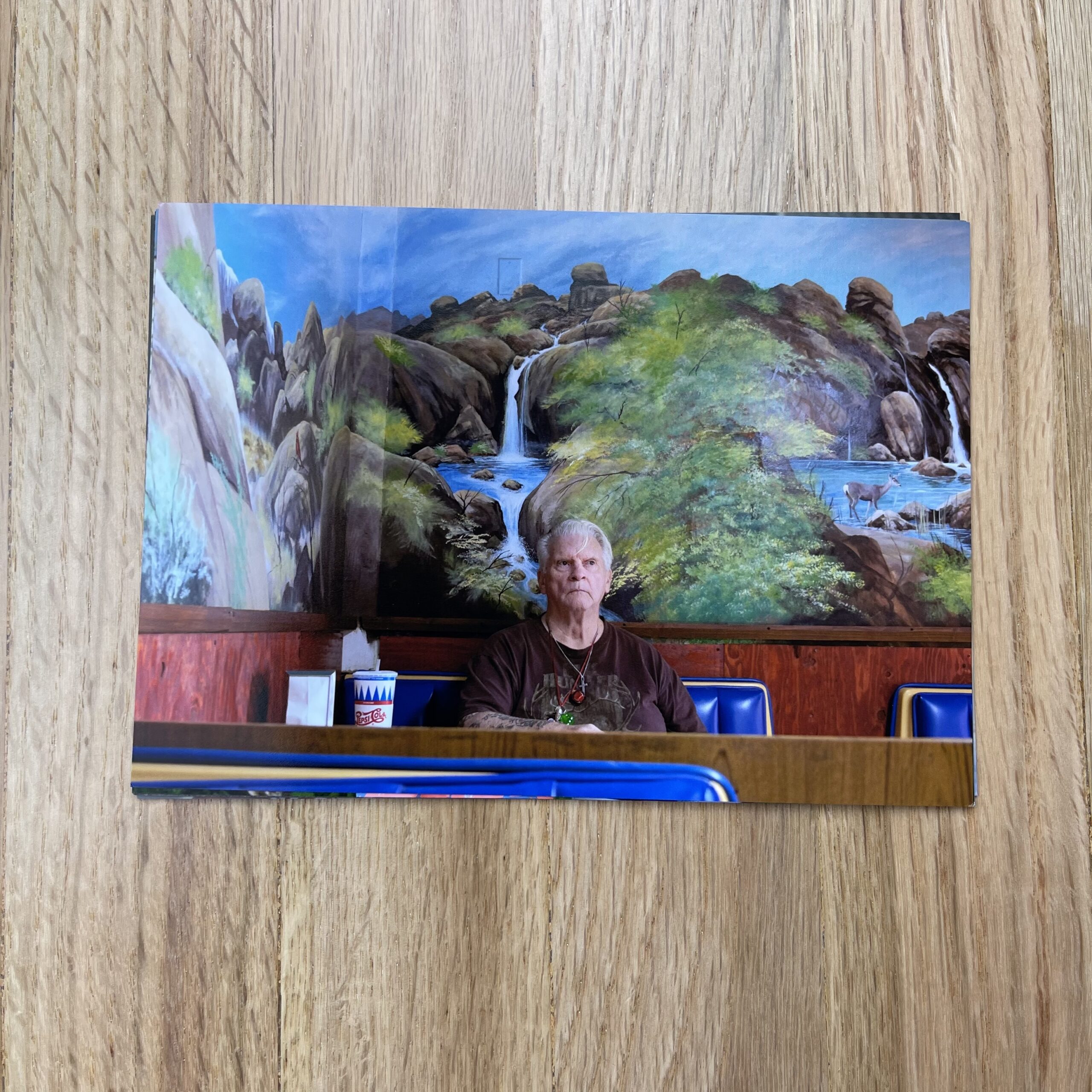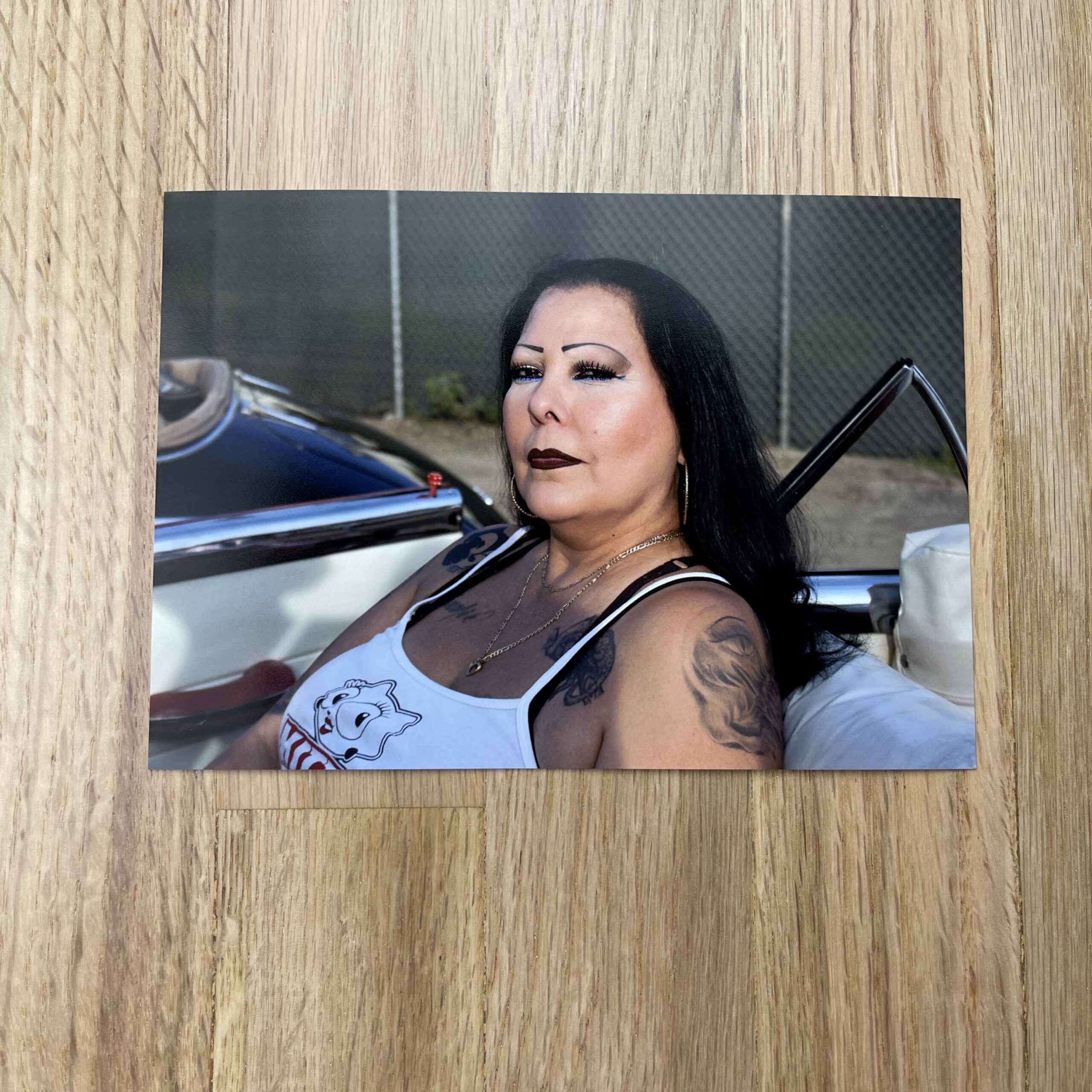By Bryan Sheffield, Wonderful Machine
Concept: Environmental Lifestyle & Architecture images featuring hired talent using client space(s)
Licensing: Unlimited use, excluding broadcast, of all images captured for three years from first use
Photographer: Lifestyle & Architecture specialist
Client: Mid-sized Regional Hospitality Brand
Here’s the initial estimate:
Fees: The agency contacted the photographer to put together an estimate for a three-day shoot featuring talent interacting at the client’s property to showcase the location’s uniqueness, amenities, and aesthetics. The agency provided us preliminary scouting images and a creative brief and wanted to see an estimate for both stills and video, as well as robust production to include talent and styling.
Deliverables initially included up to 20 final still images and a two-minute video edit. The client had requested unlimited use excluding broadcast. We priced each image around $500, plus $8,000 for a director fee and video usage, based on the client’s intended use of the content — primarily on client web and social media platforms — and possible regional advertising. While we would’ve liked the fees to be higher, the client didn’t have a media buy plan and we got some pushback from the agency on higher creative/licensing fee rates within their budget guidelines.
Crew: Given the nature of the project, I included a producer as well as a production coordinator to help schedule the days and hire/manage the rest of the crew and styling team. We added a skilled camera operator/Director of Photography along with a first assistant for stills, a gaffer for the motion team, and a second assistant to swing. Both the DP and first assistant would accompany the photographer on the tech/scout to help inform the lighting and equipment needs within each location. We added a digital tech/media manager to handle the files on set. These rates were appropriate for the given market; the digital tech’s day rate included a $700 fee plus an additional $650/day for their workstation.
Equipment: We included $7,500 for cameras/grip/lighting, $700 for hard drives, and a modest fee to cover production needs like tables, chairs, steamer, wardrobe racks, etc.
Casting & Talent: We included $2,000+20% per talent for up to 15 people to be used over the three shoot days. We also added a $2,400 casting fee for the director and producer to take on the casting, which was to be a mix of friends/family and professional talent.
Styling: We included a hair/makeup stylist plus an assistant, a wardrobe stylist plus an assistant, a prop stylist (who would also attend the scout) plus an assistant, and appropriate wardrobe costs based on the talent, scenes, and creative direction with a TBD caveat pending final creative plans.
Meals: We estimated $5,610 for catering and craft services based on $85 per person, per day.
COVID Safety: We included three days for a COVID compliance officer, plus a PPE budget advised by the CCO. Our CCO would arrive each shoot day with a screening questionnaire, check everyone’s temperature each morning, and monitor the set throughout the day with cleaning and guidance for craft services and meal breaks. We would have all crew/talent/agency PCR Covid tested before the shoot days and included $130/test x 27 anticipated people as the cost for doing this.
Misc.: We included insurance costs for the director to cover their premium — pending any additional client insurance requirements — as well as a line item to help offset parking, possible additional meals/craft, and any other small needs that would arise during the week.
Post Production: We included $1,000 for the photographer to perform a basic cull, curves/color correction, and provide a gallery of their selects. Simple retouching for up to 20 images was estimated at one hour per image, with a TBD as a caveat, to be based on final agency creative notes. The photographer would be doing all retouching at a $125/hr. rate. Video editing was estimated at $3,500, with a “TBD” added that this would be pending final client/agency creative notes and revisions.
Feedback & Revisions: As we’ve seen more and more lately, when the initial RFP (request for proposal) came to us, the agency had not yet sold the project to the client. This estimate was being used alongside the agency creative to have the client sign off on the project. This isn’t ideal, as we’ve seen photographers jump through hoops just for a project to never get off the ground. With that said, as the client conversations continued, there were quite a few adjustments to the creative plans and costs and, as a result, our estimate was revised a number of times over several months.
As the shot list grew, the on-set days increased to four and the talent needs expanded to hired professionals — though a decreased quantity. With a casting agent present, we added additional crew to our motion team, a drone operator for two days, and a props/set decorating team to help style the location. The post-production fees expanded to cover the additional images, video editing time, and an agency request for a colorist and audio licensing to be added.
While the shoot would be rather straightforward, the ten-hour shoot days would be stuffed and required a competent team with a concise plan. As stated previously, there was some pushback on our initial creative/licensing fee, but we landed not too far off and felt that a creative/licensing fee of $22,000 was fair. We previously had a fee for the director to attend a tech/scout day on the location, but with the increased SOW (statement of work), I added an additional $1,100/day fee for a few days of pre-production needs.
Our updated estimate still had the same tenets as the original, but the new needs increased the budget by more than $50,000 to the subsequent estimate below:
Results: The photographer was awarded the assignment, and the shoot is currently in post-production. It was a very successful project and the client and agency are very happy with the work created!
If you have any questions, or if you need help estimating or producing a project, please reach out. We’re available to help with any and all pricing and negotiating needs—from small stock sales to large ad campaigns.
